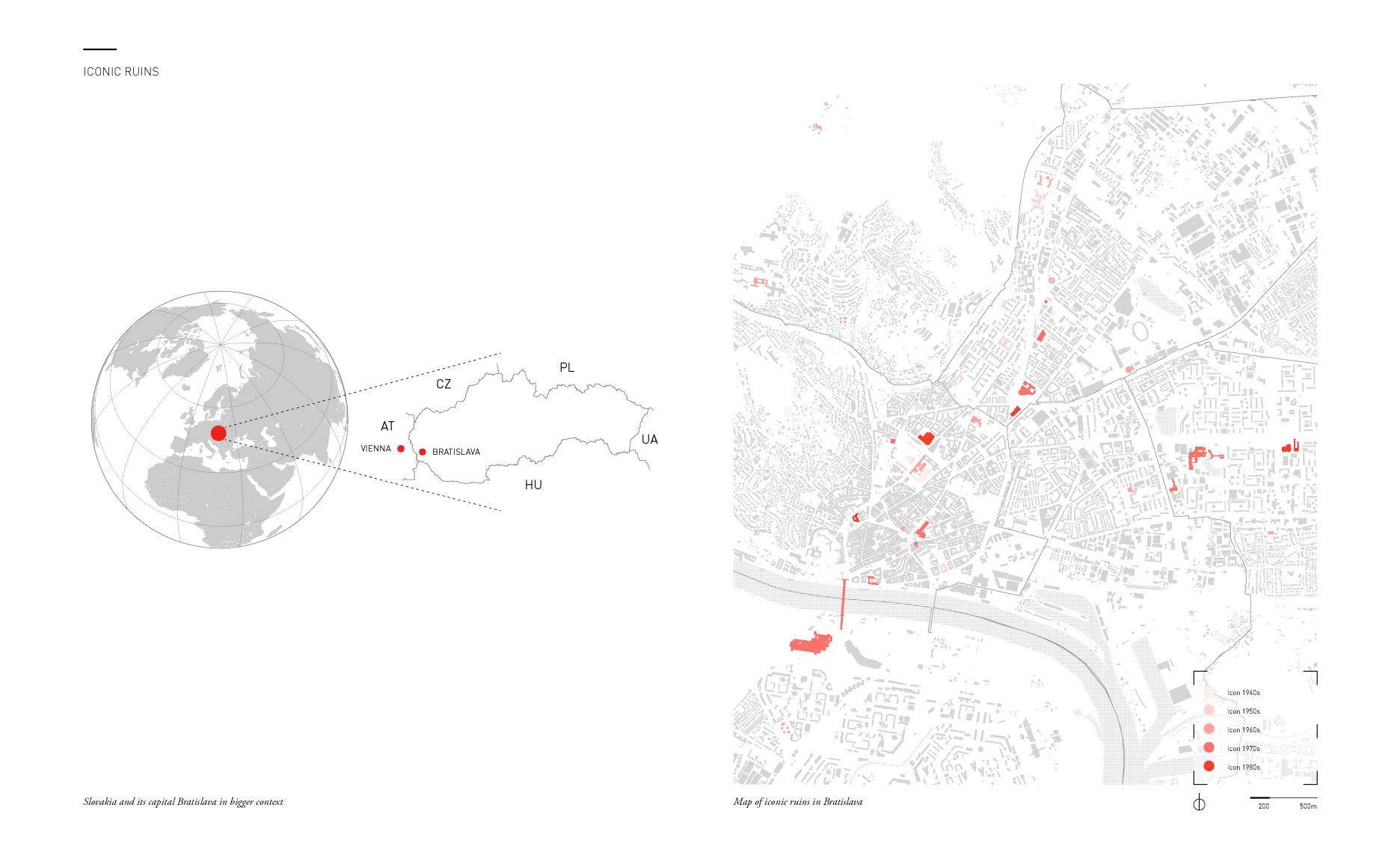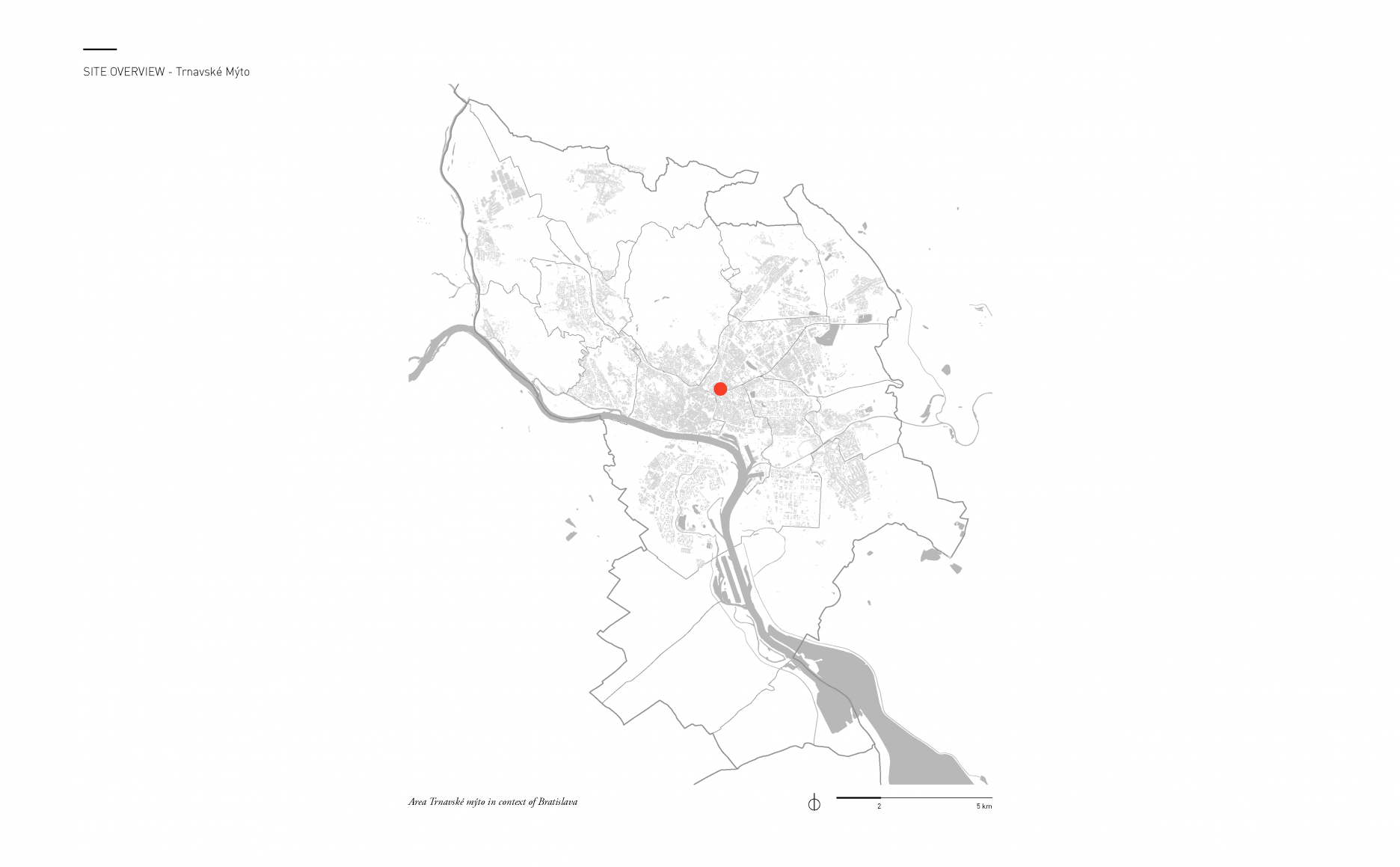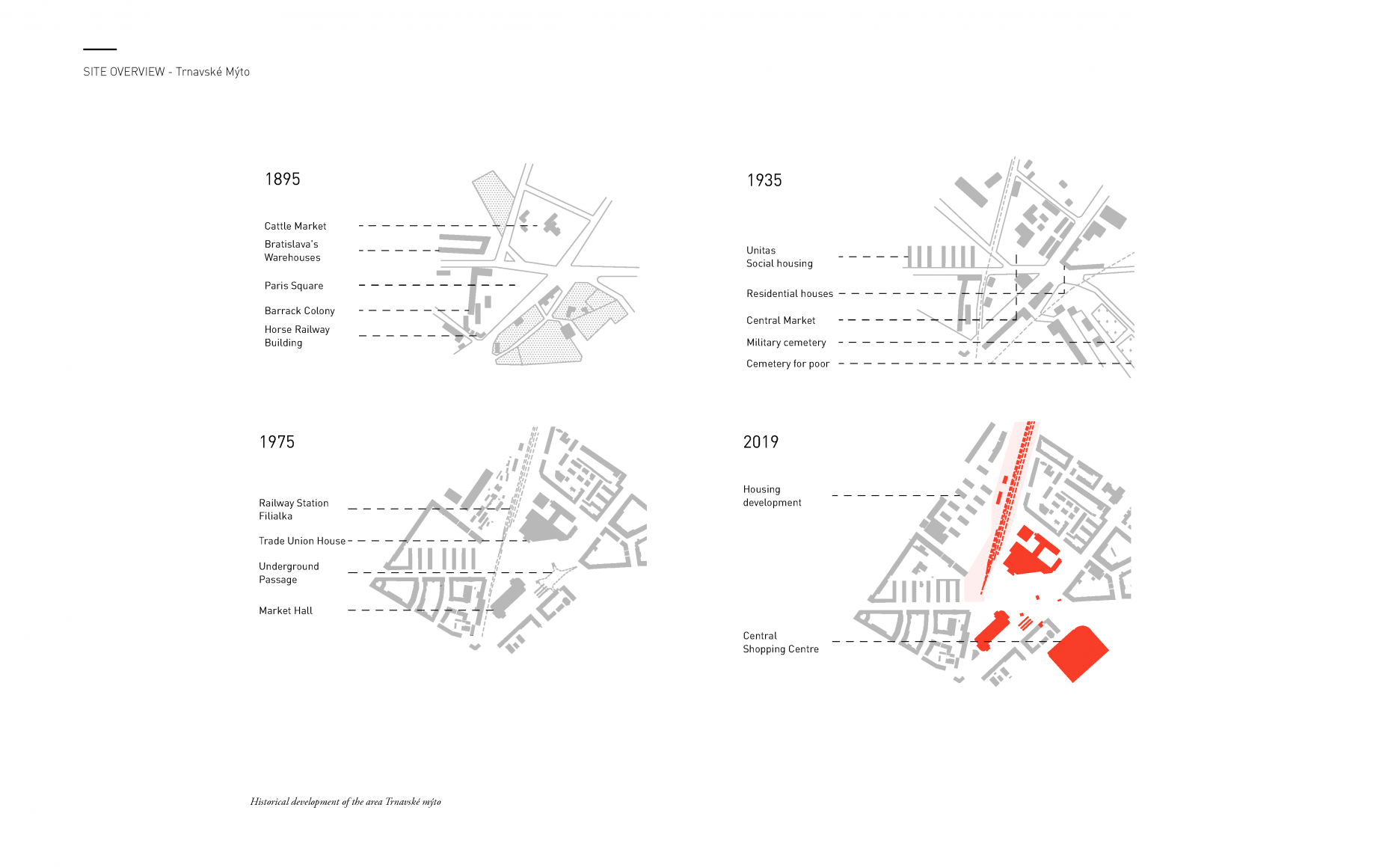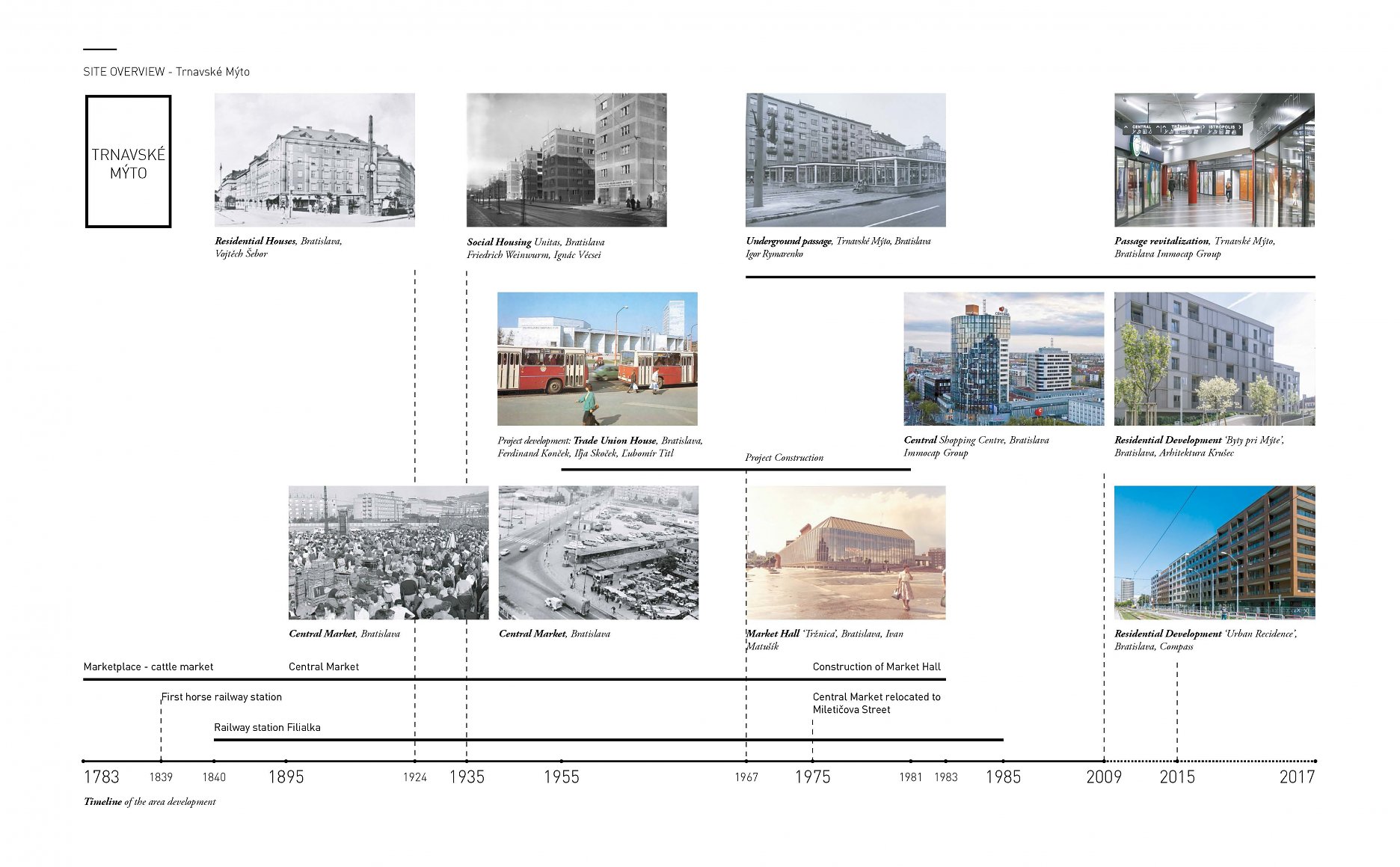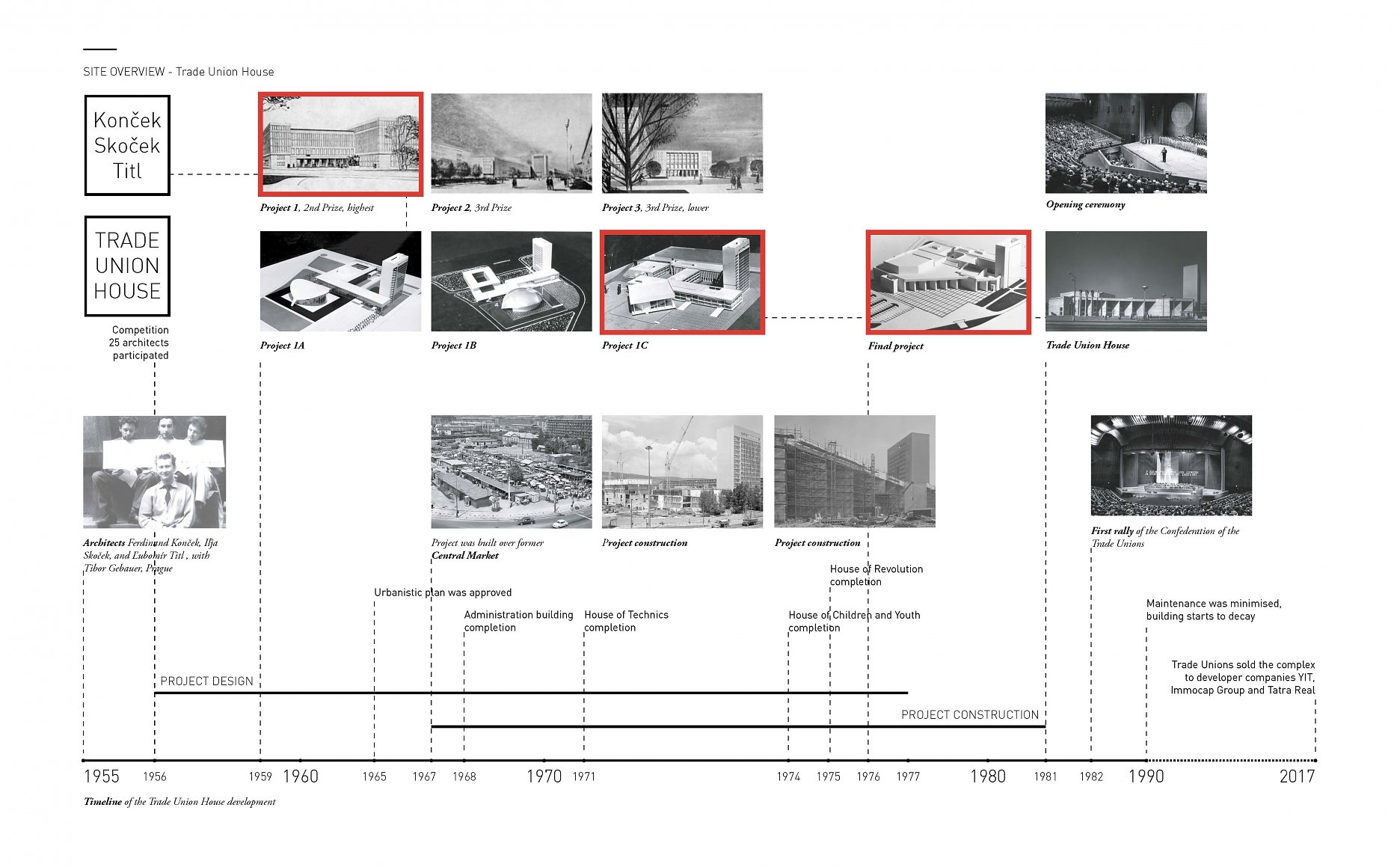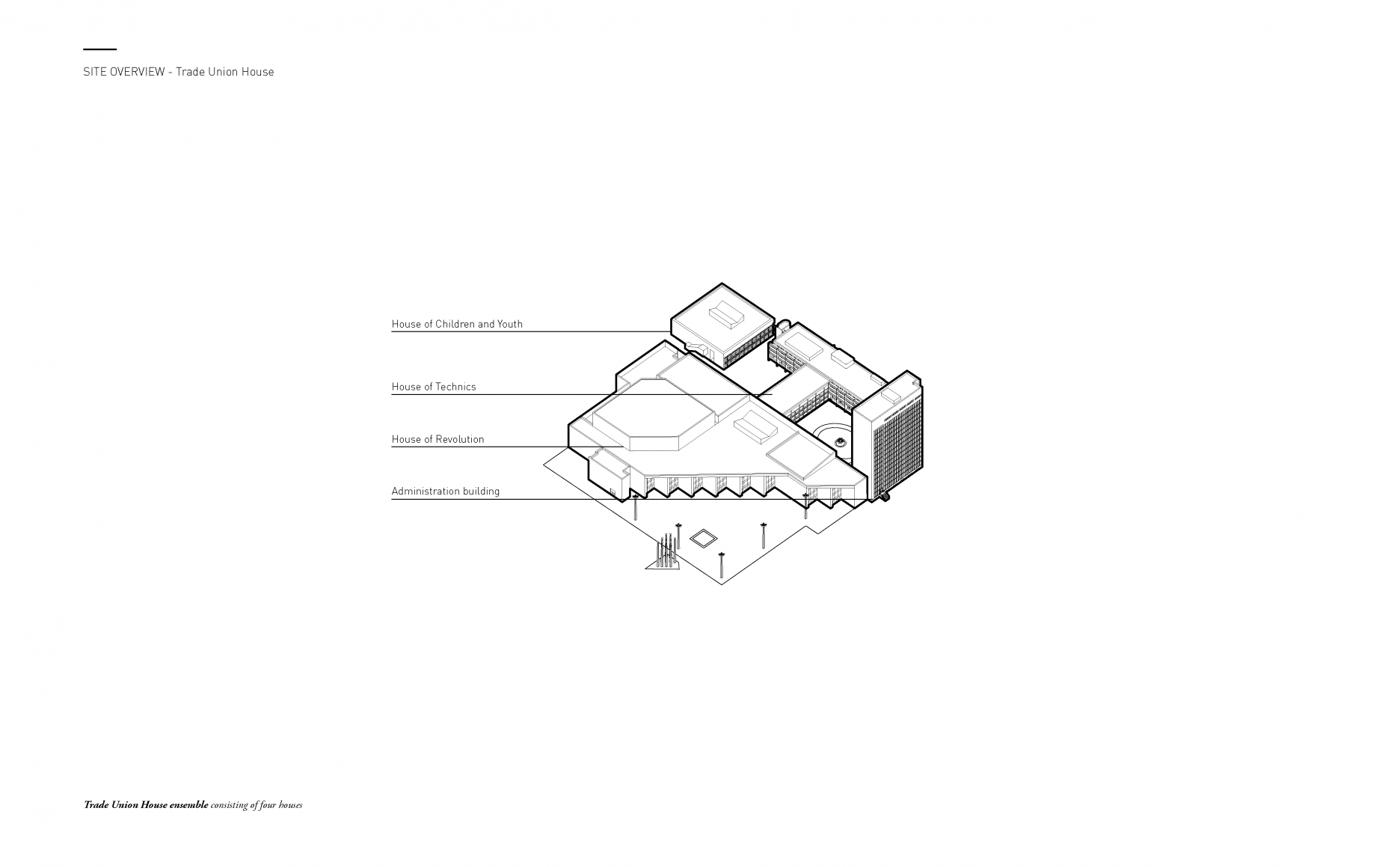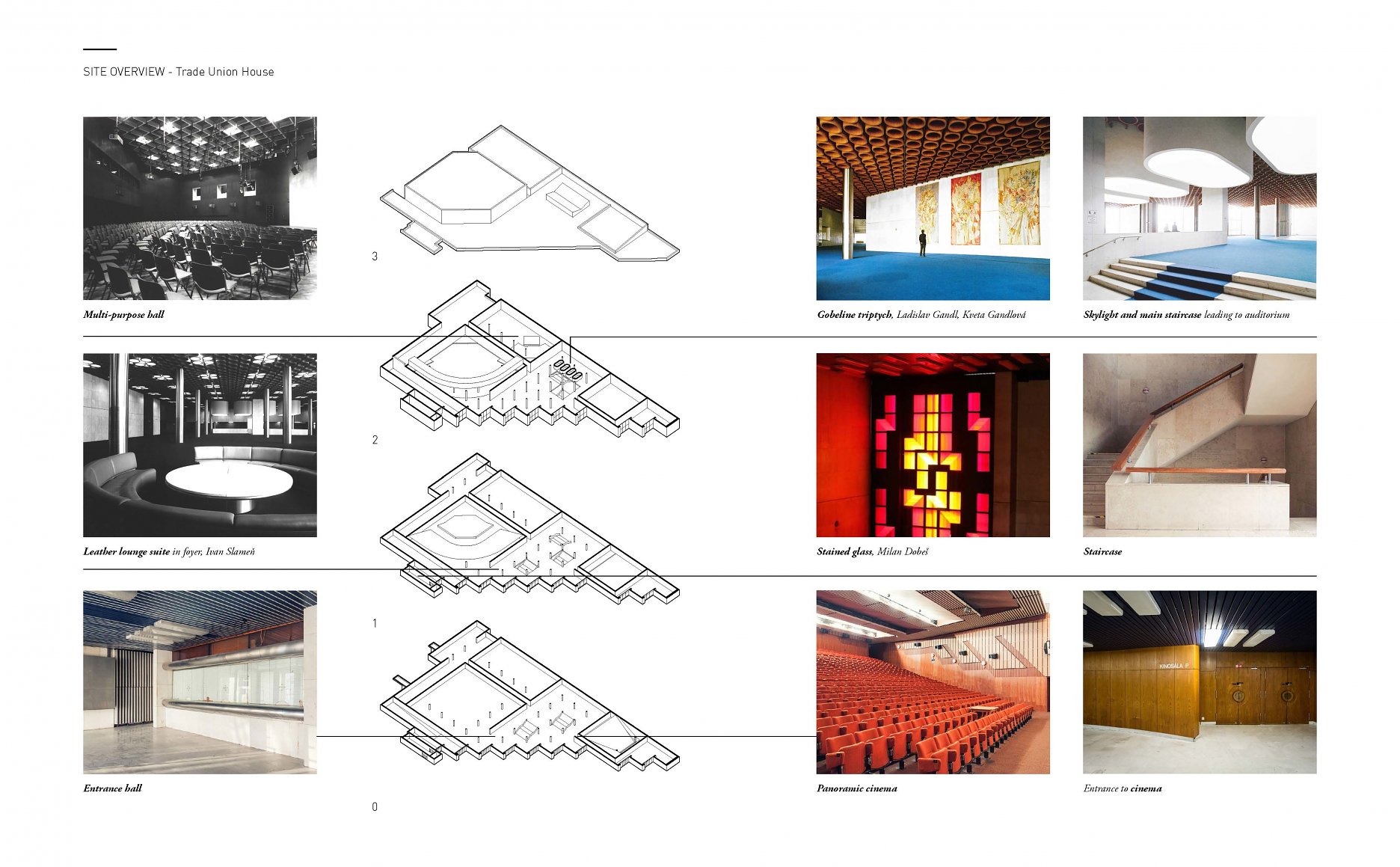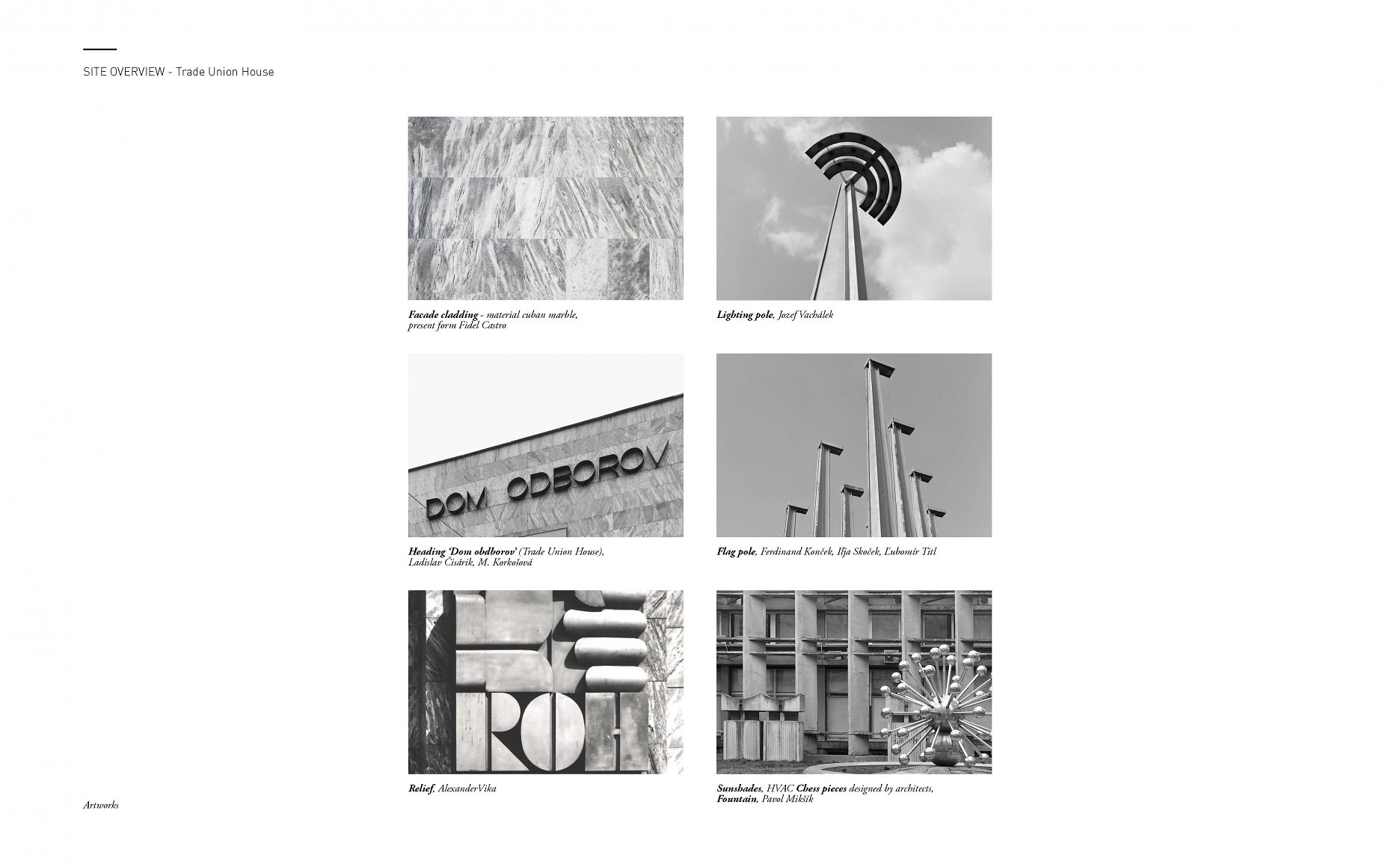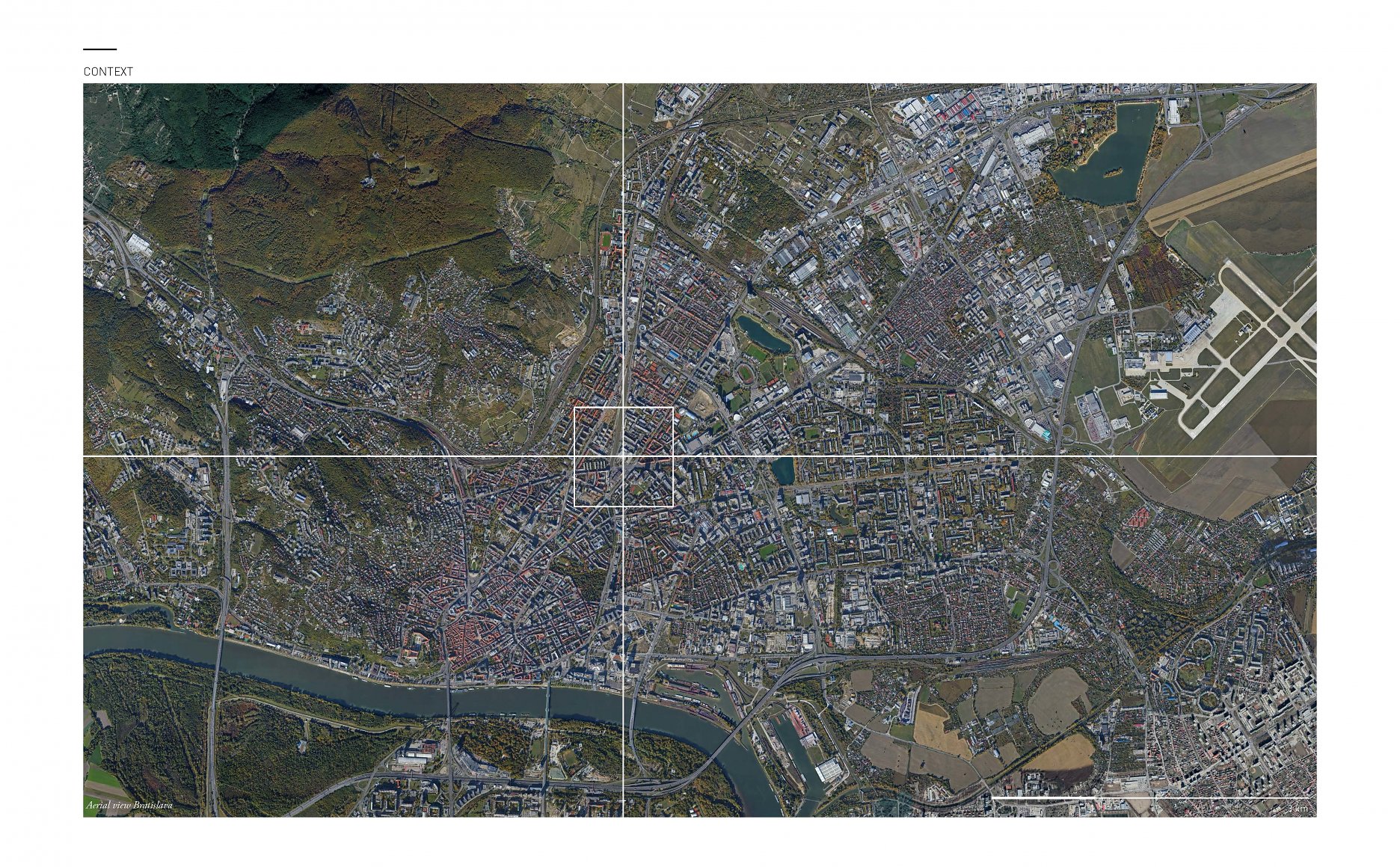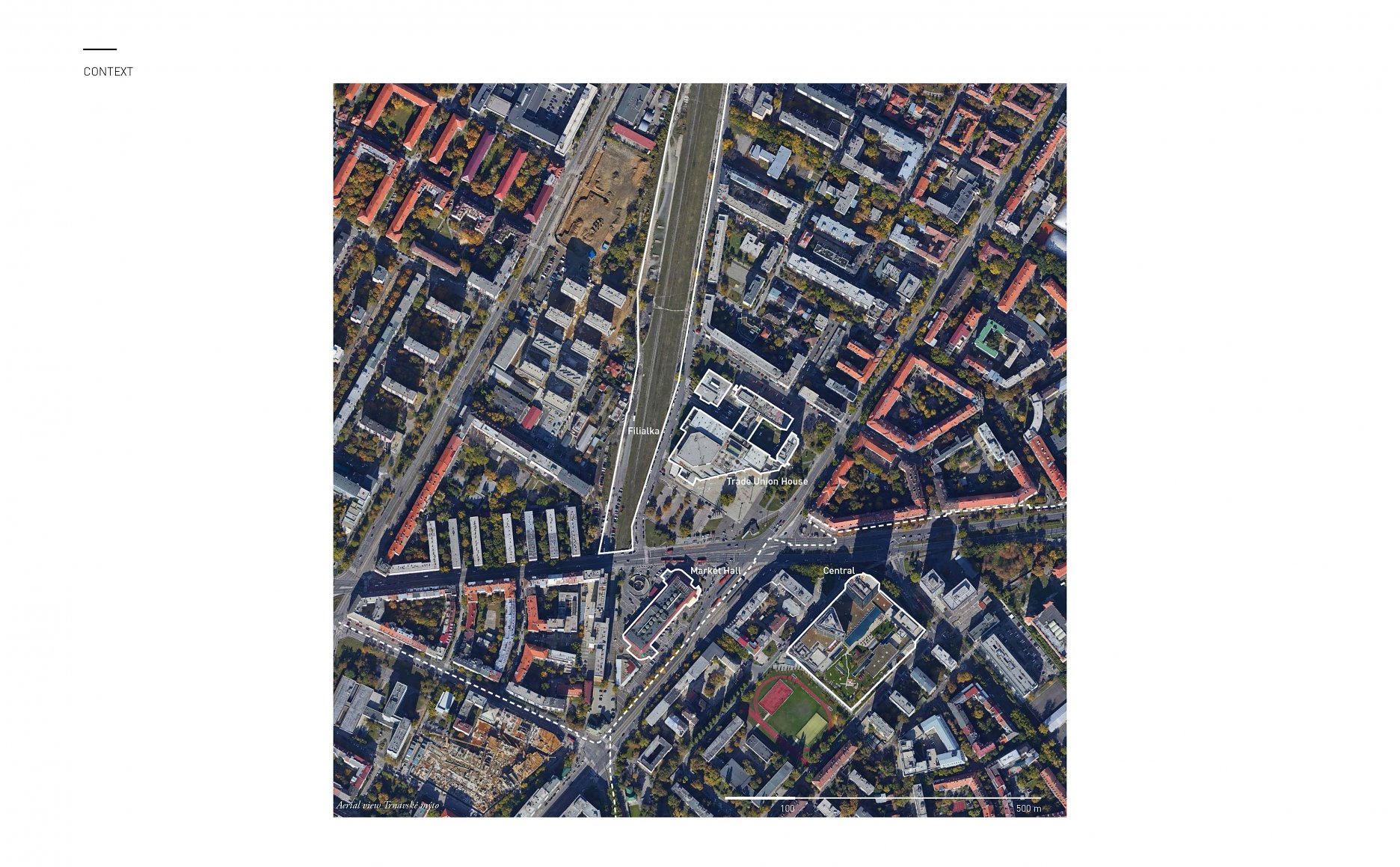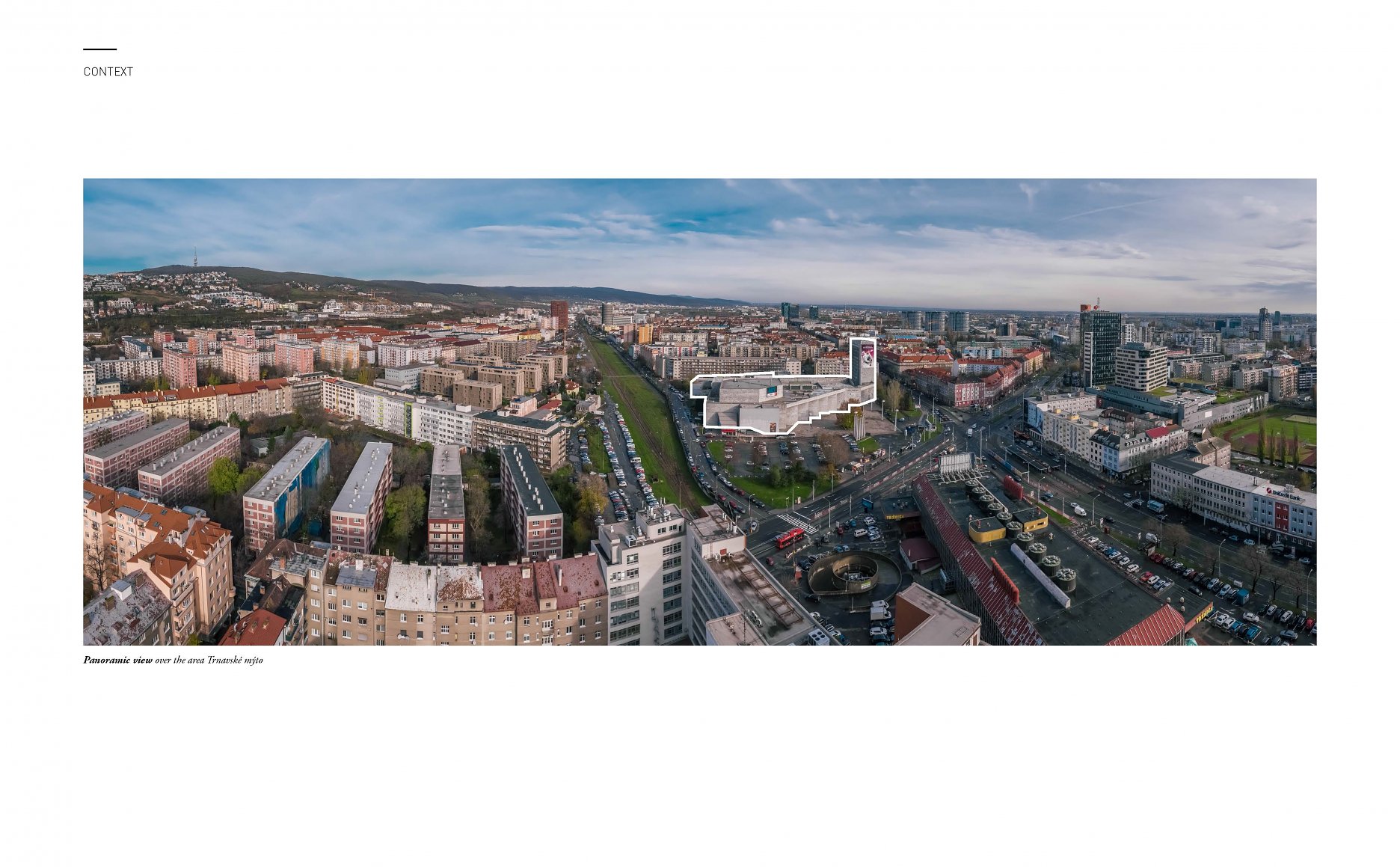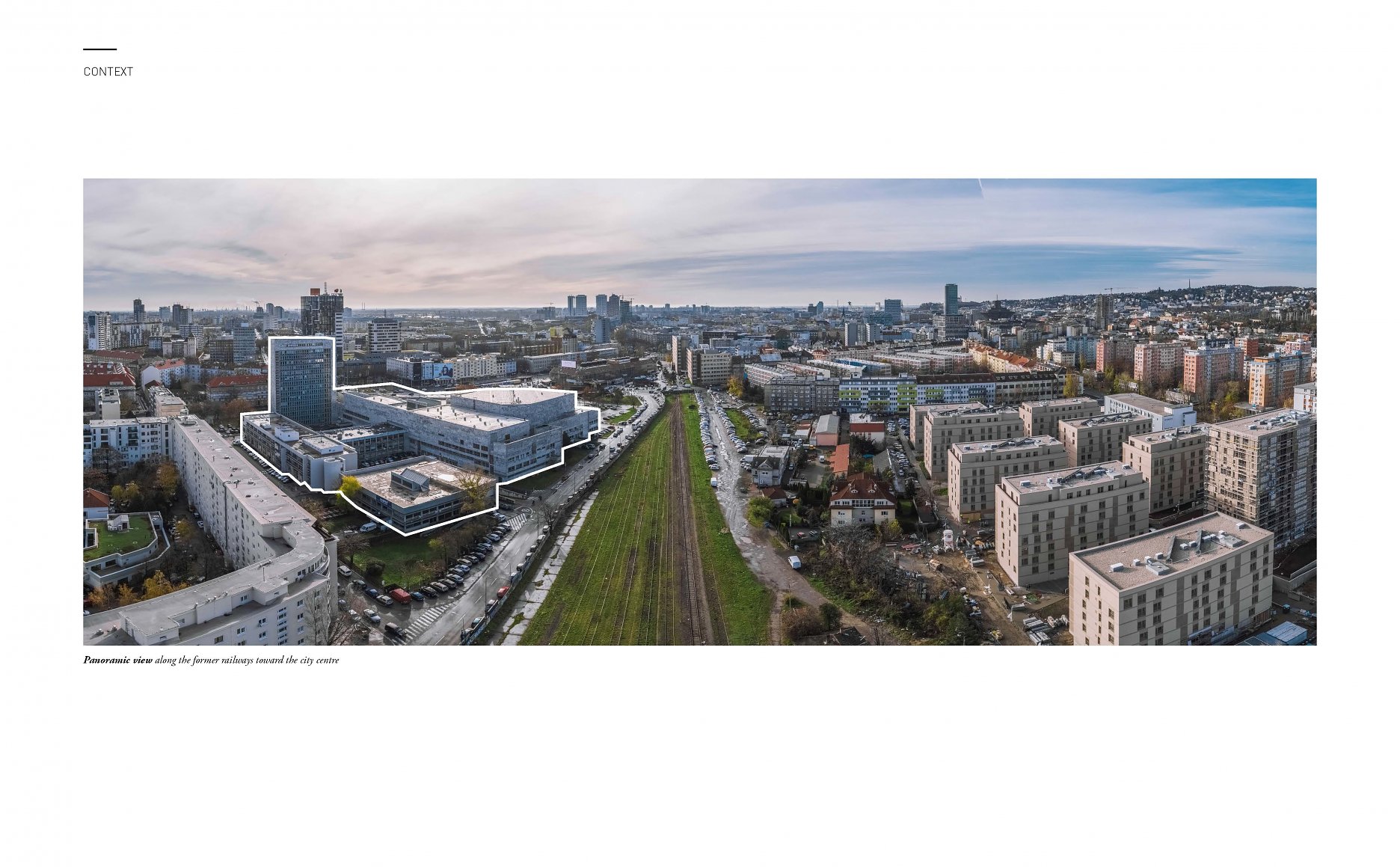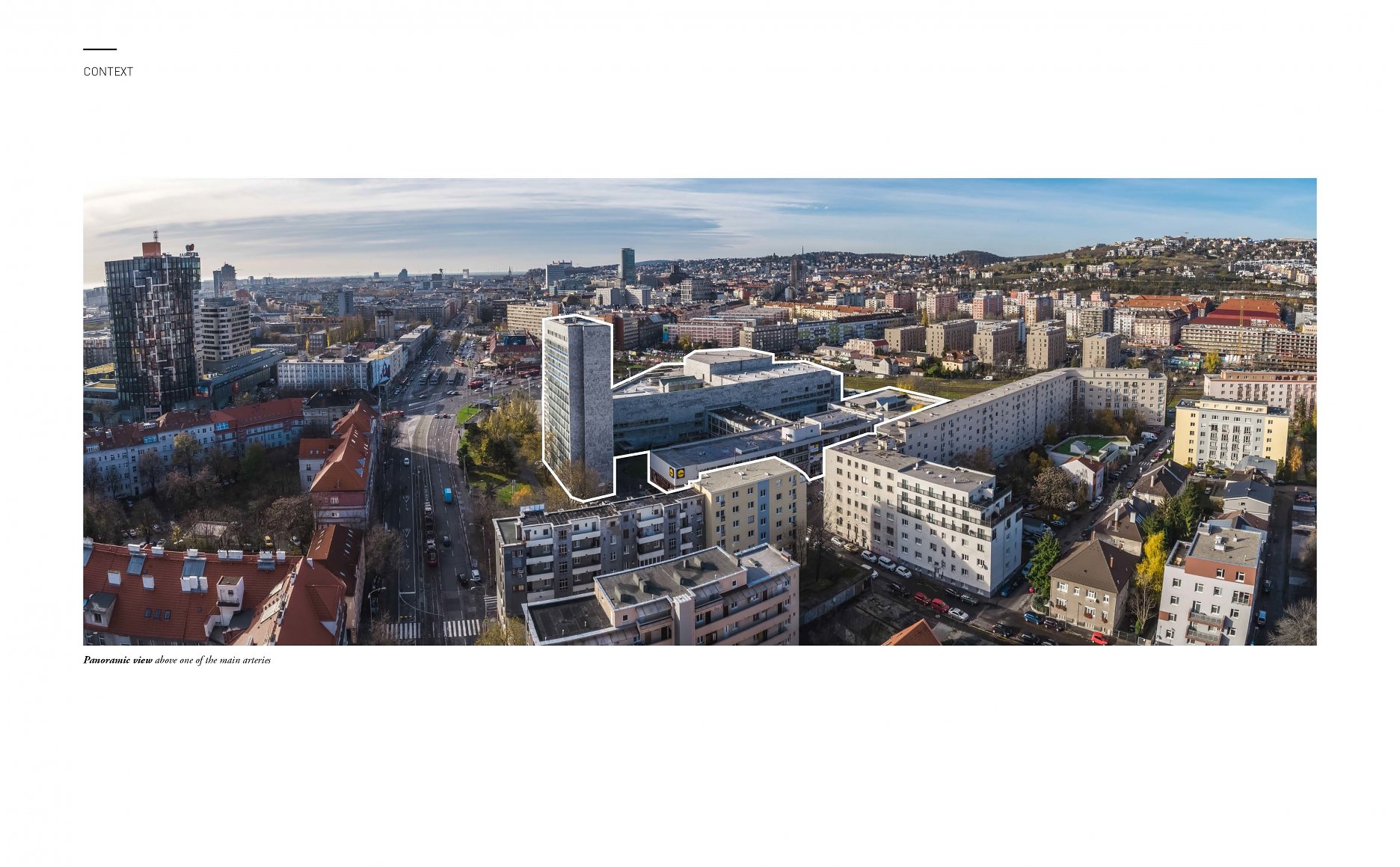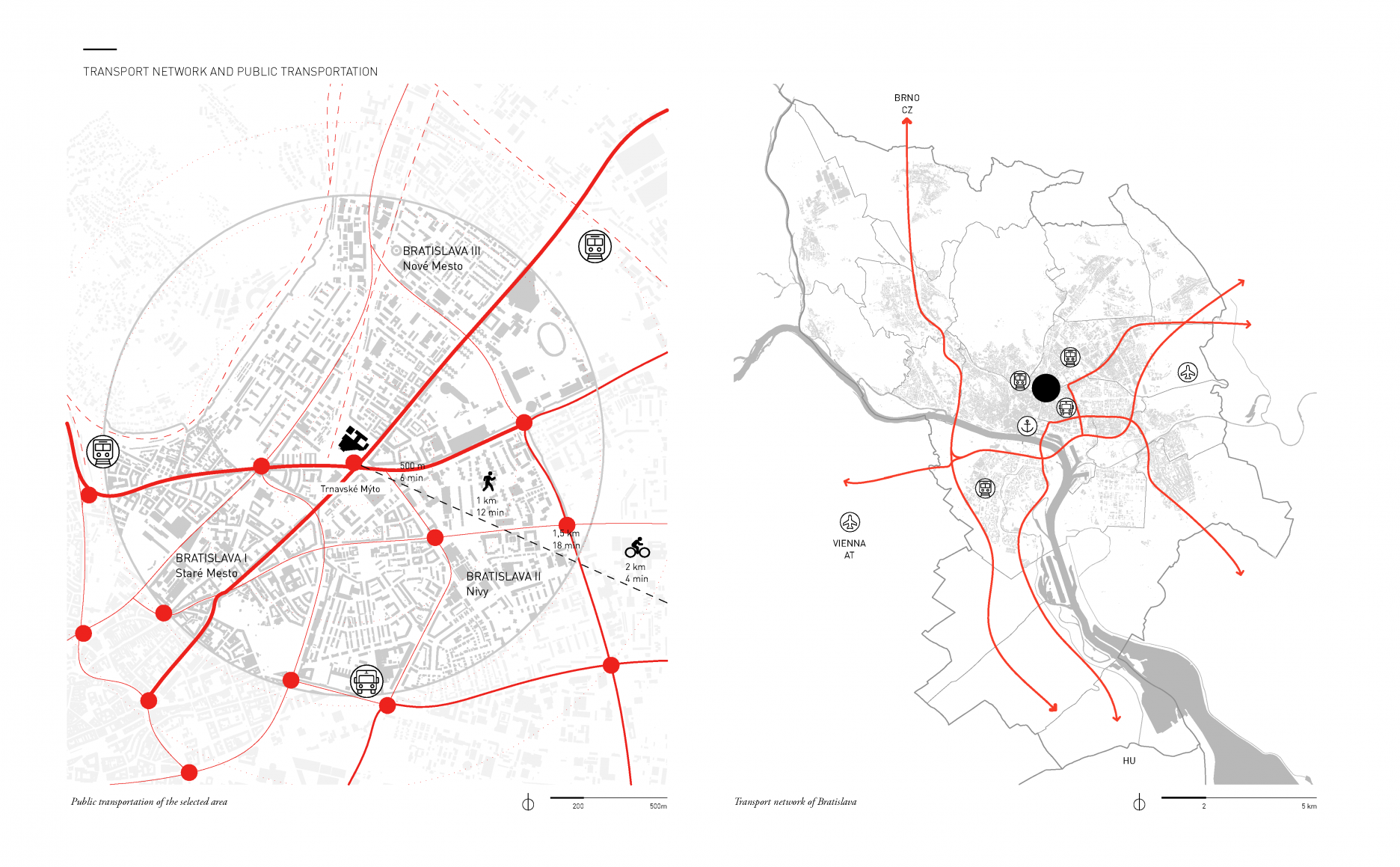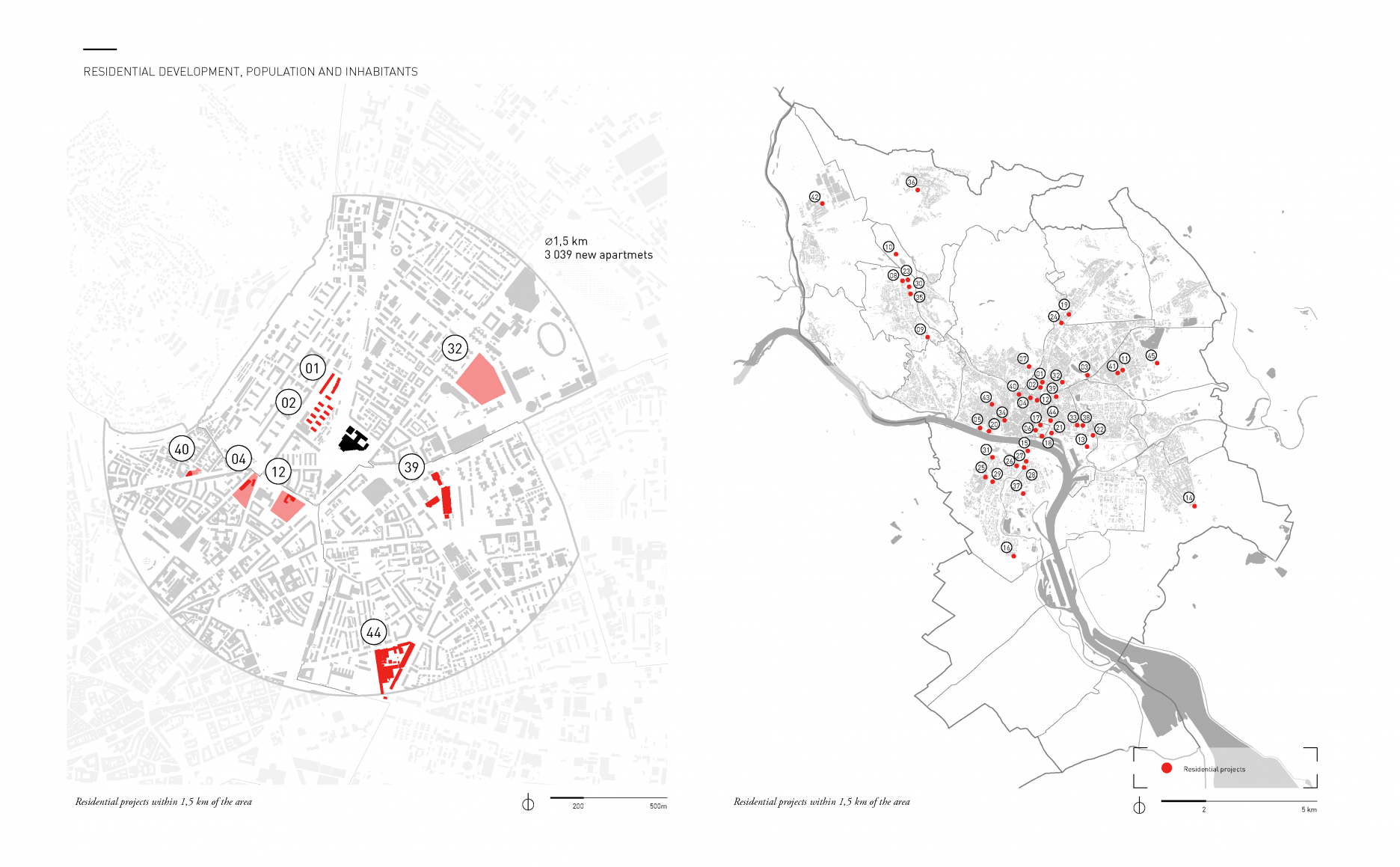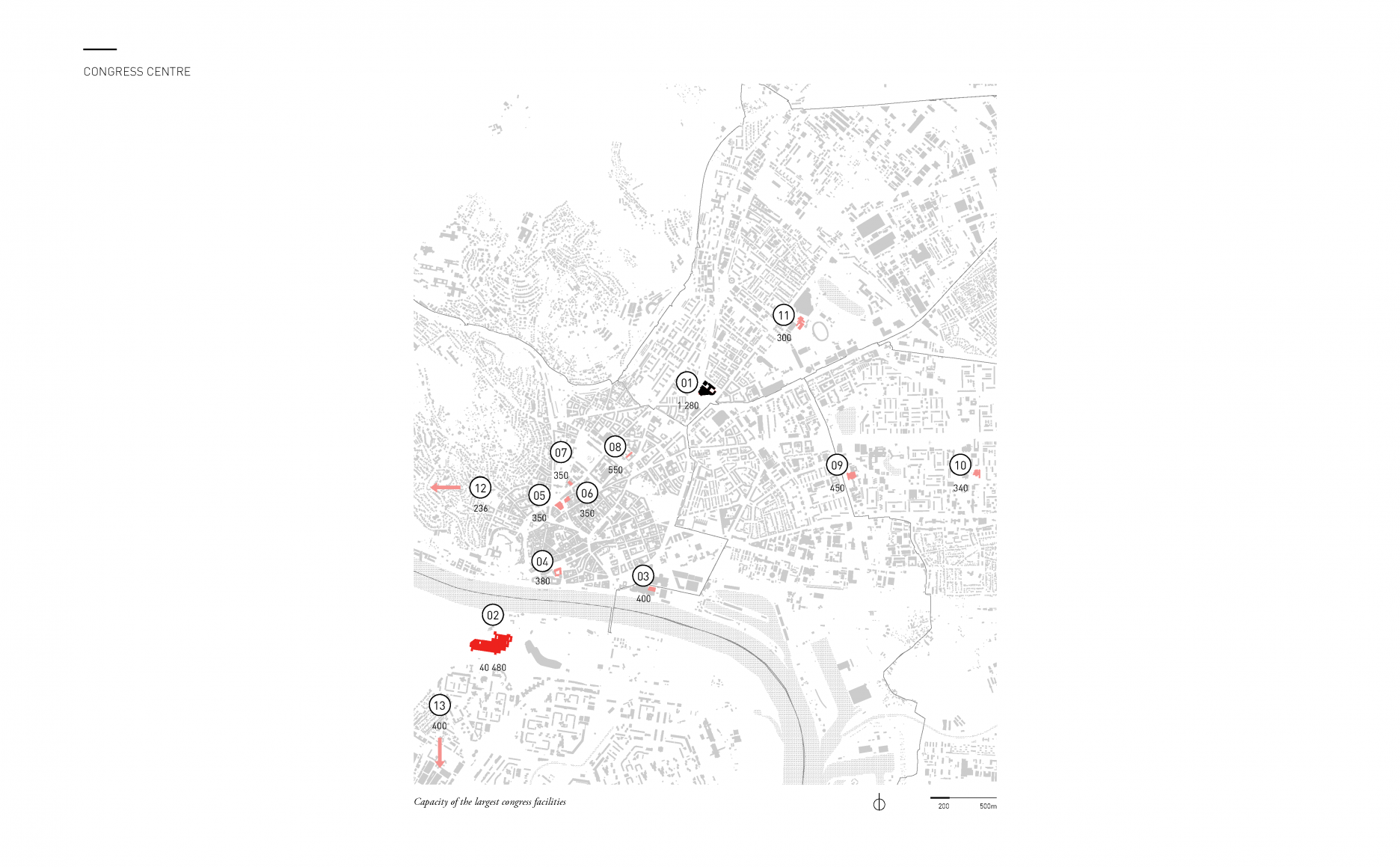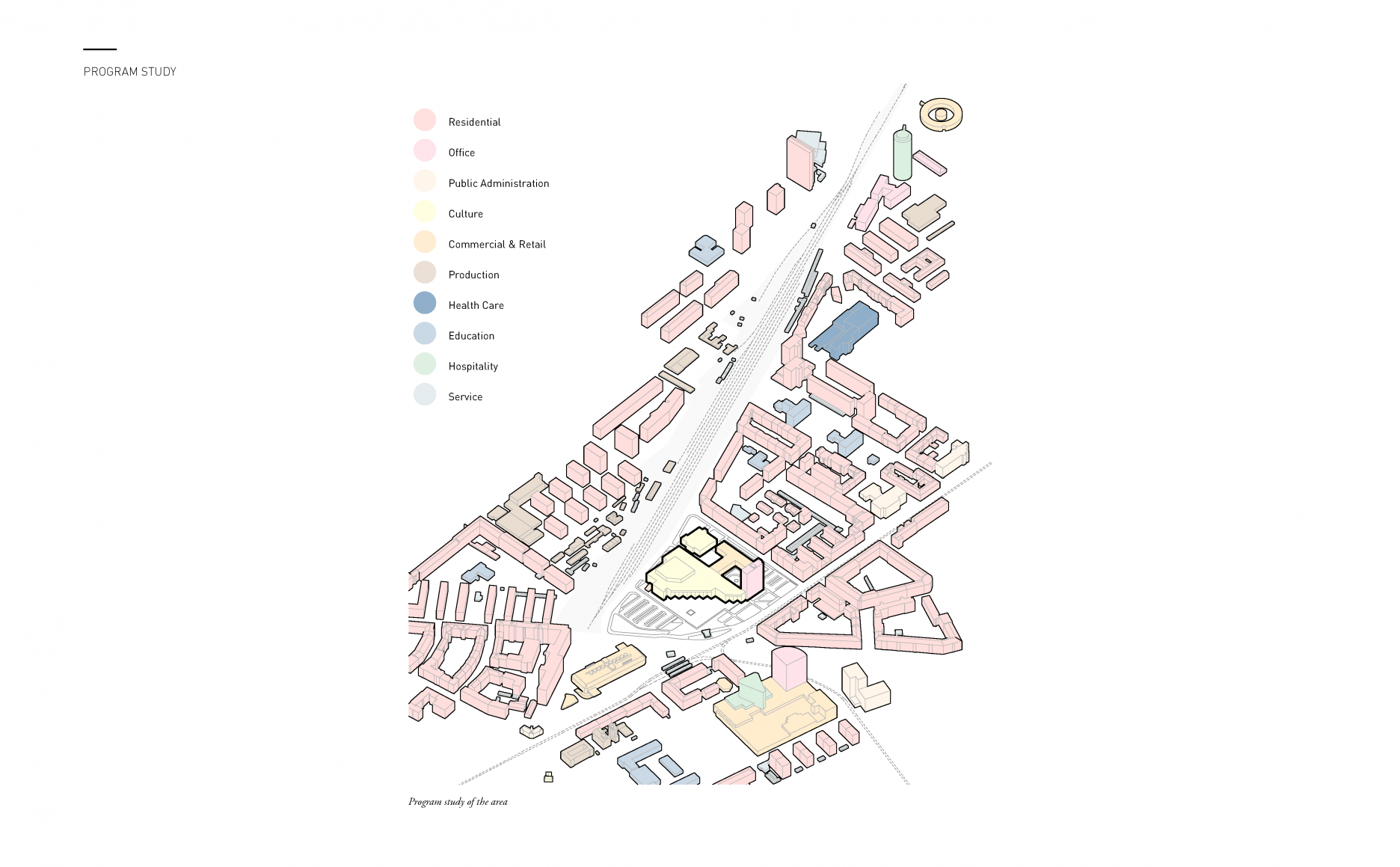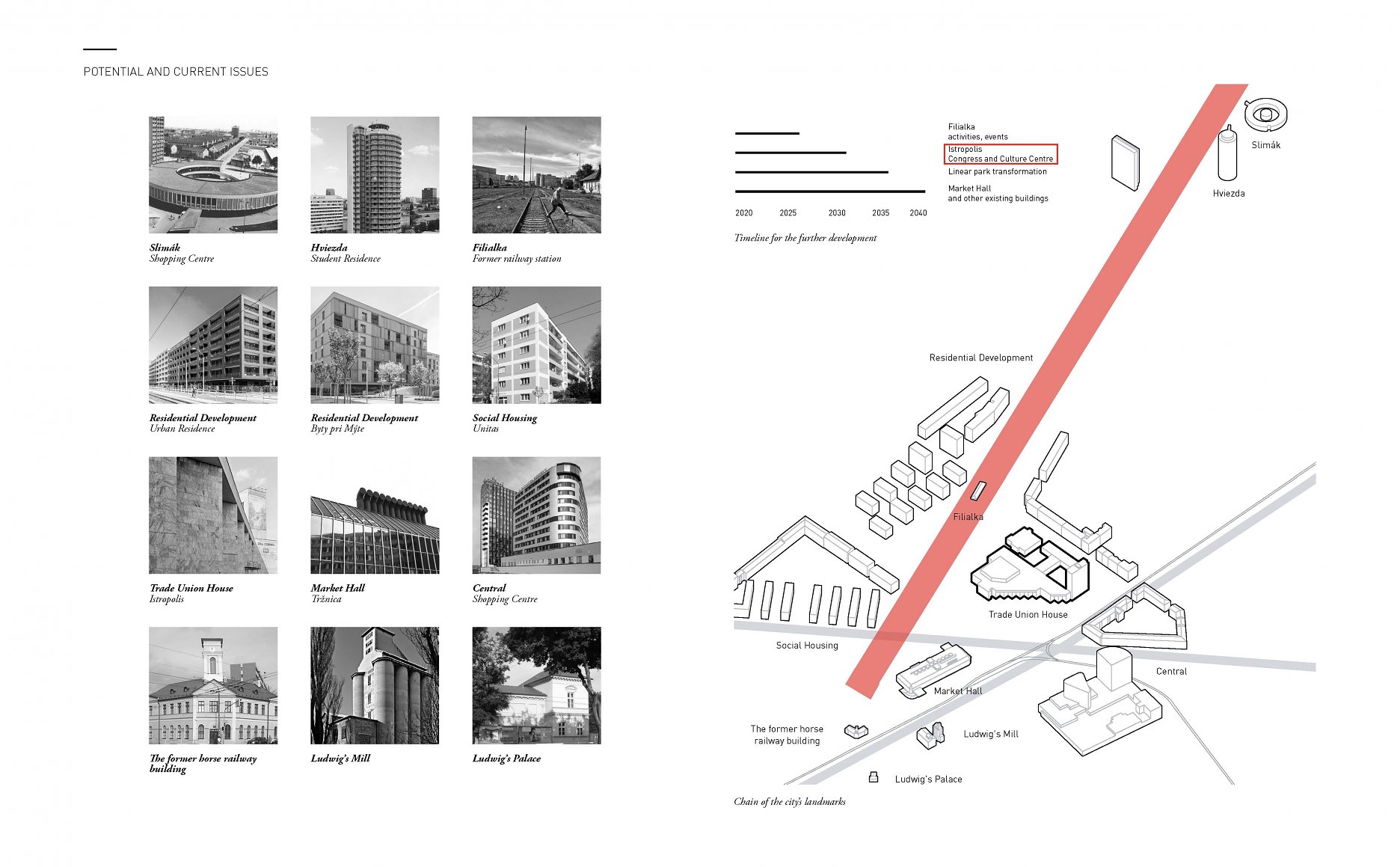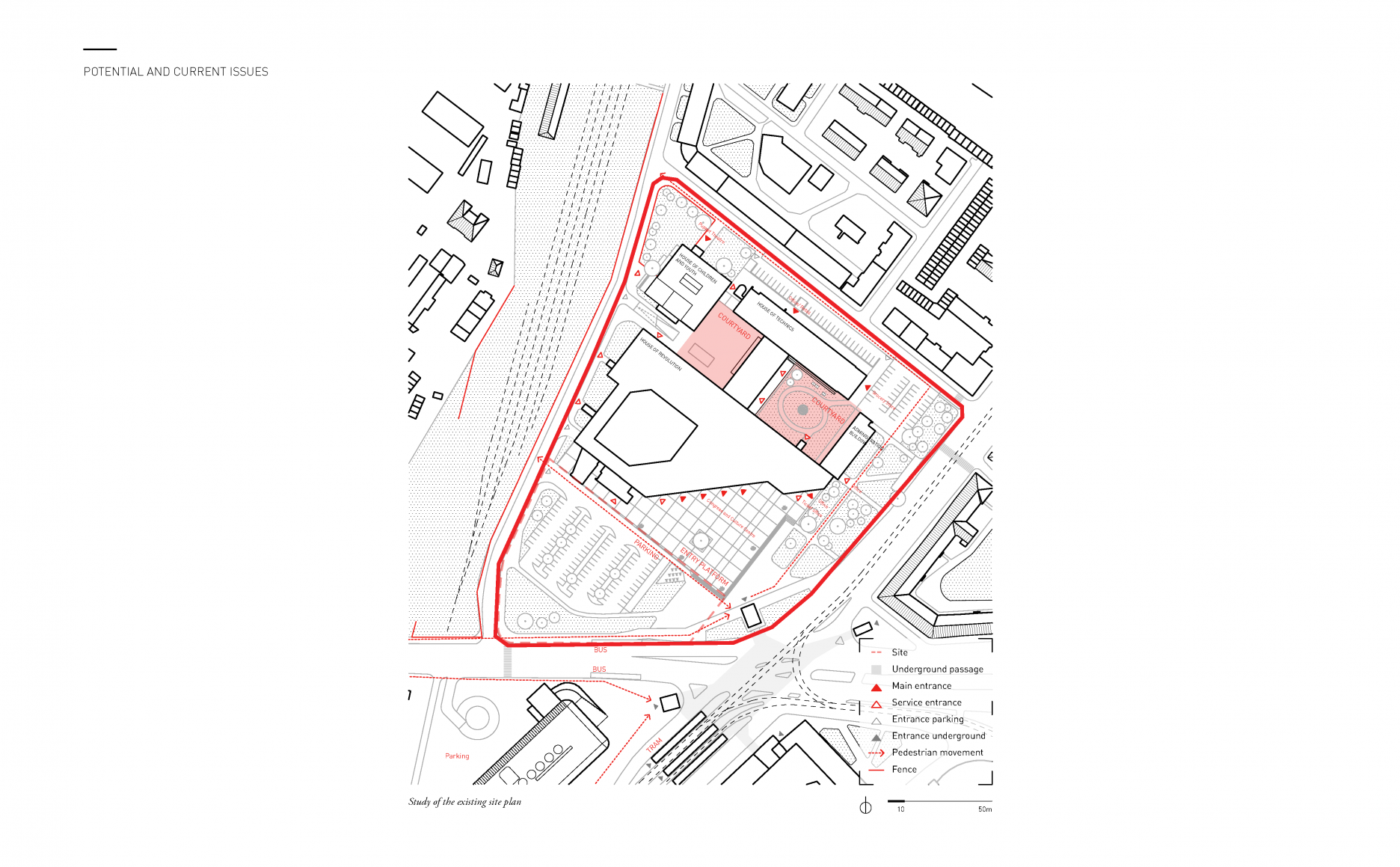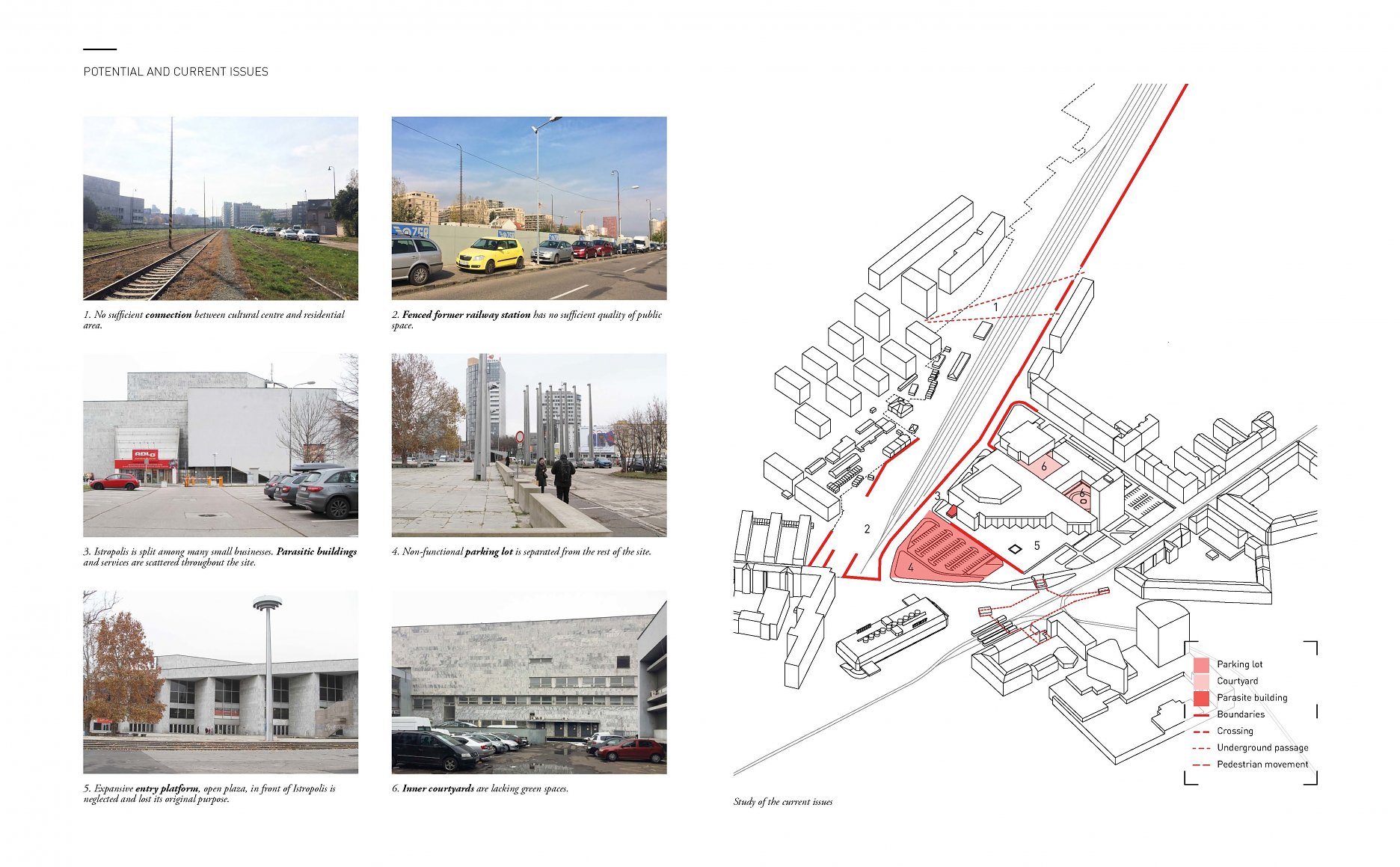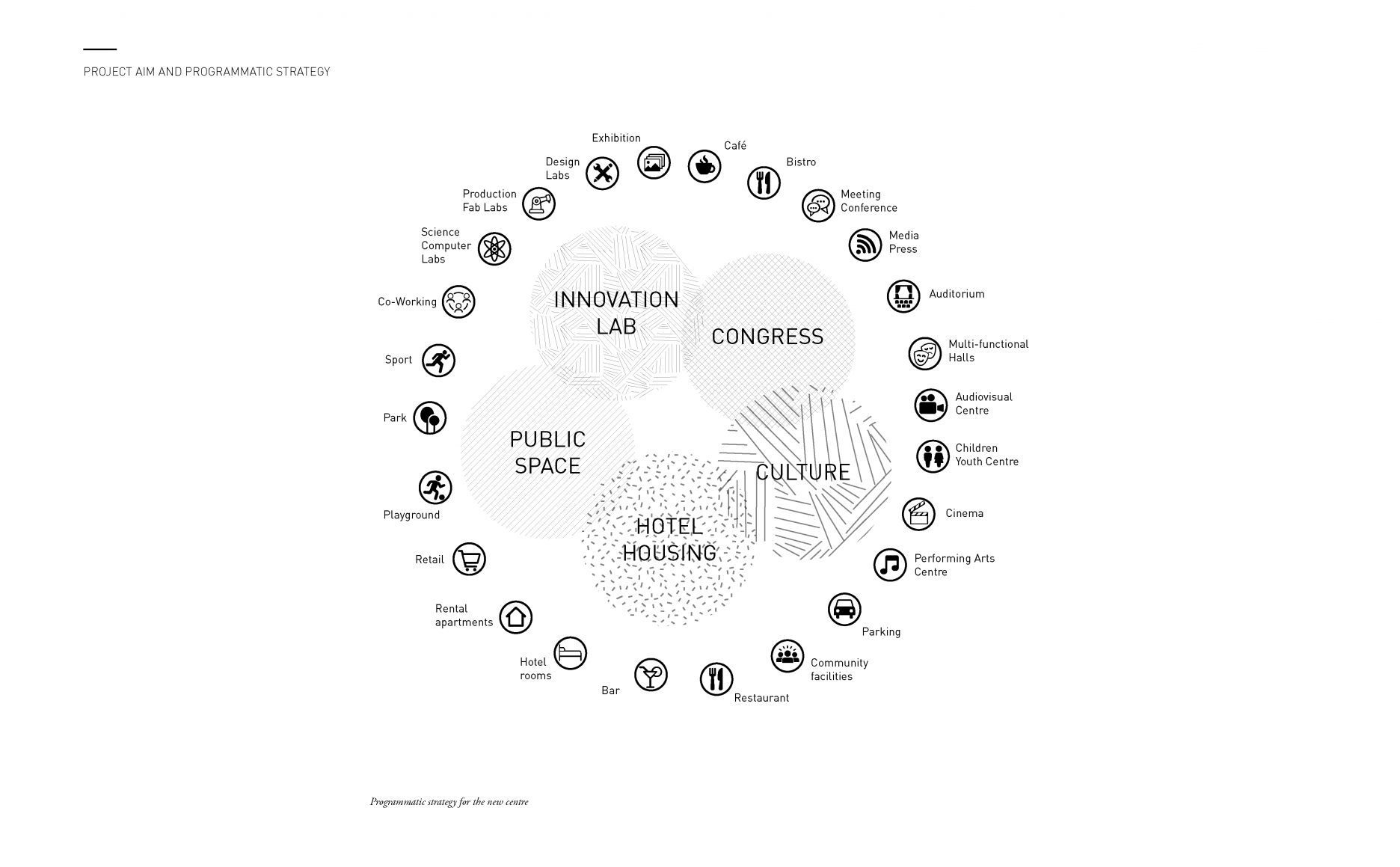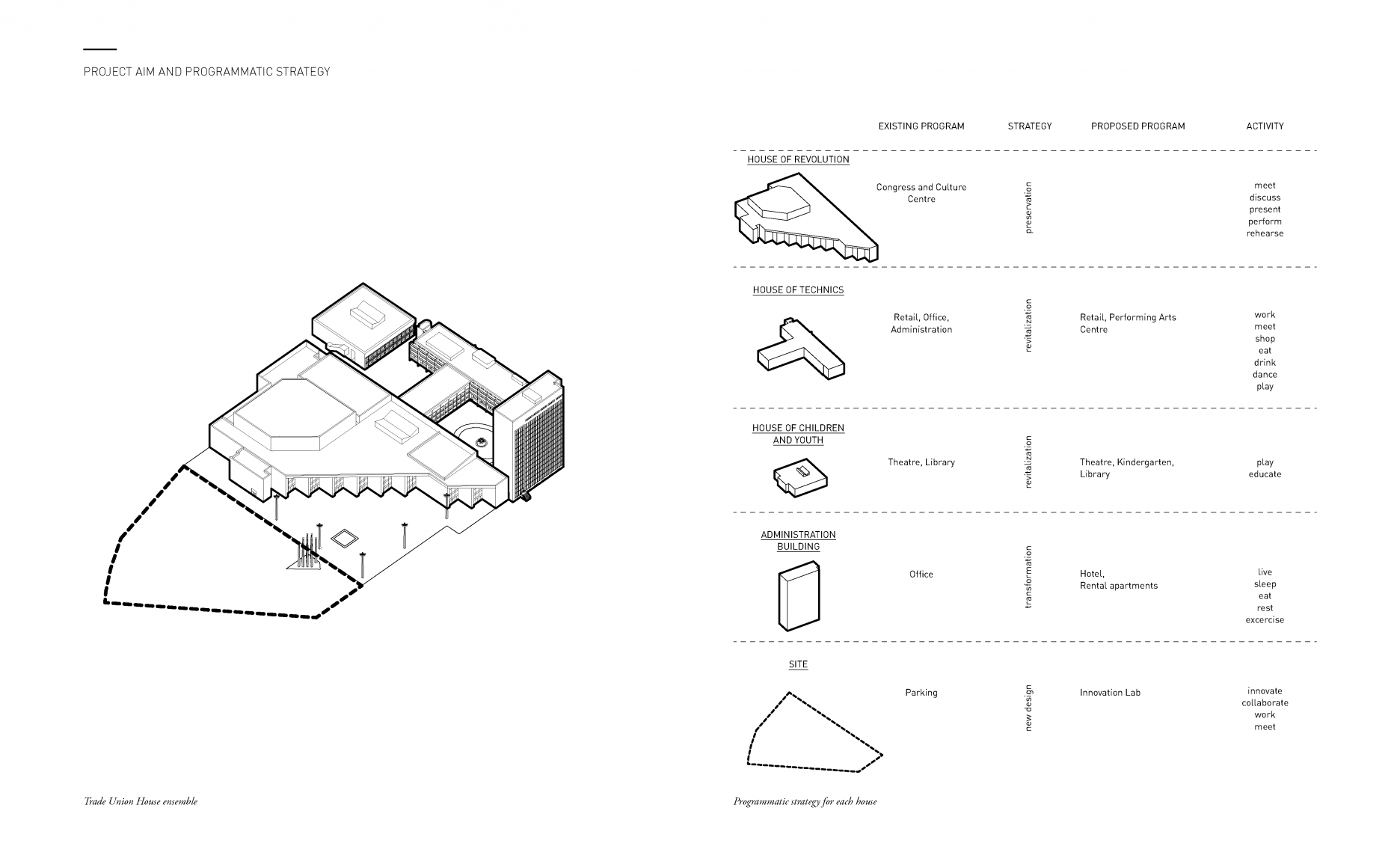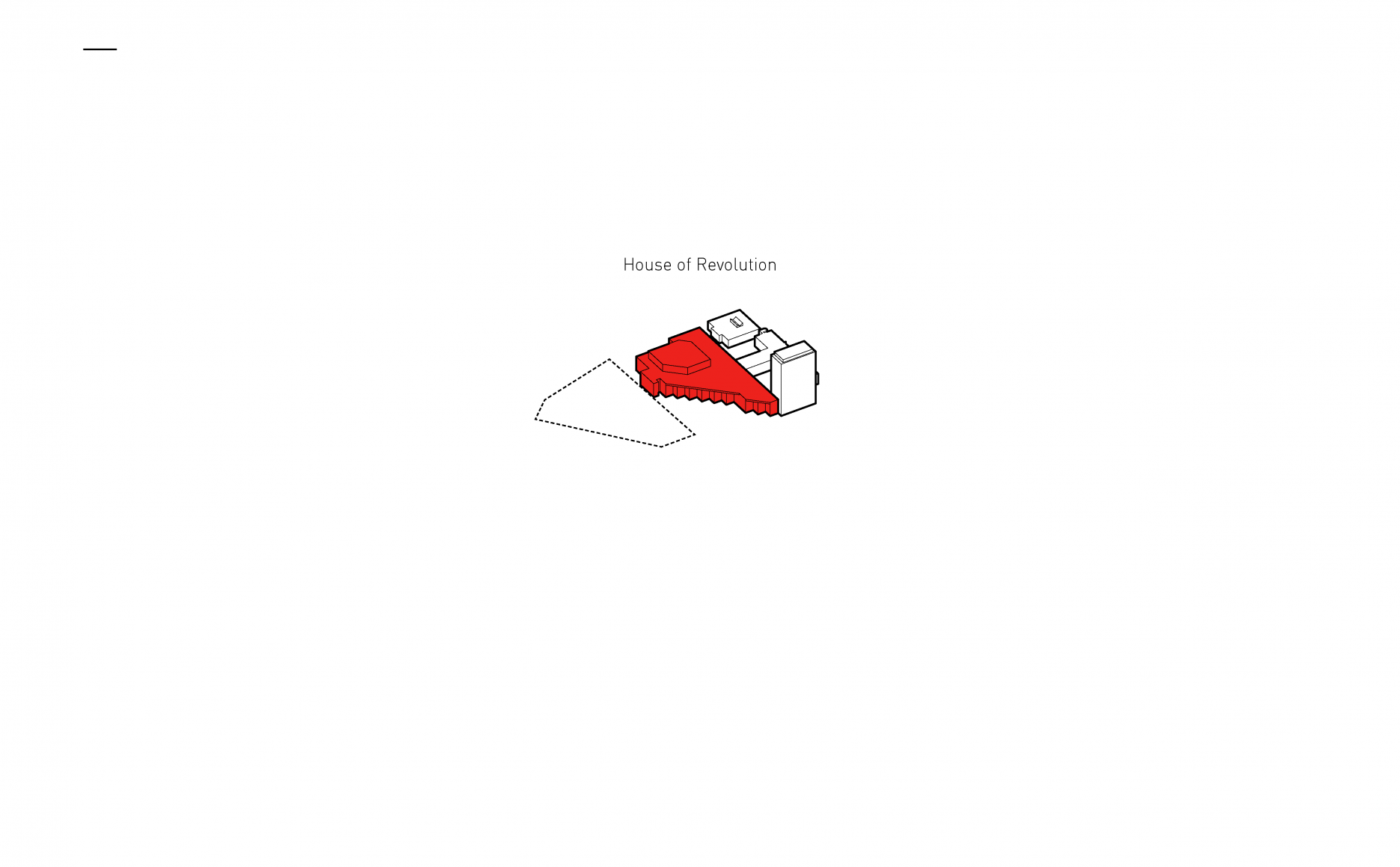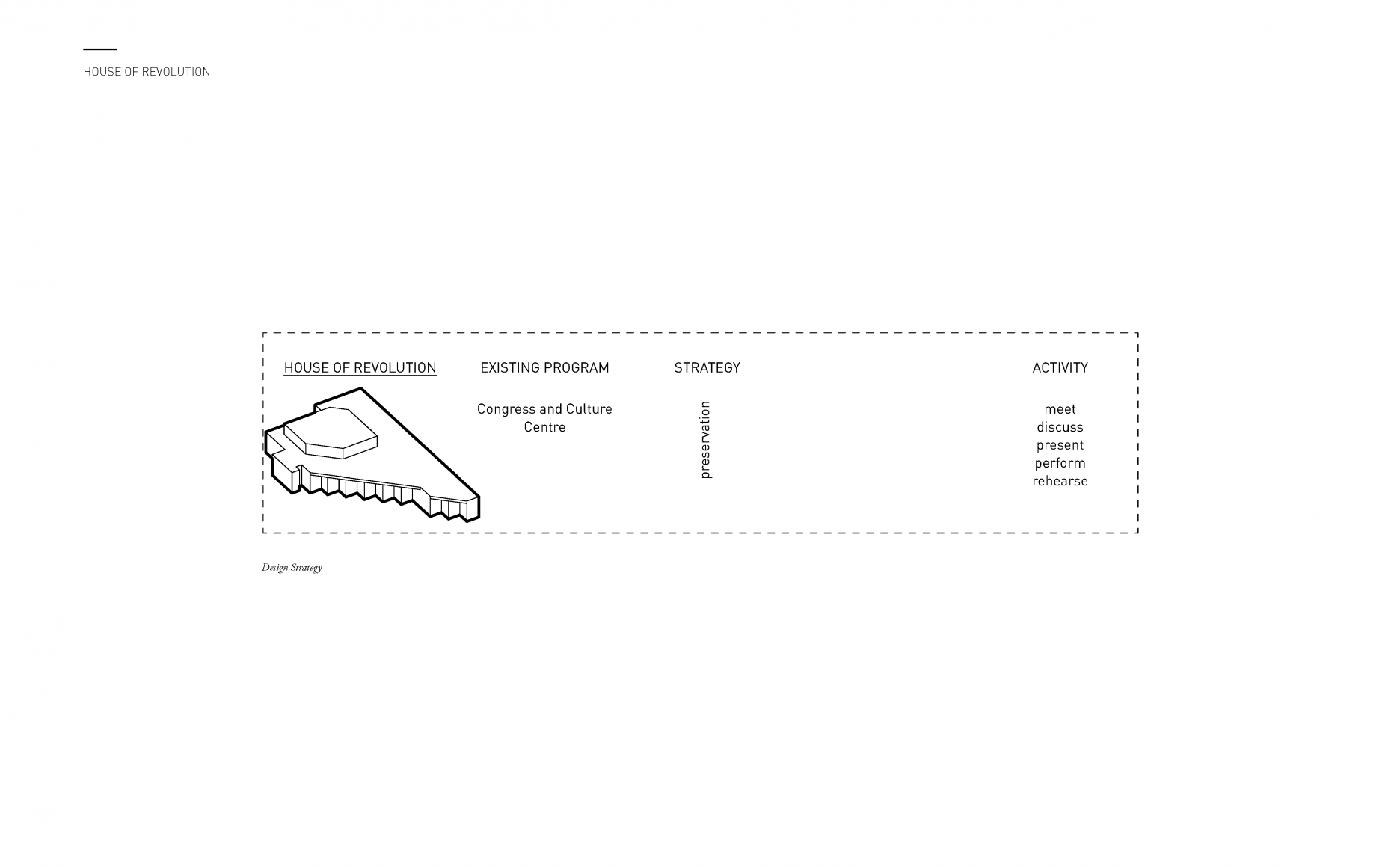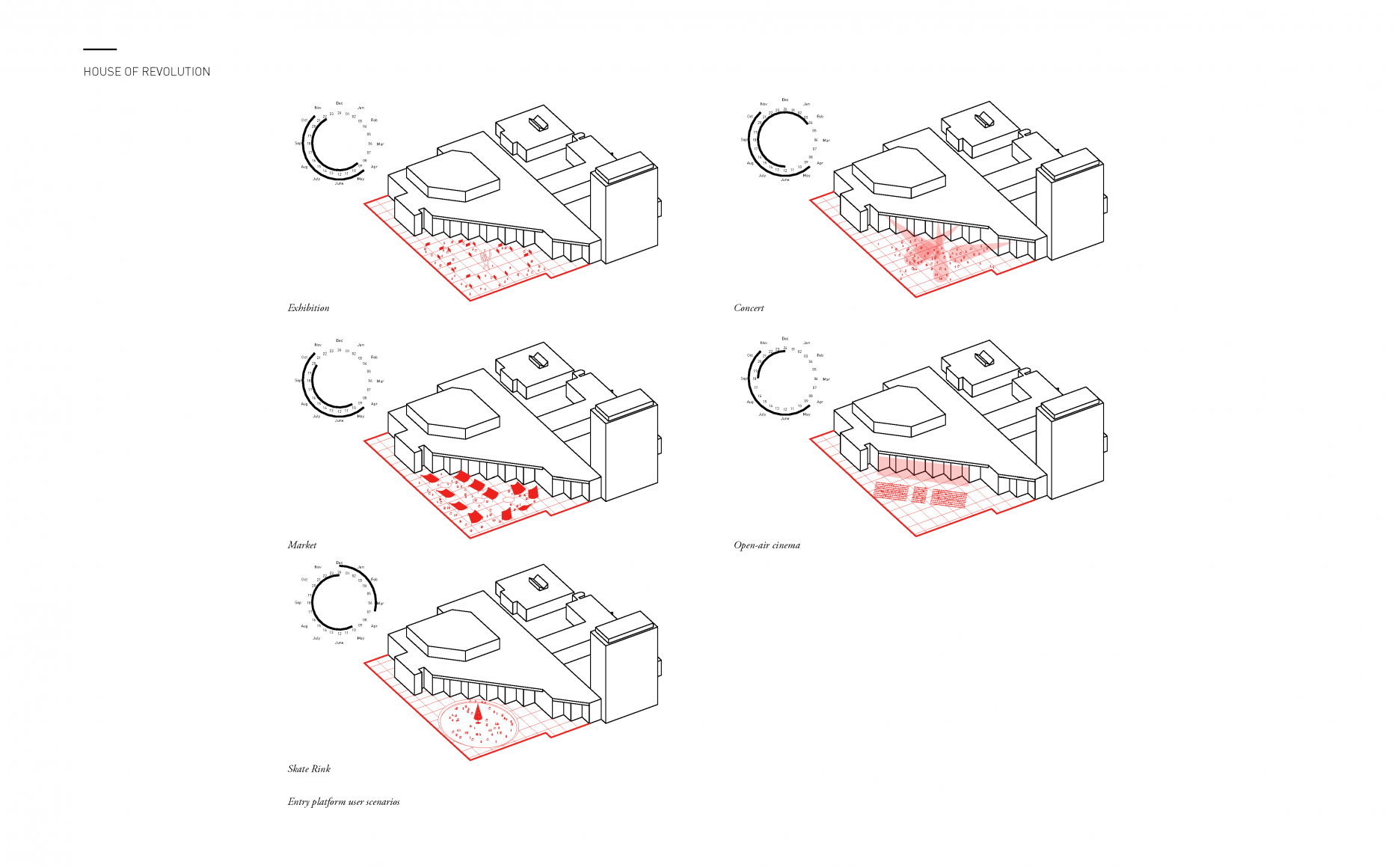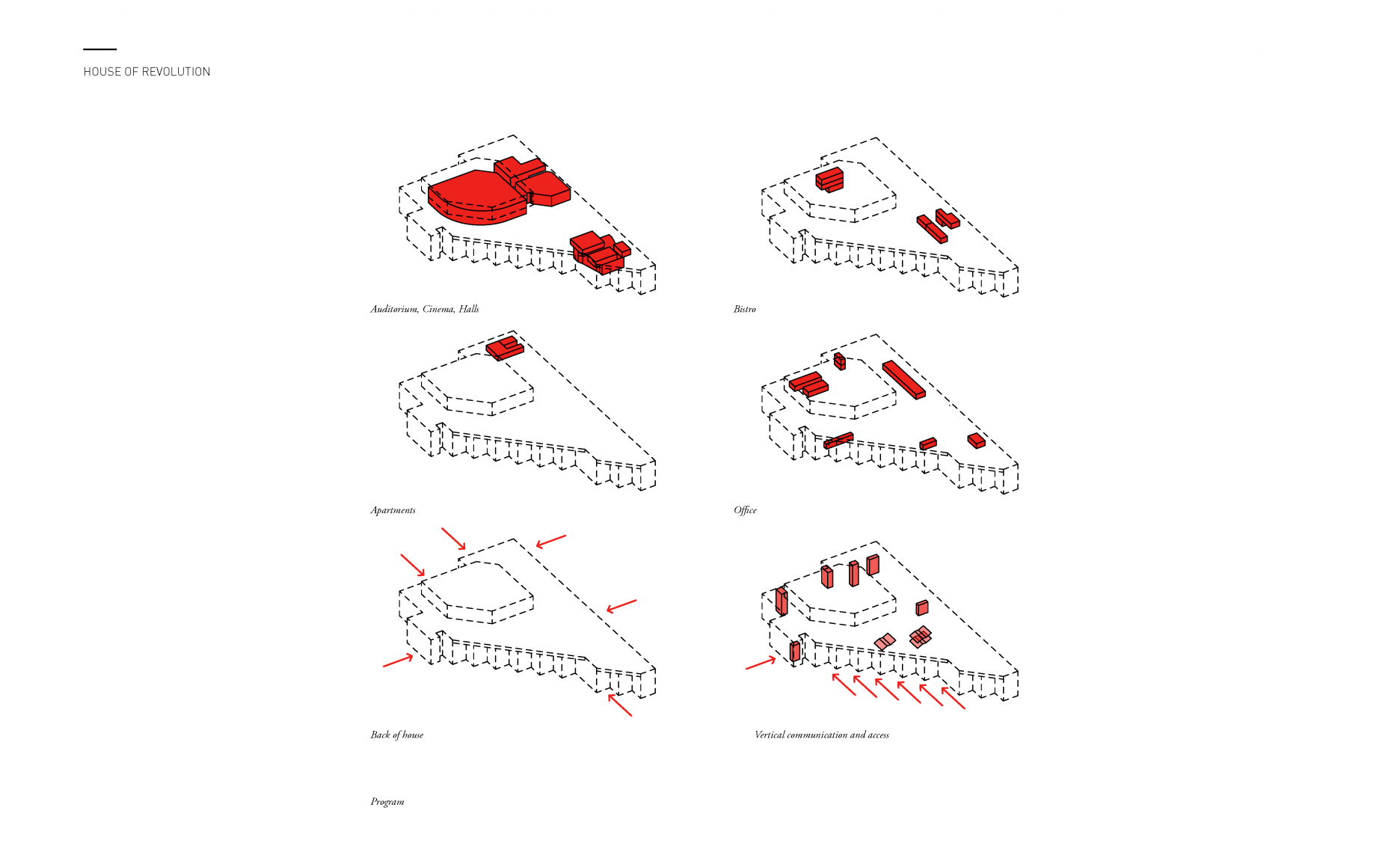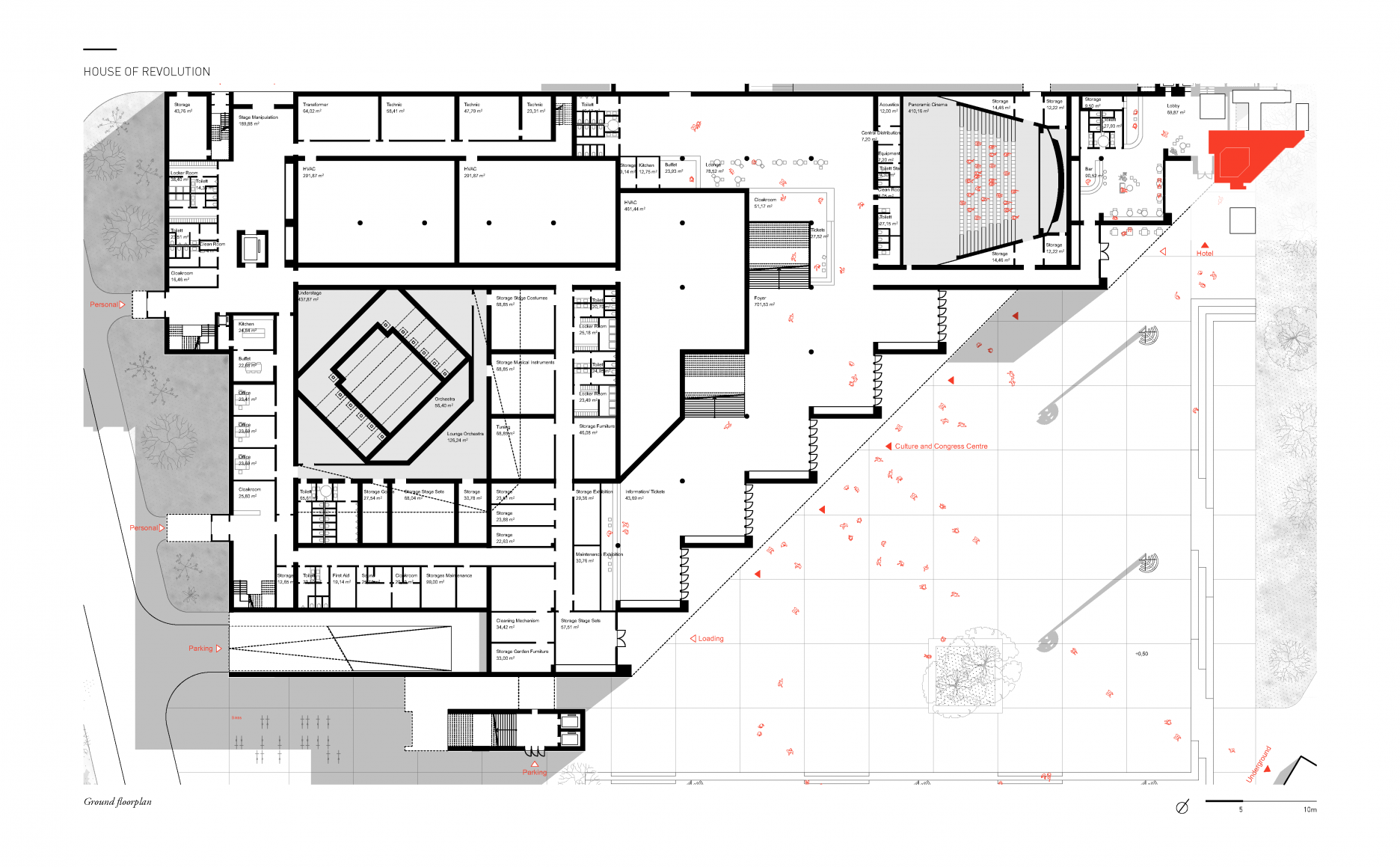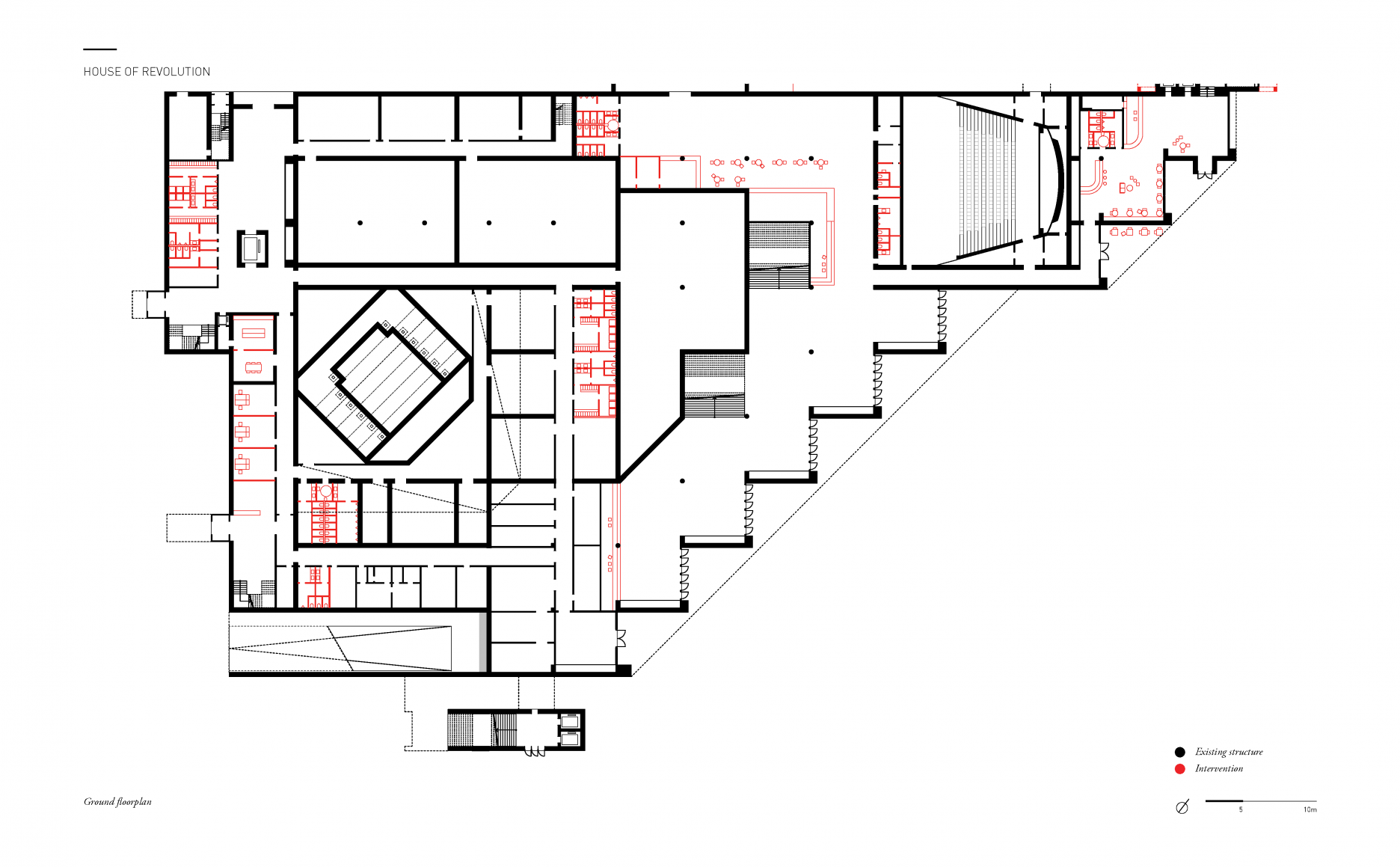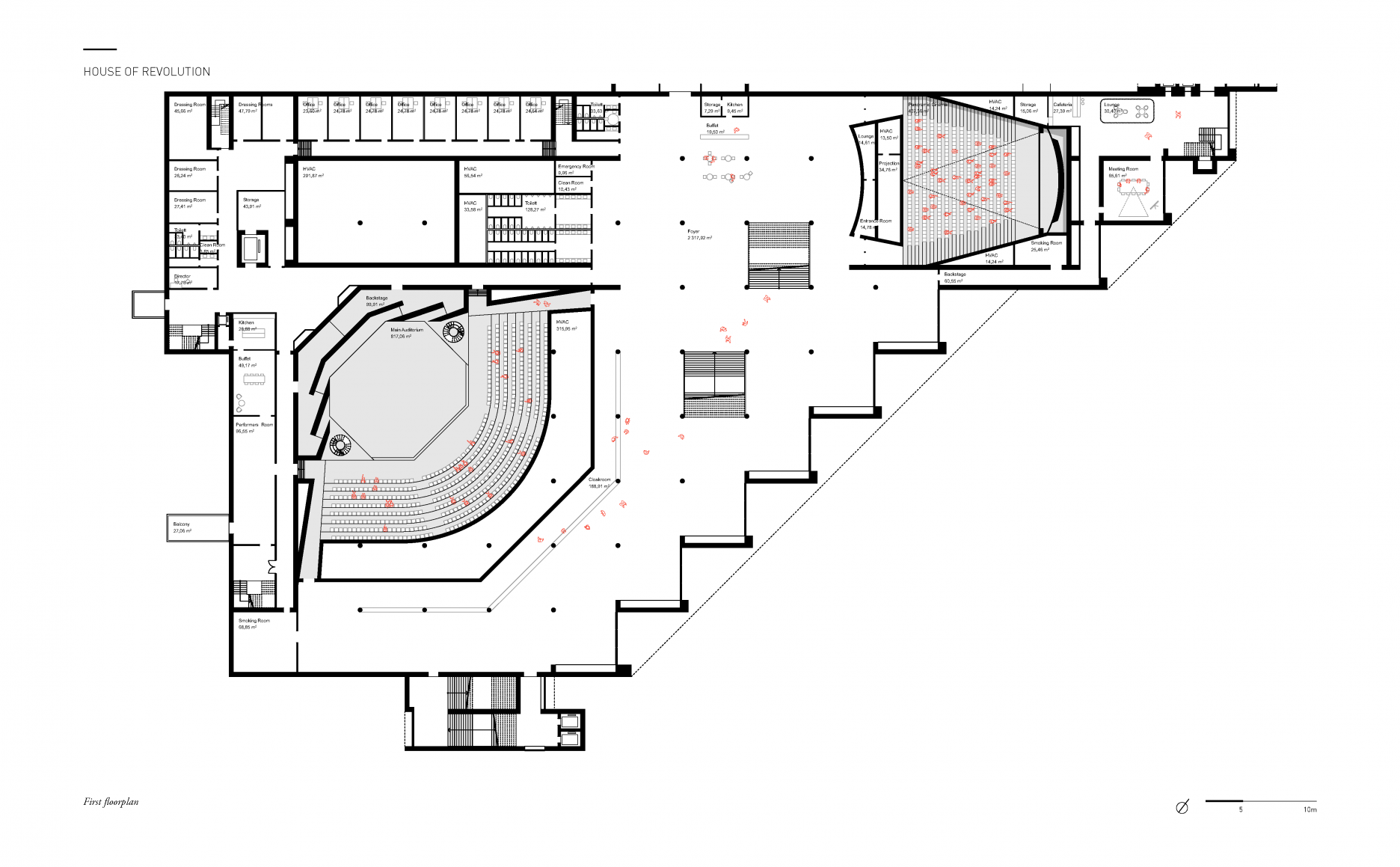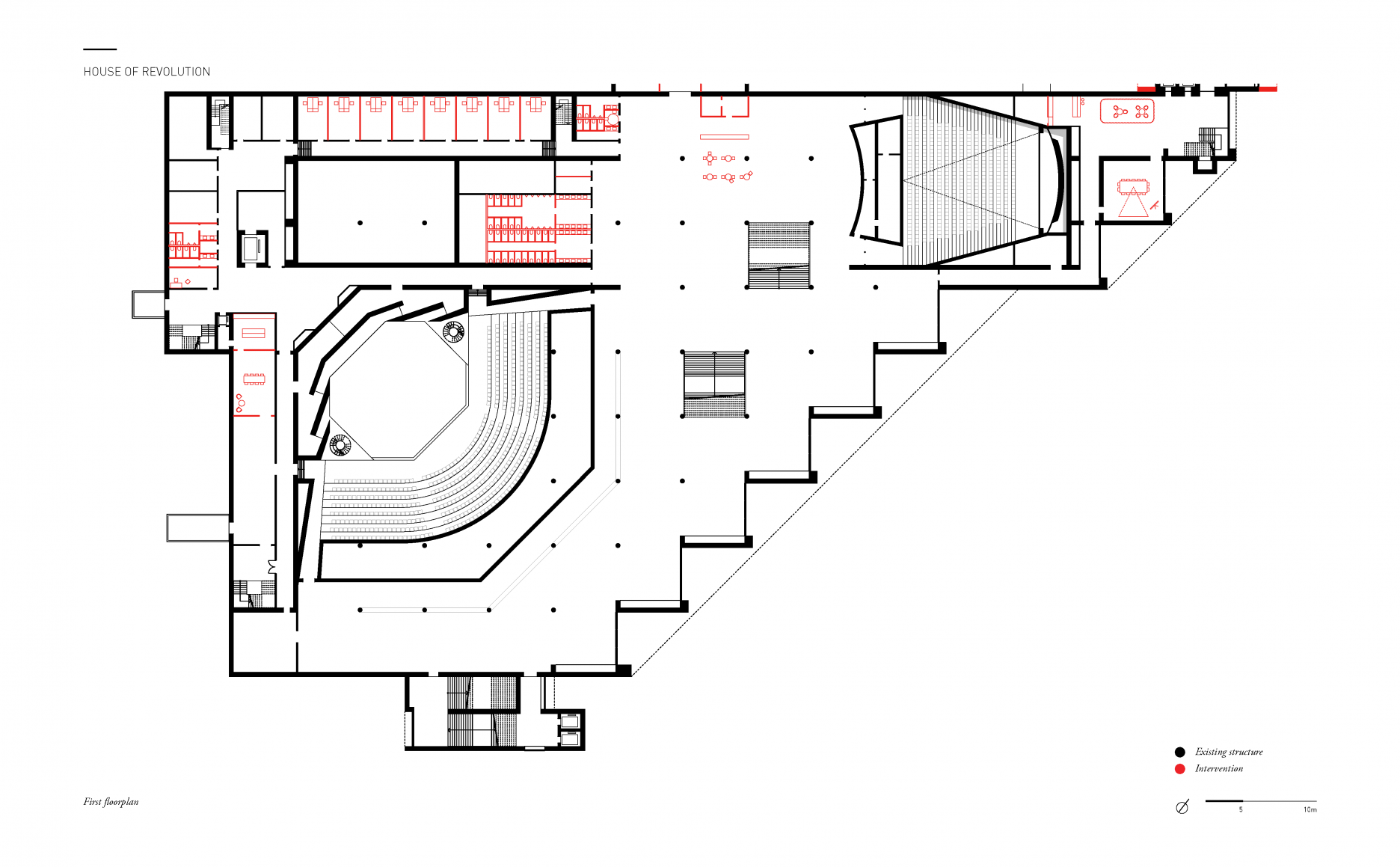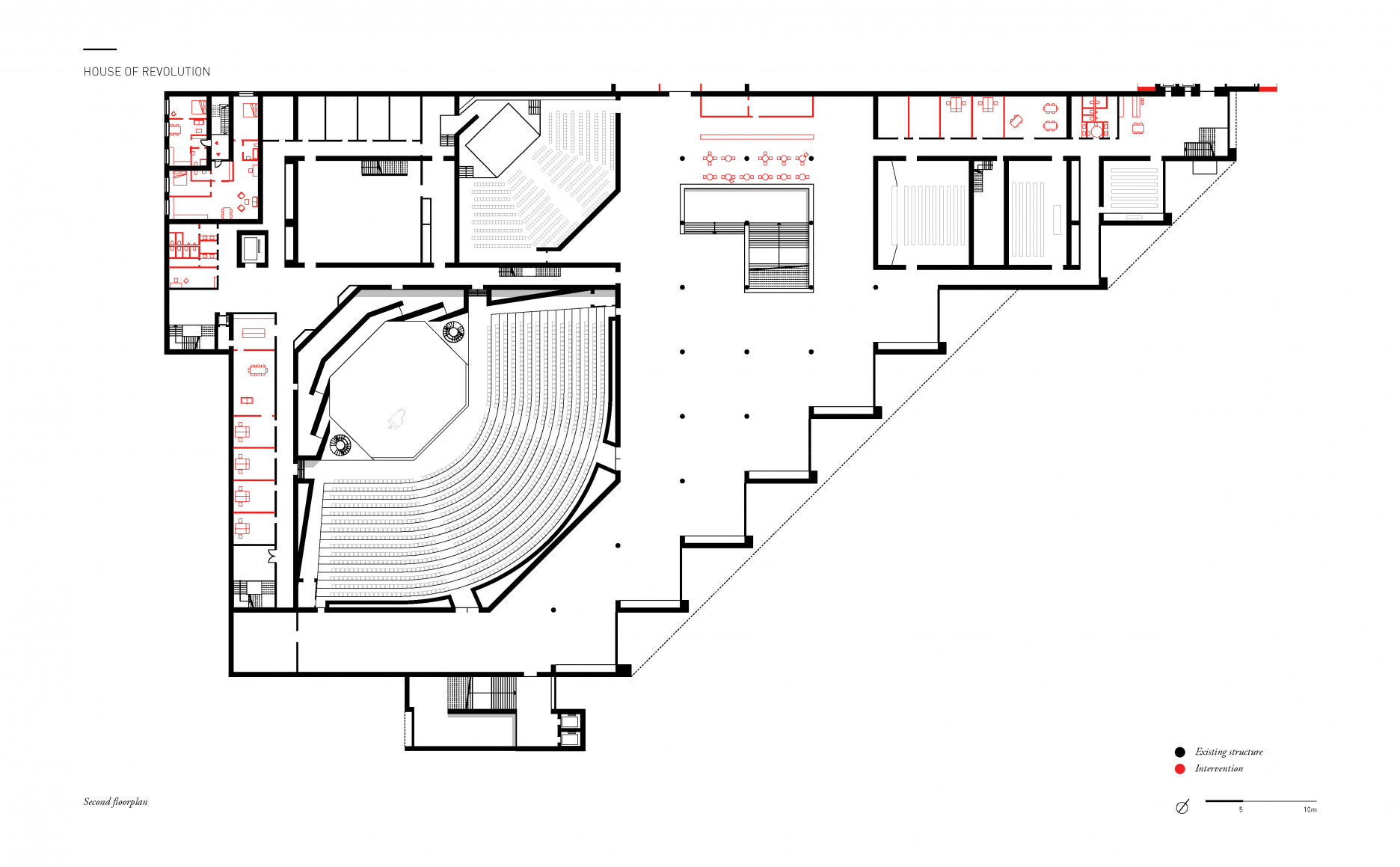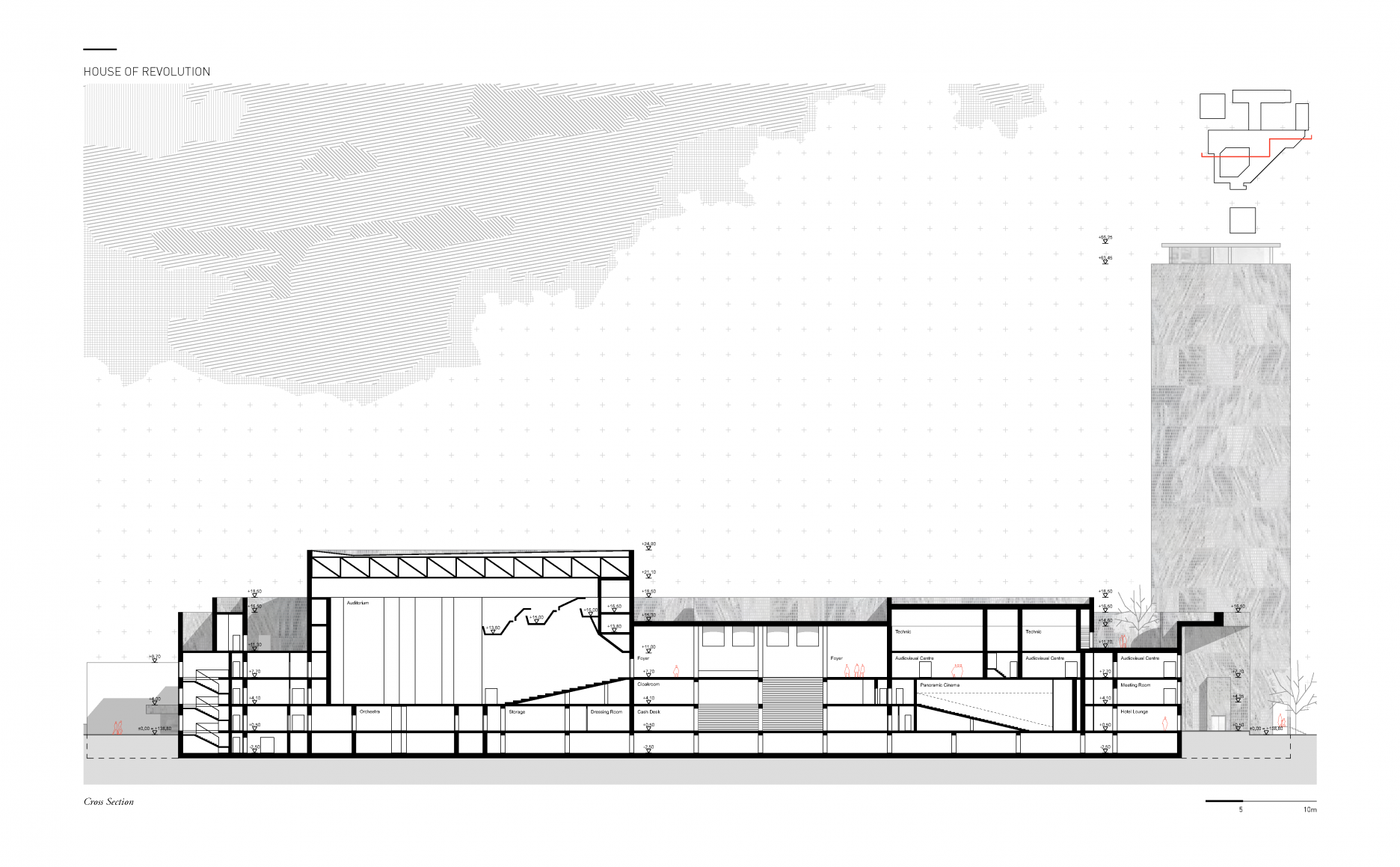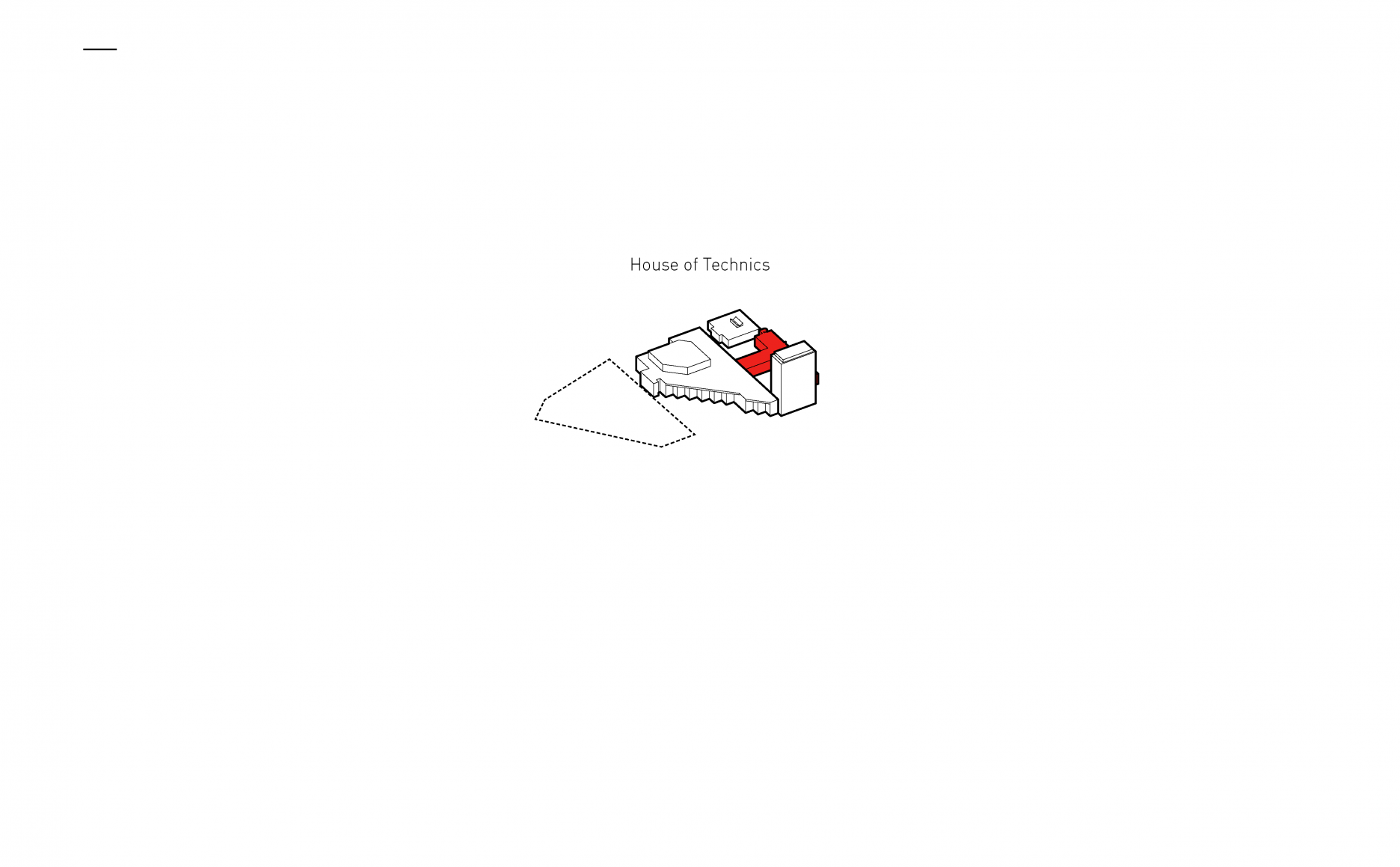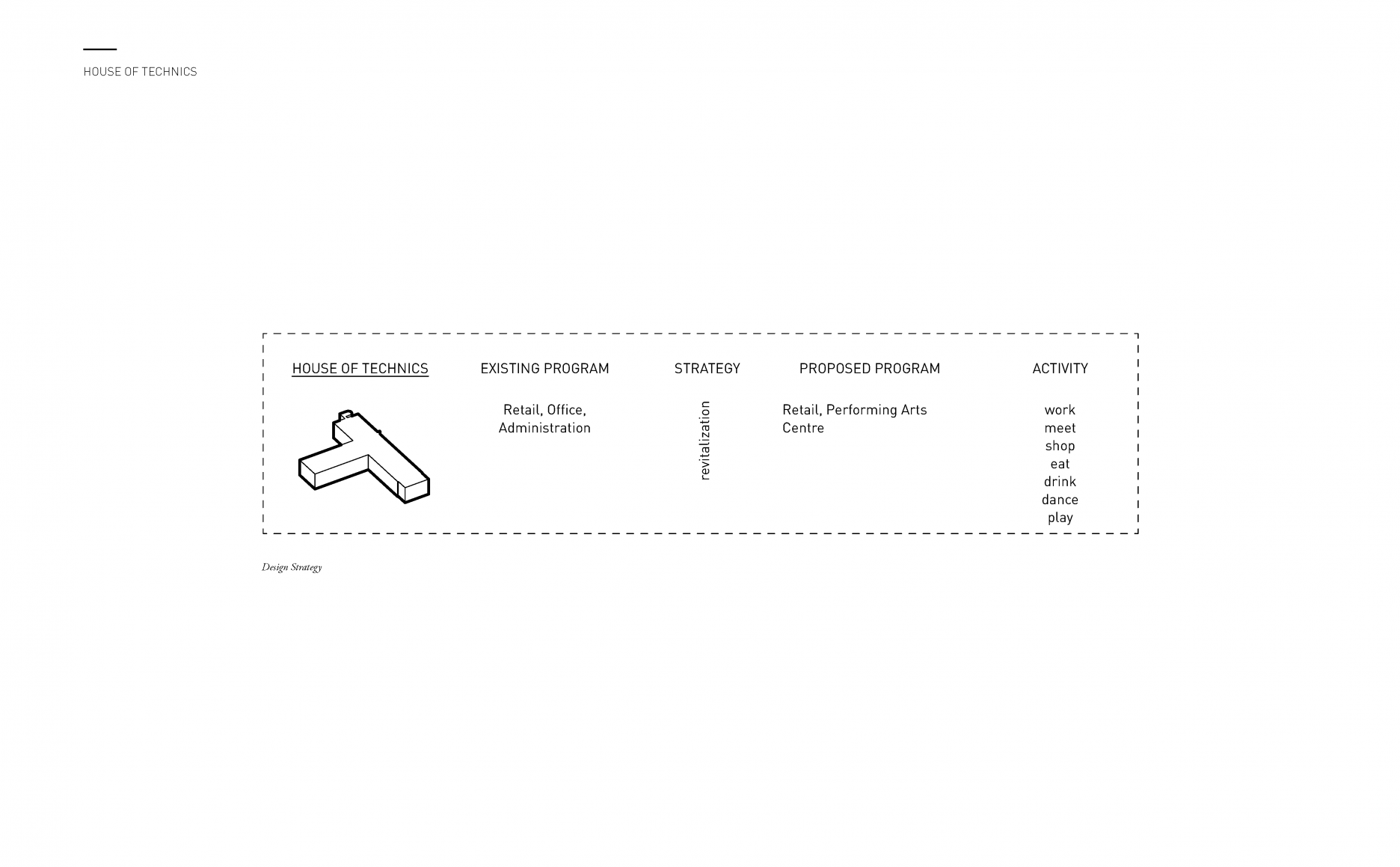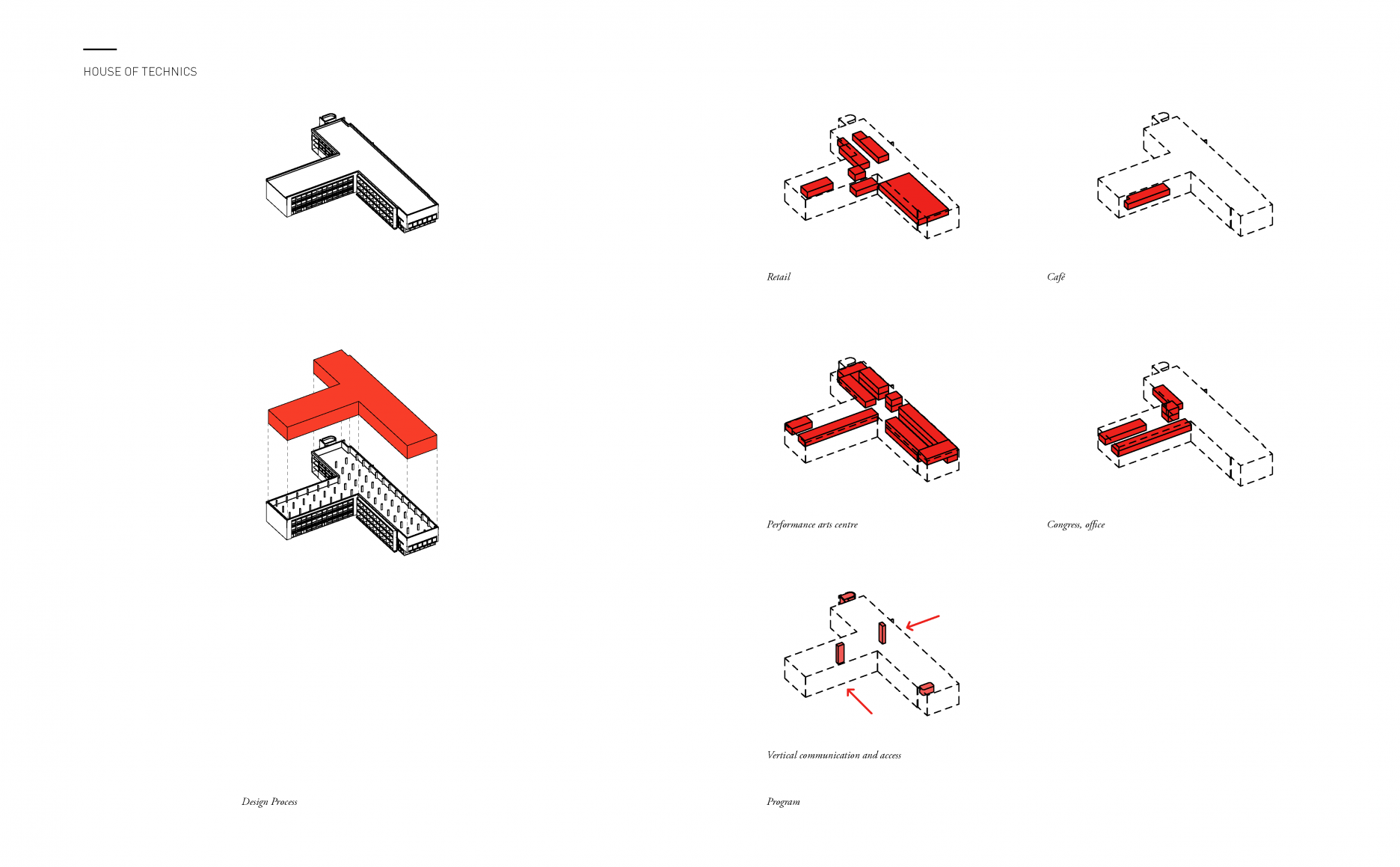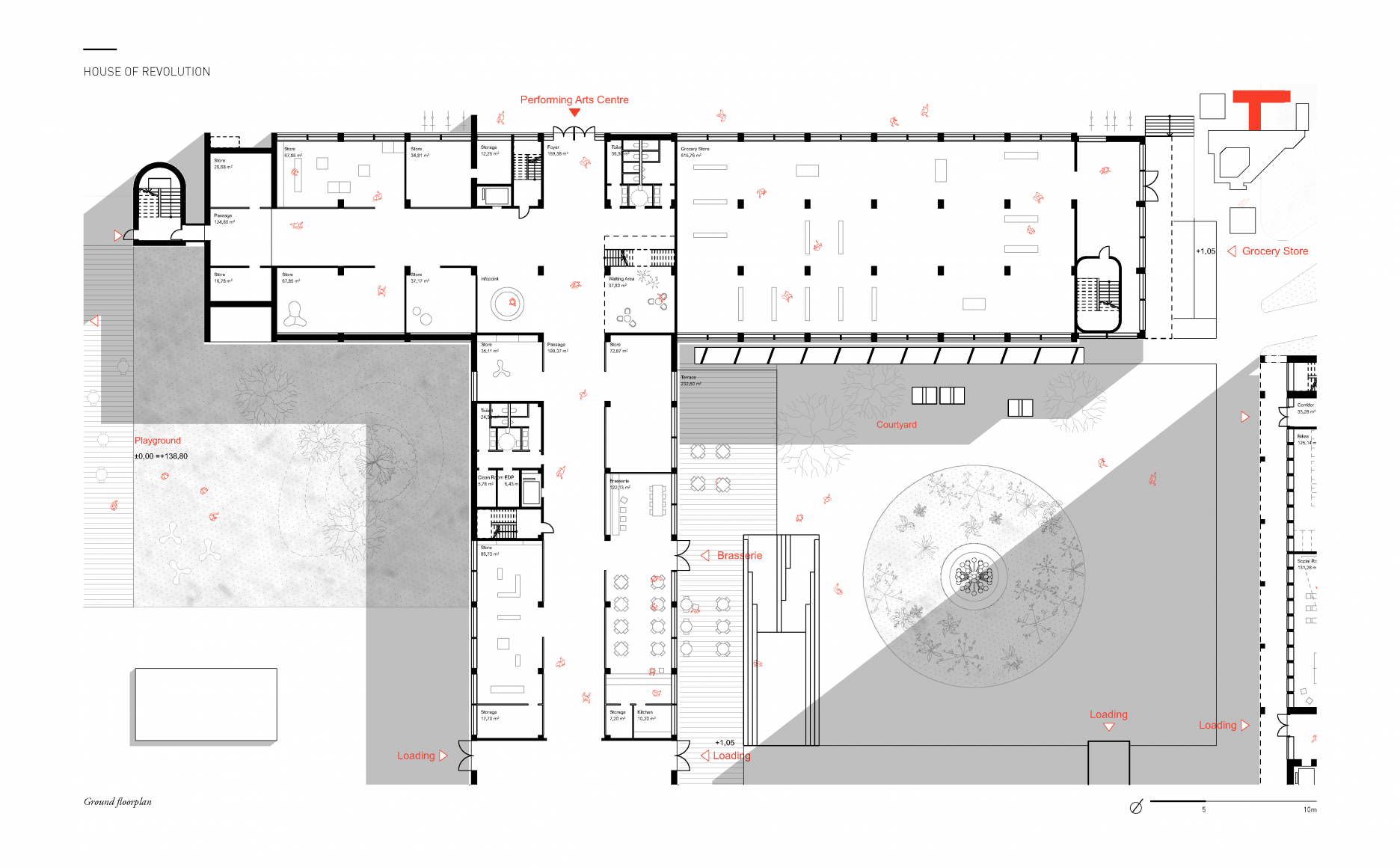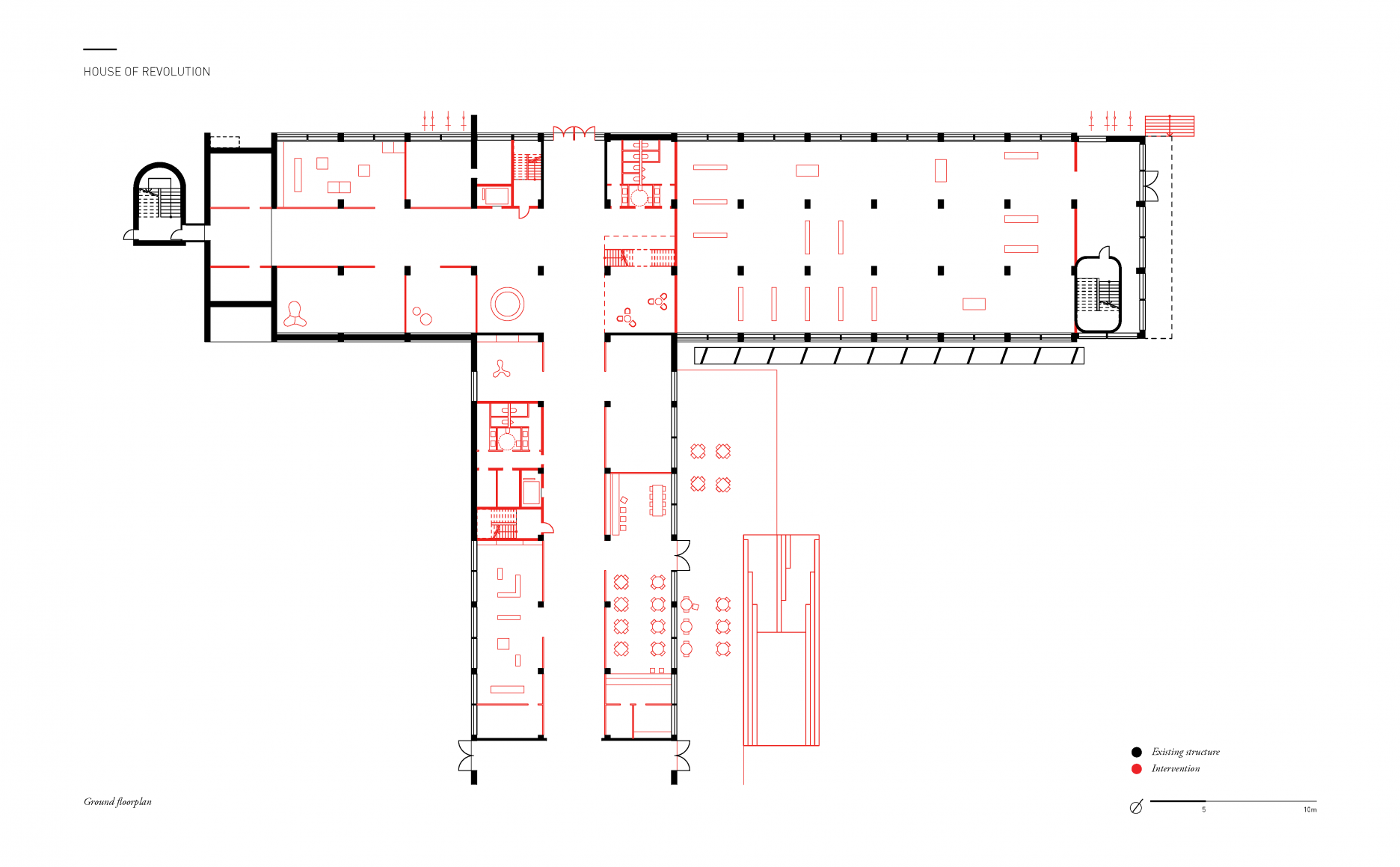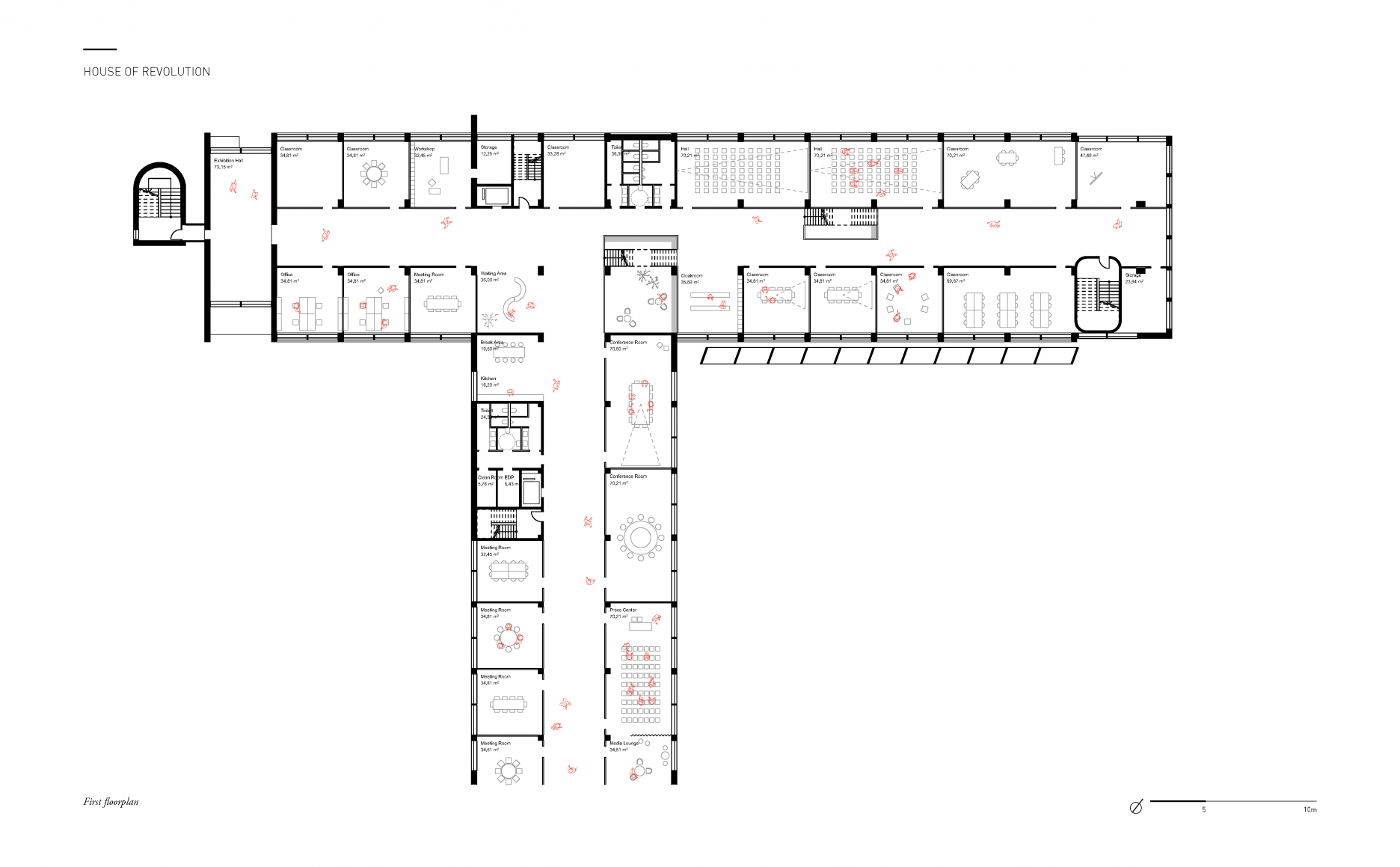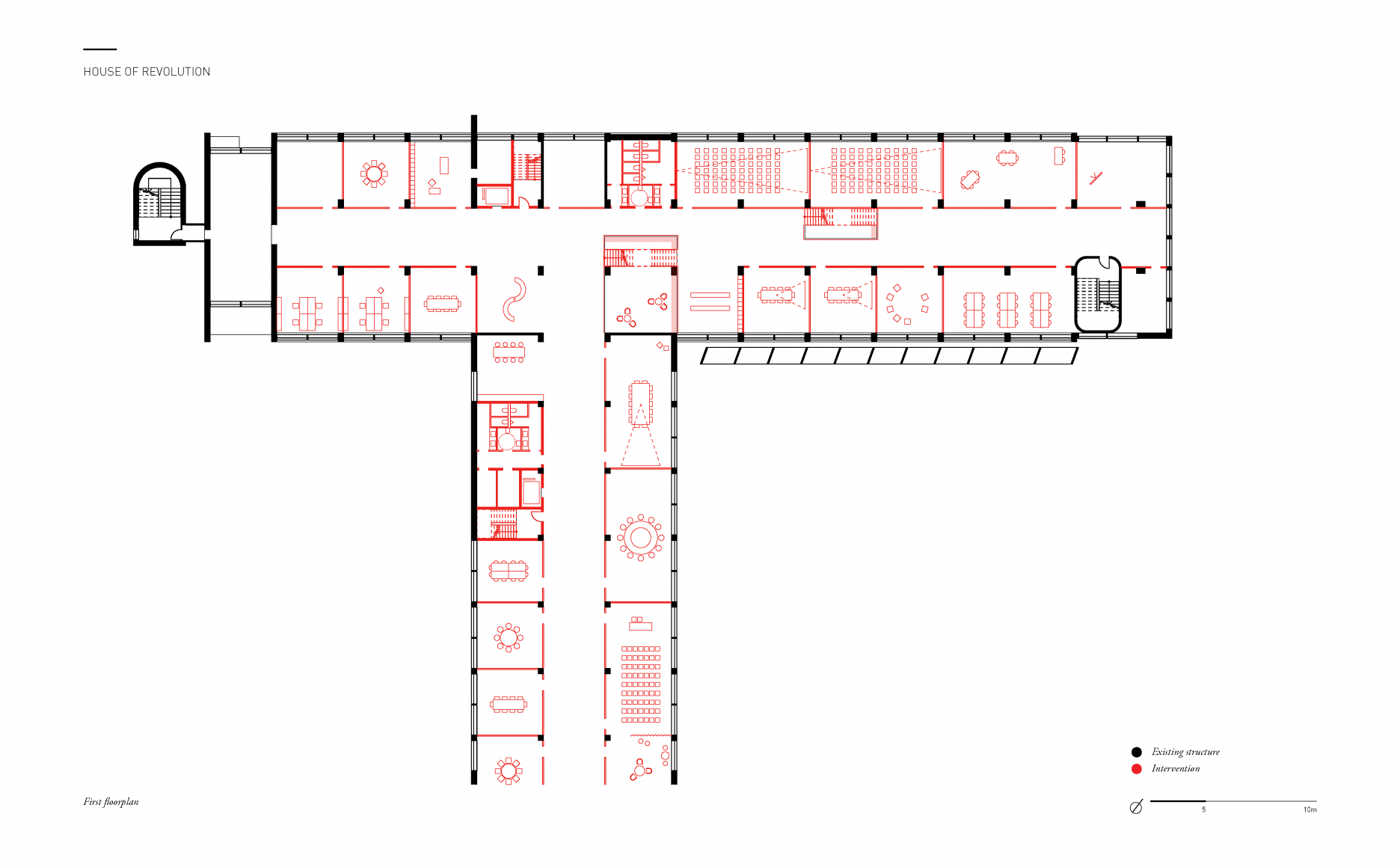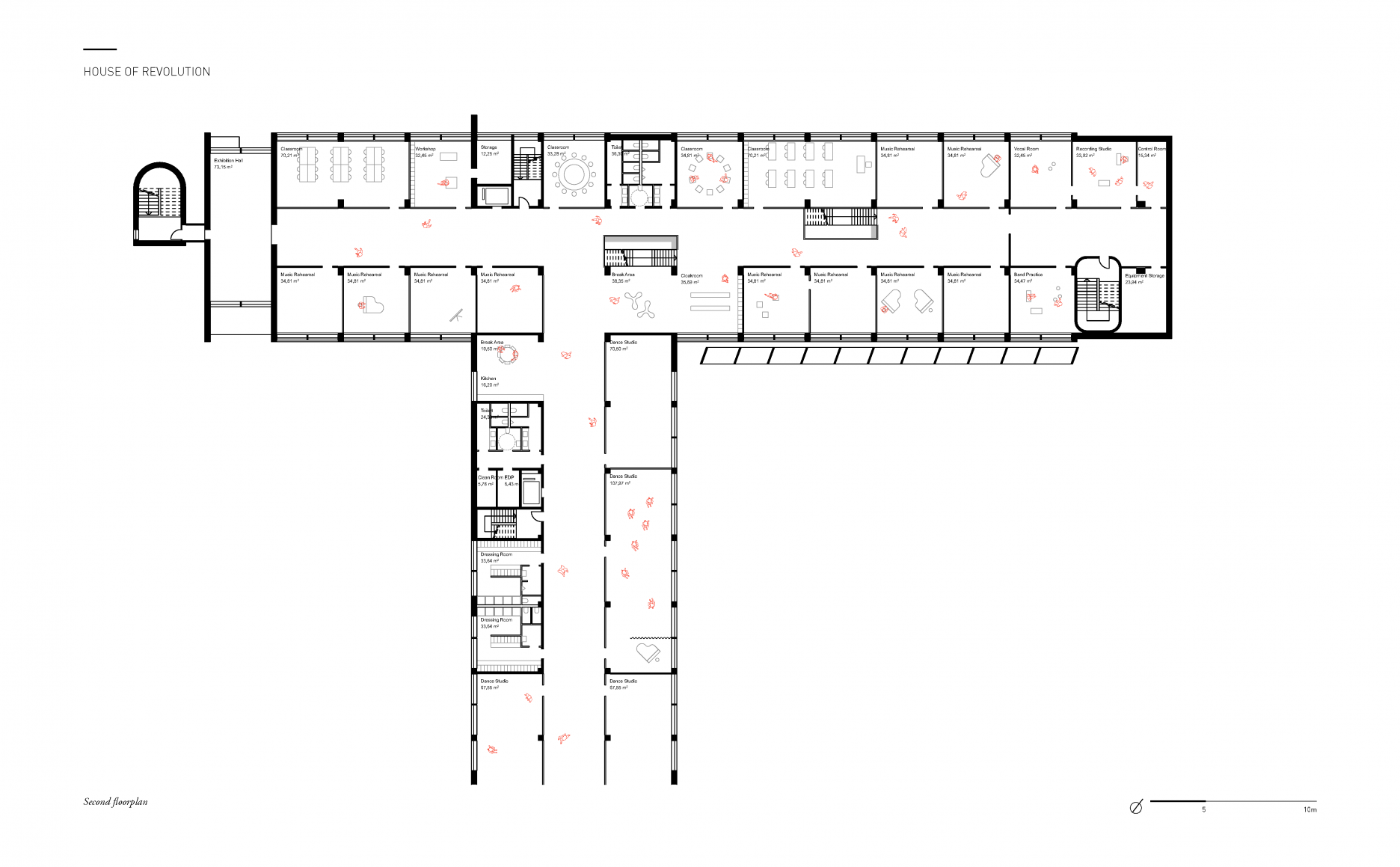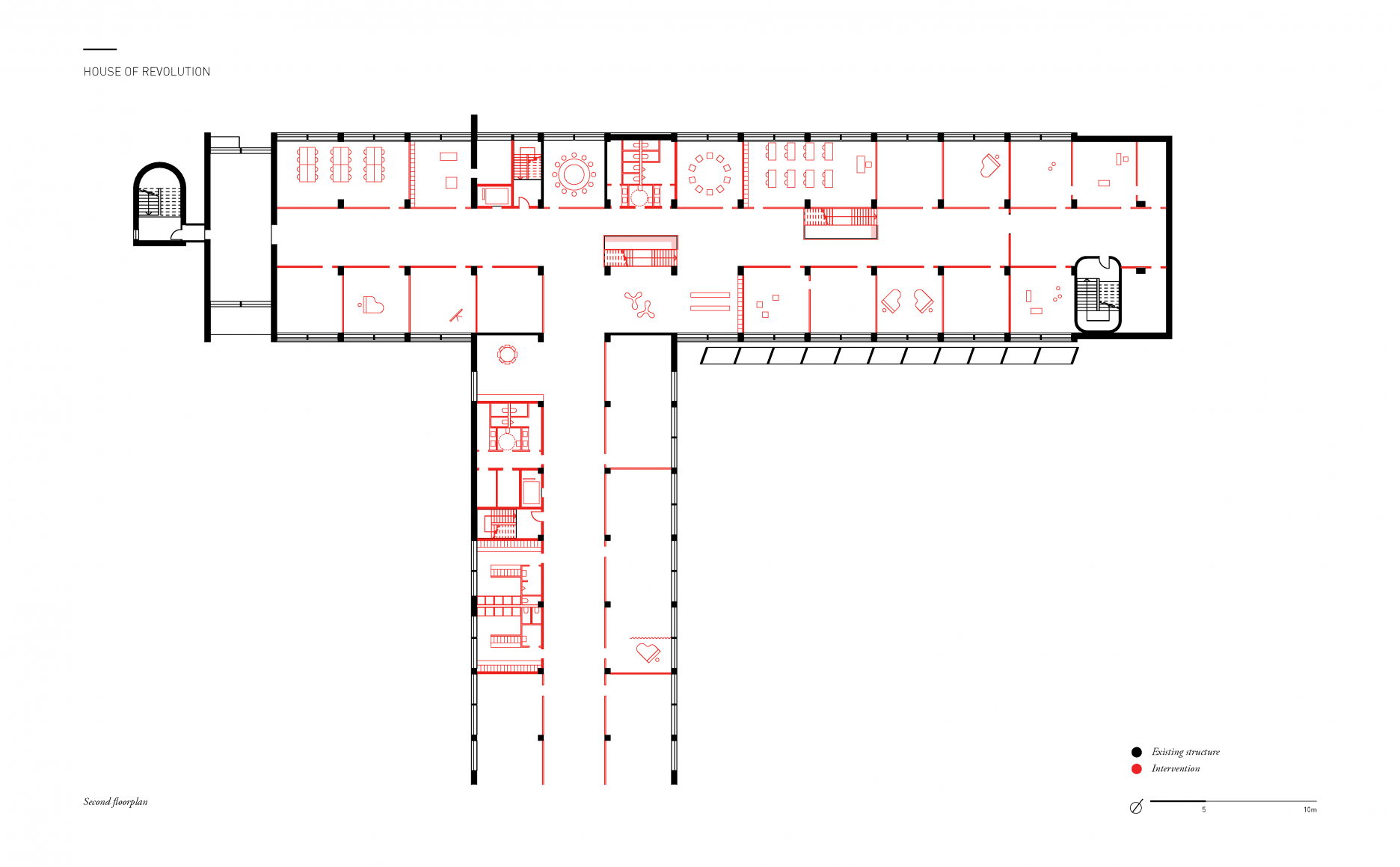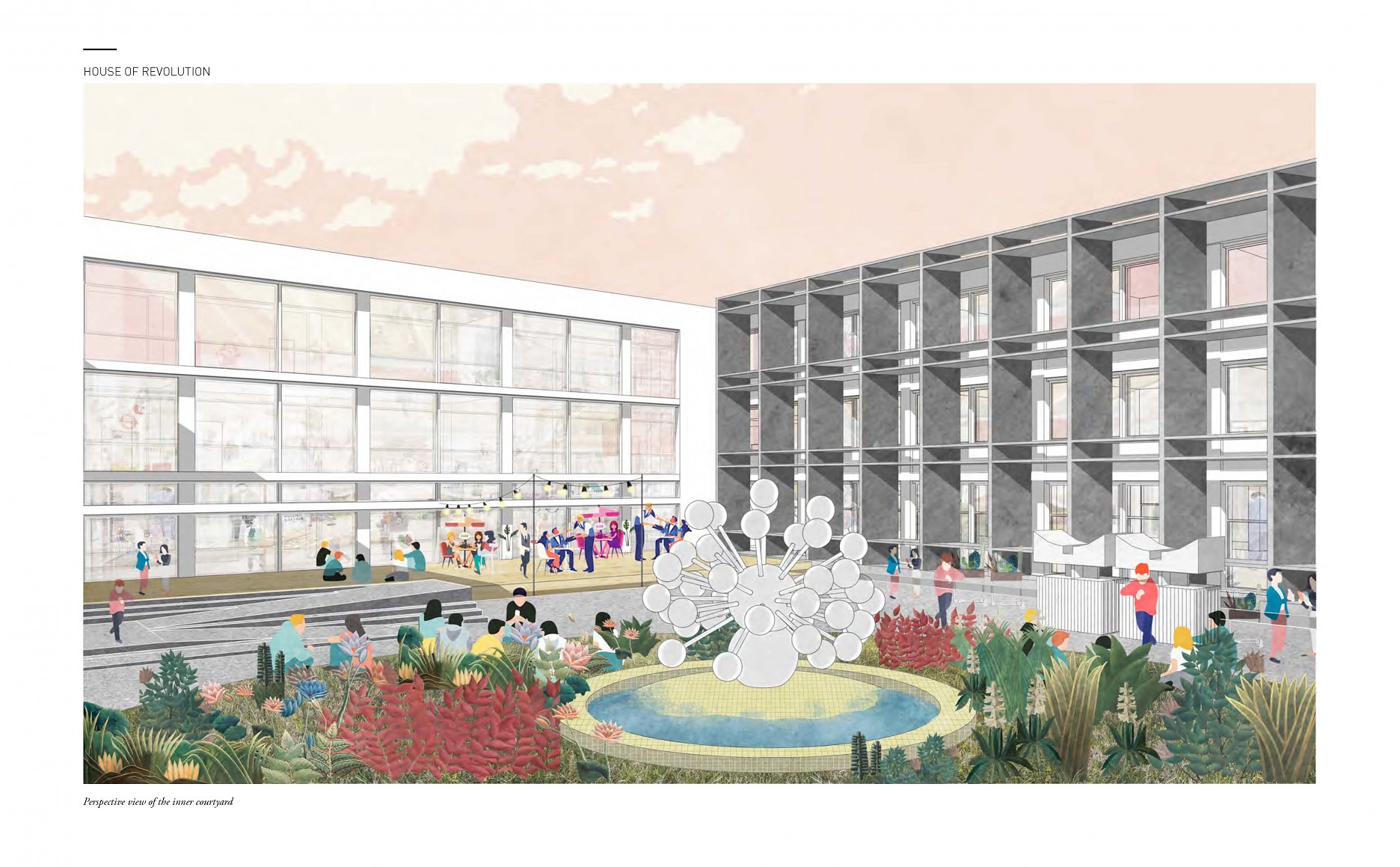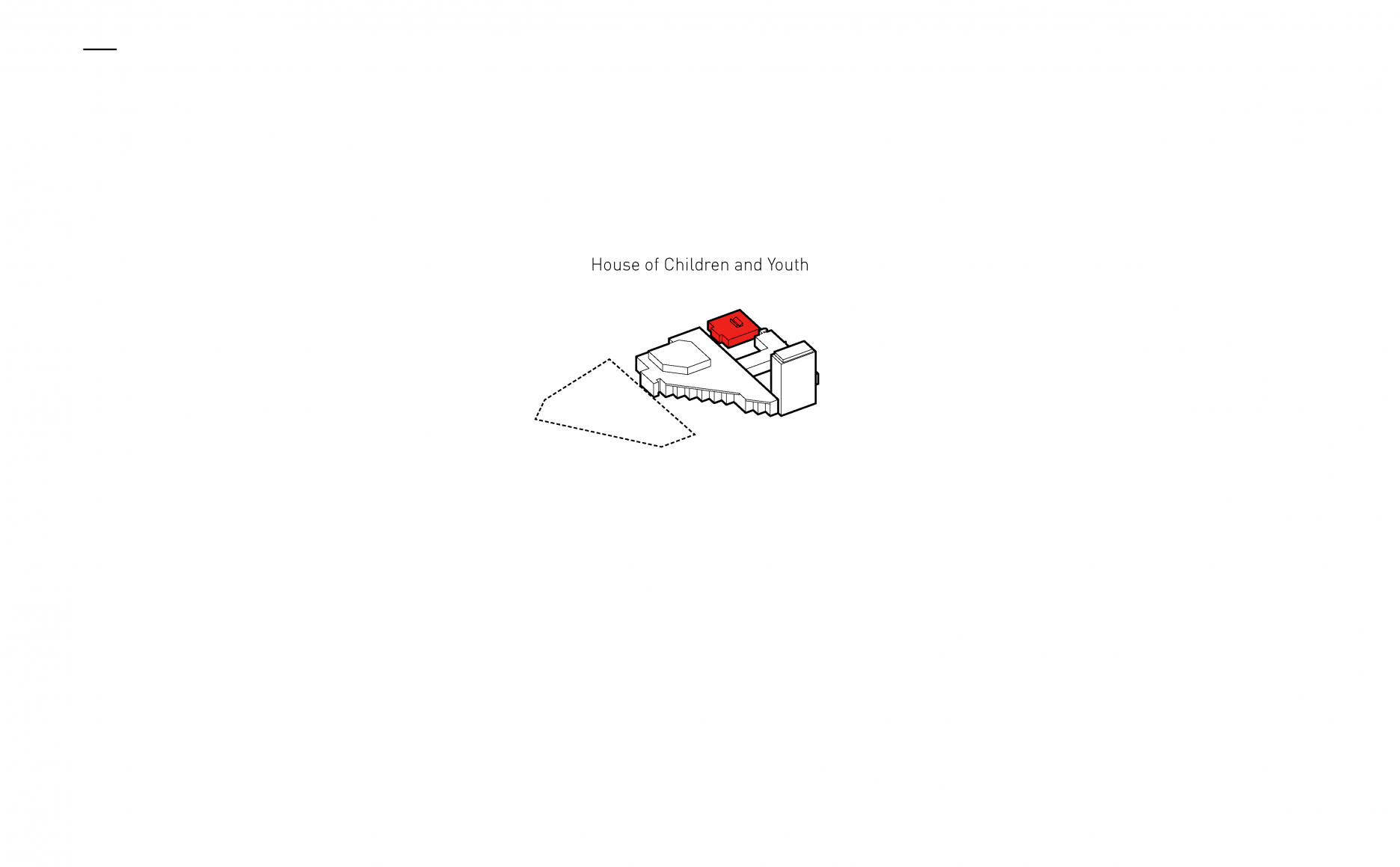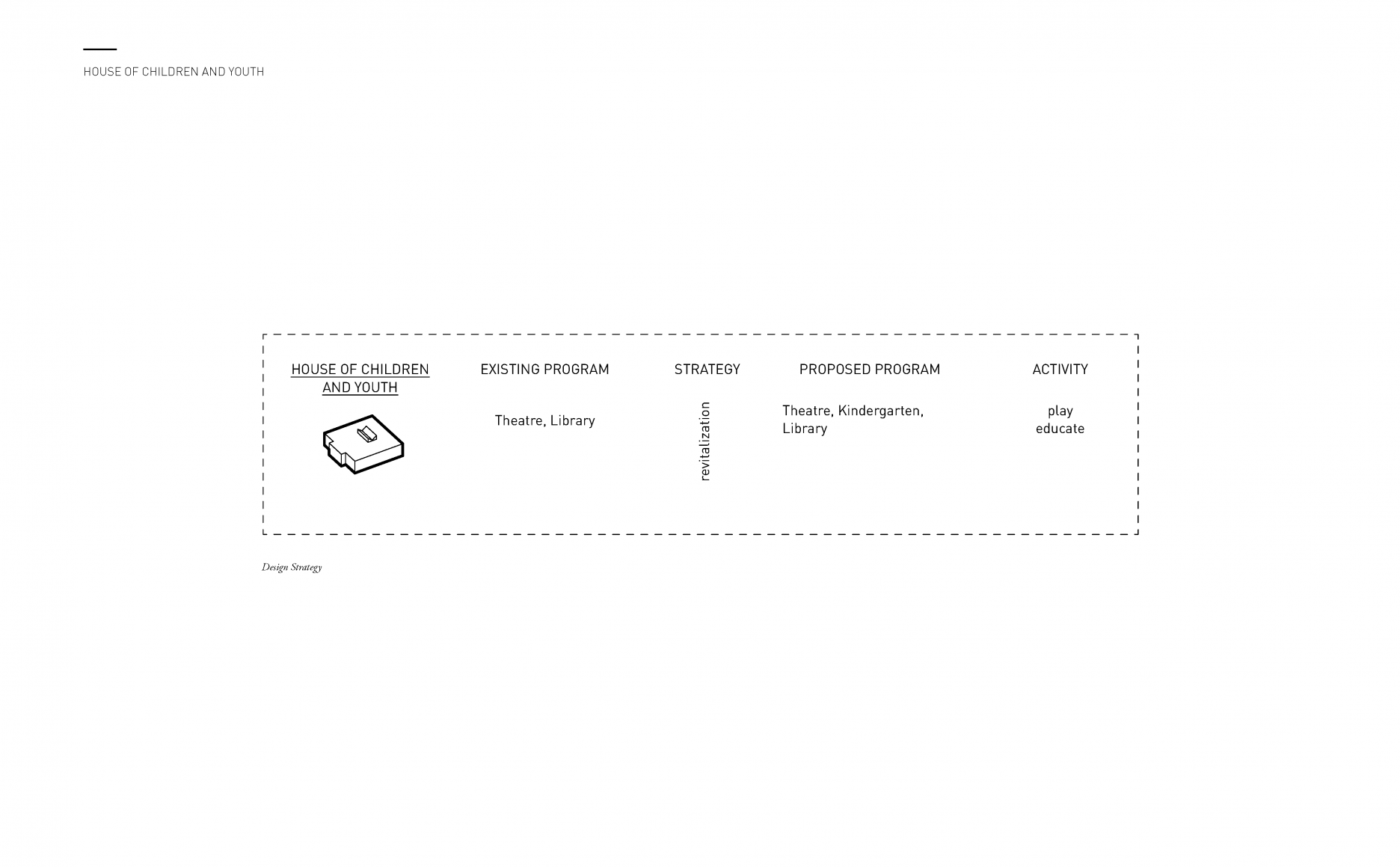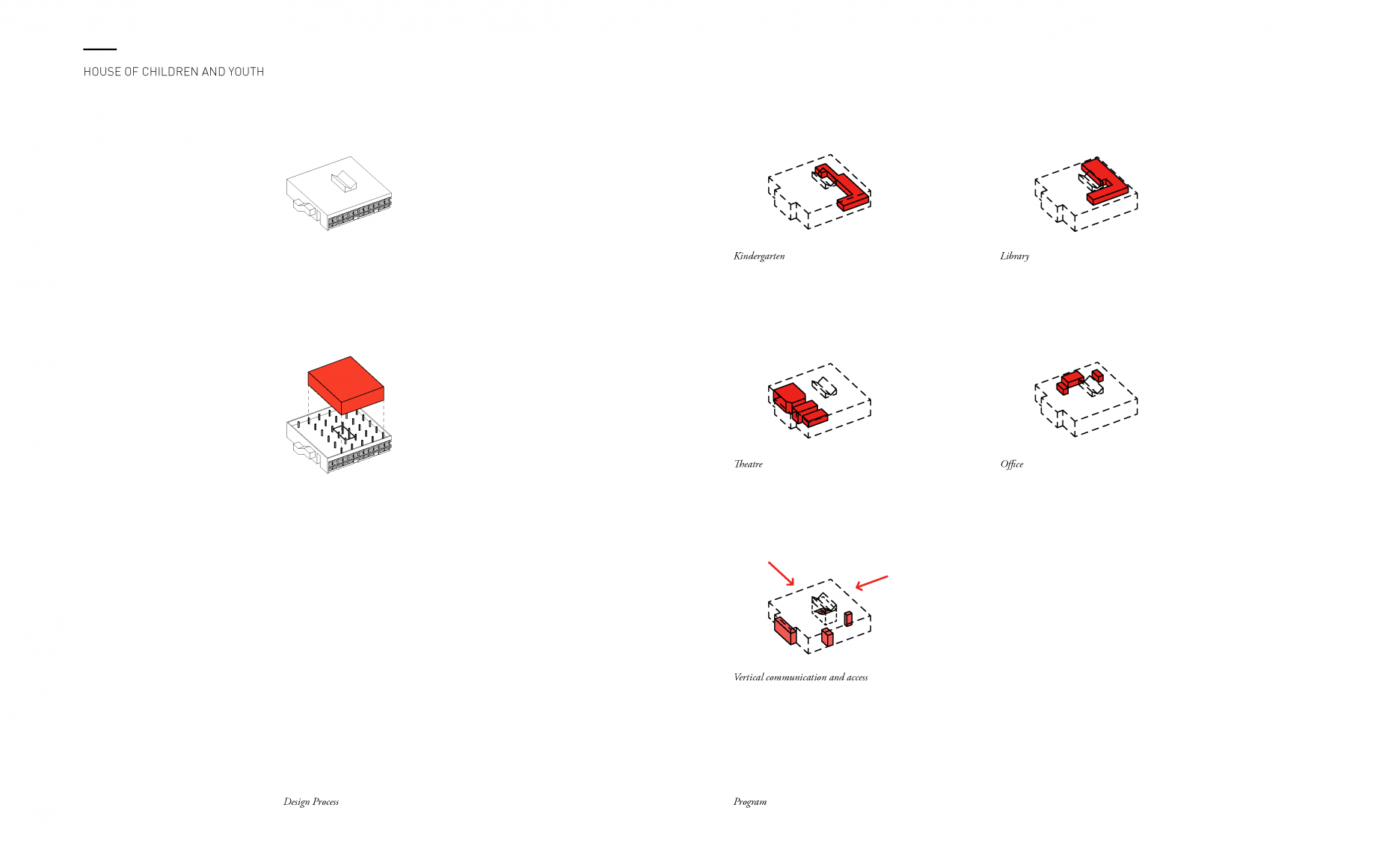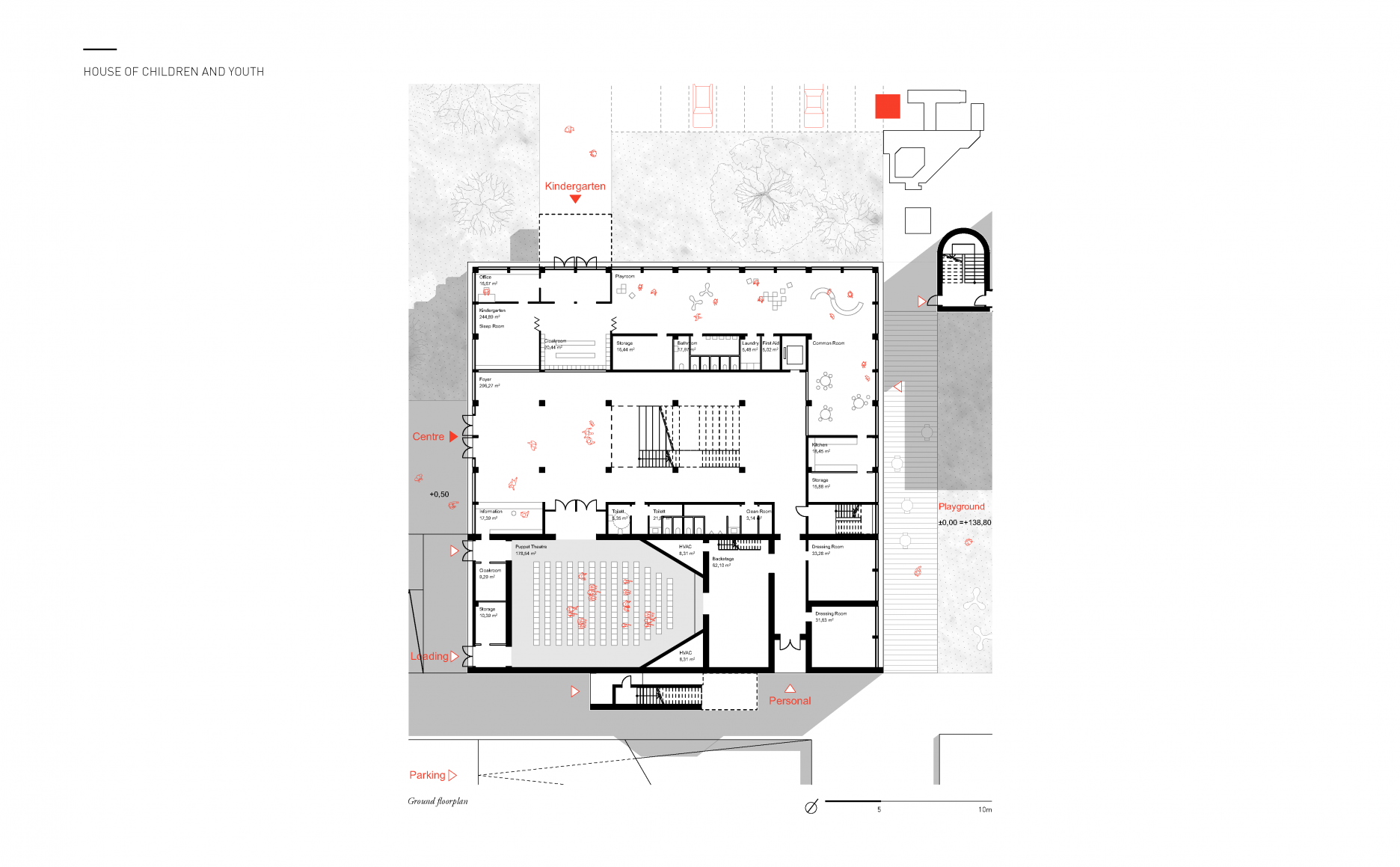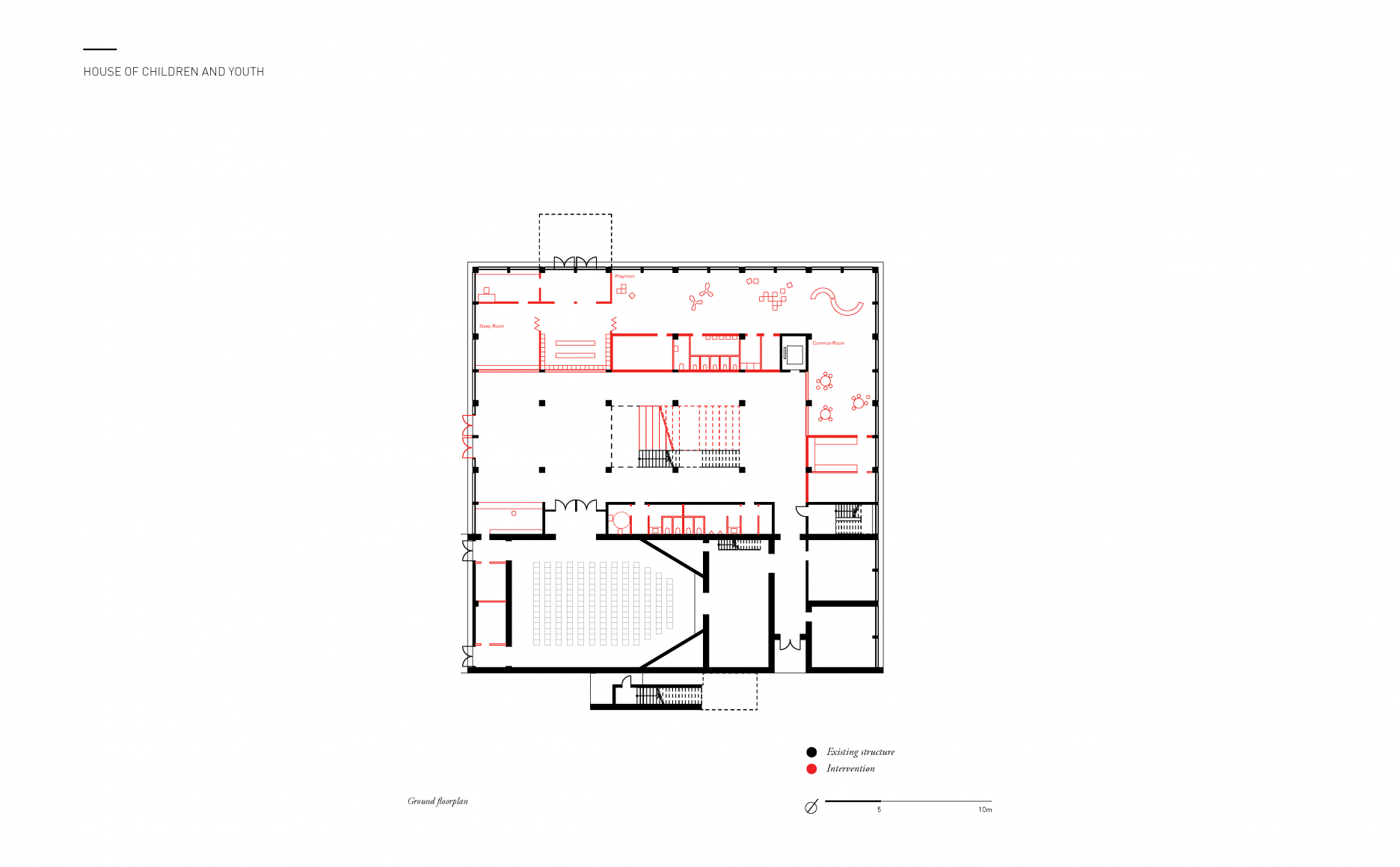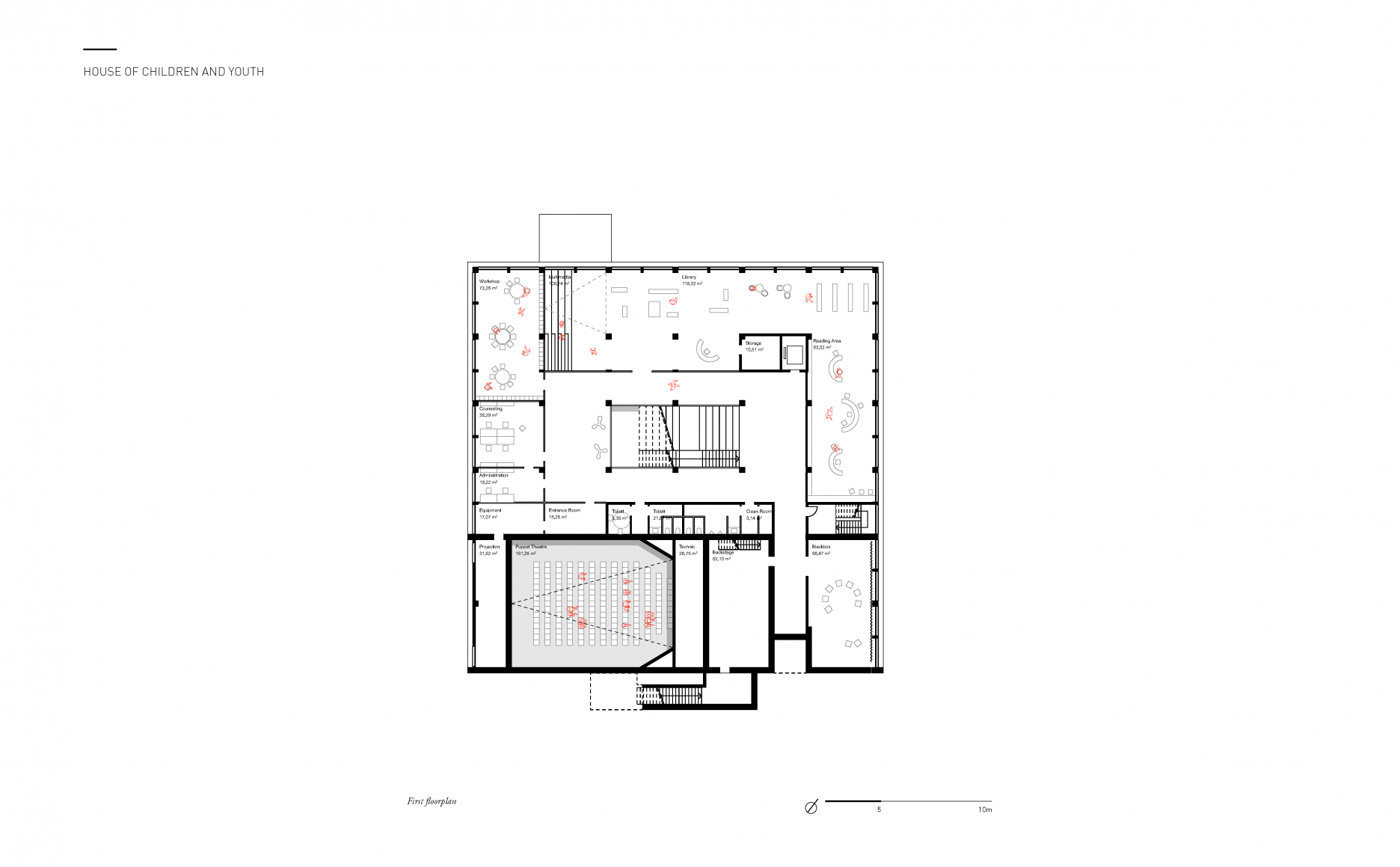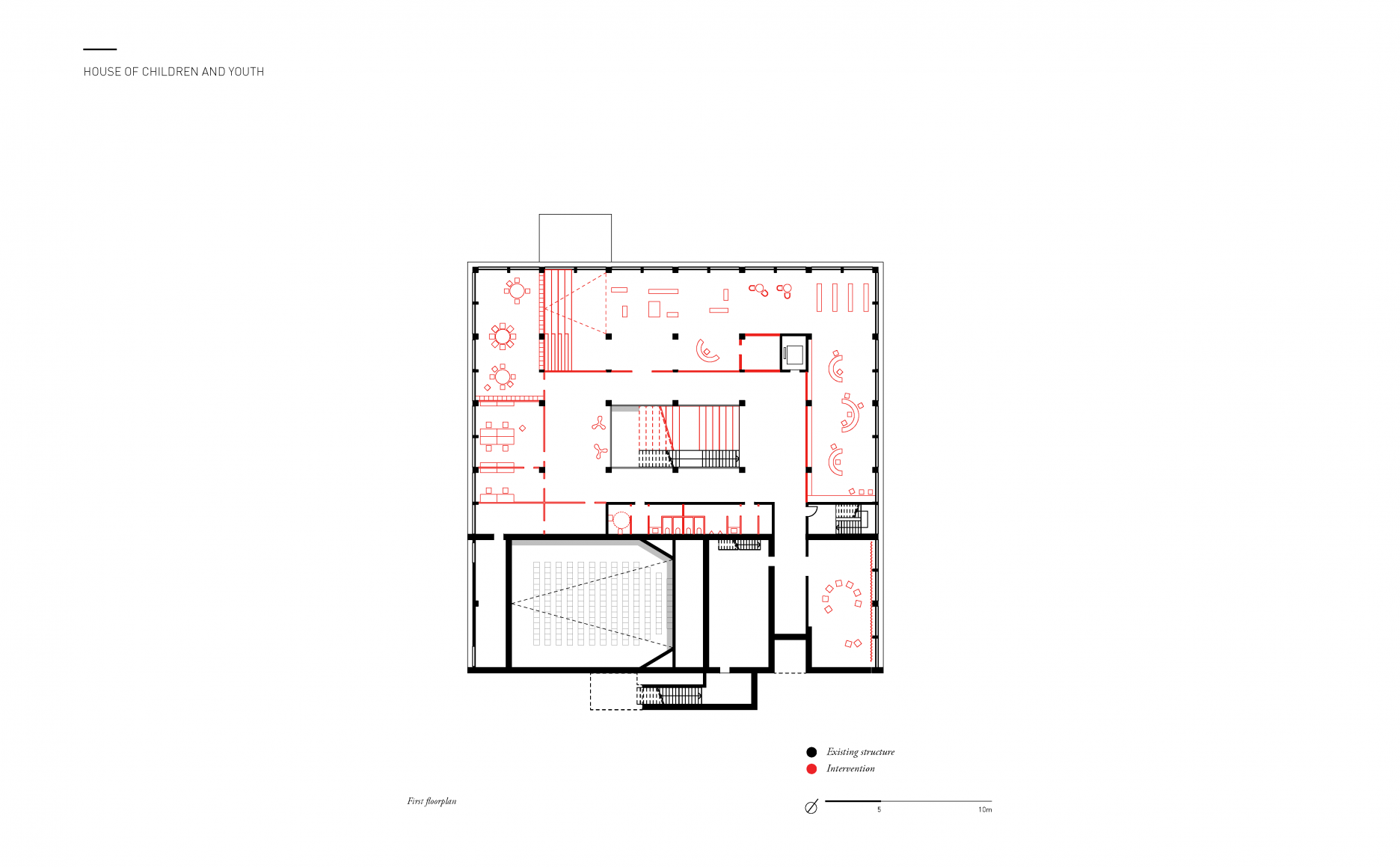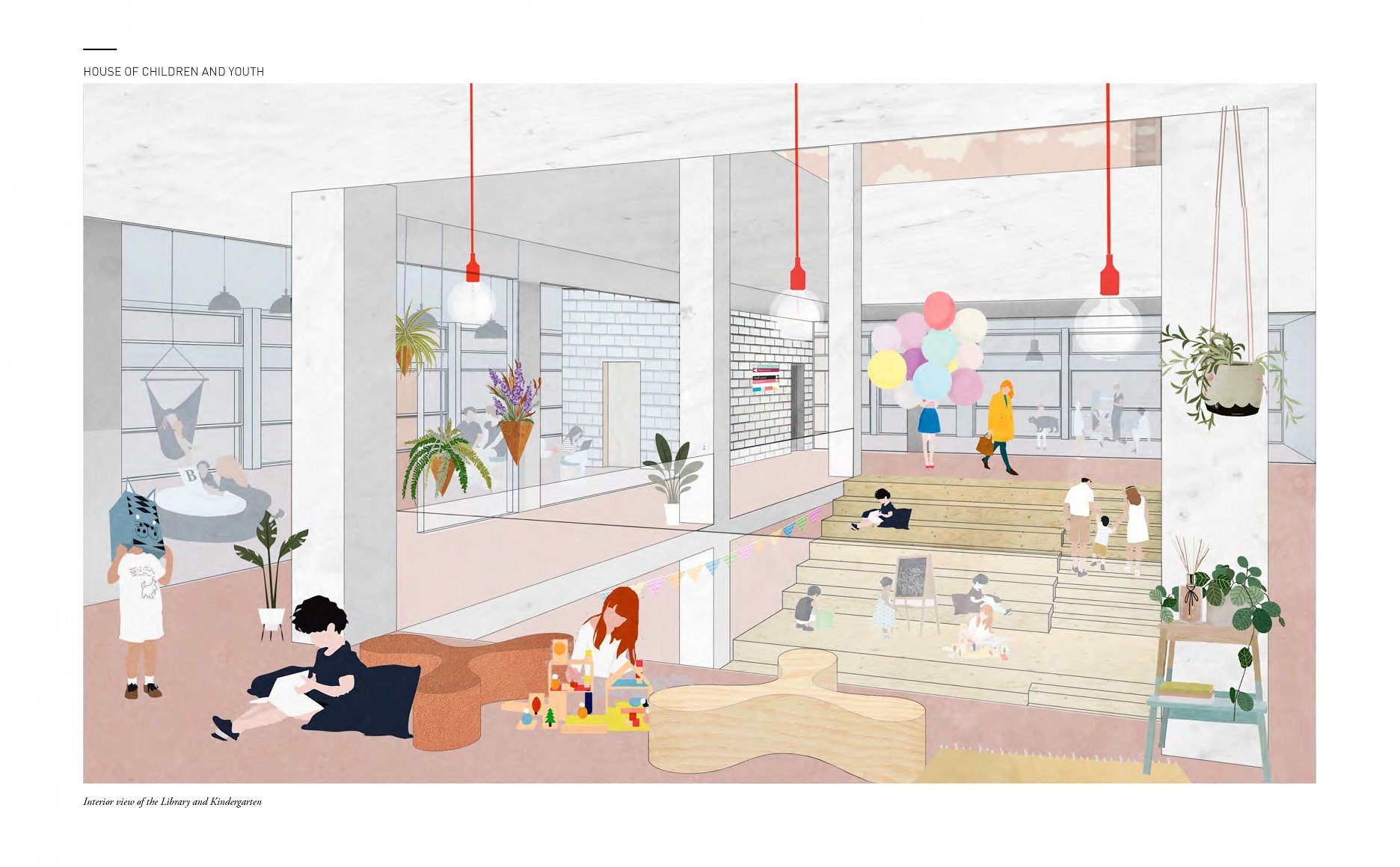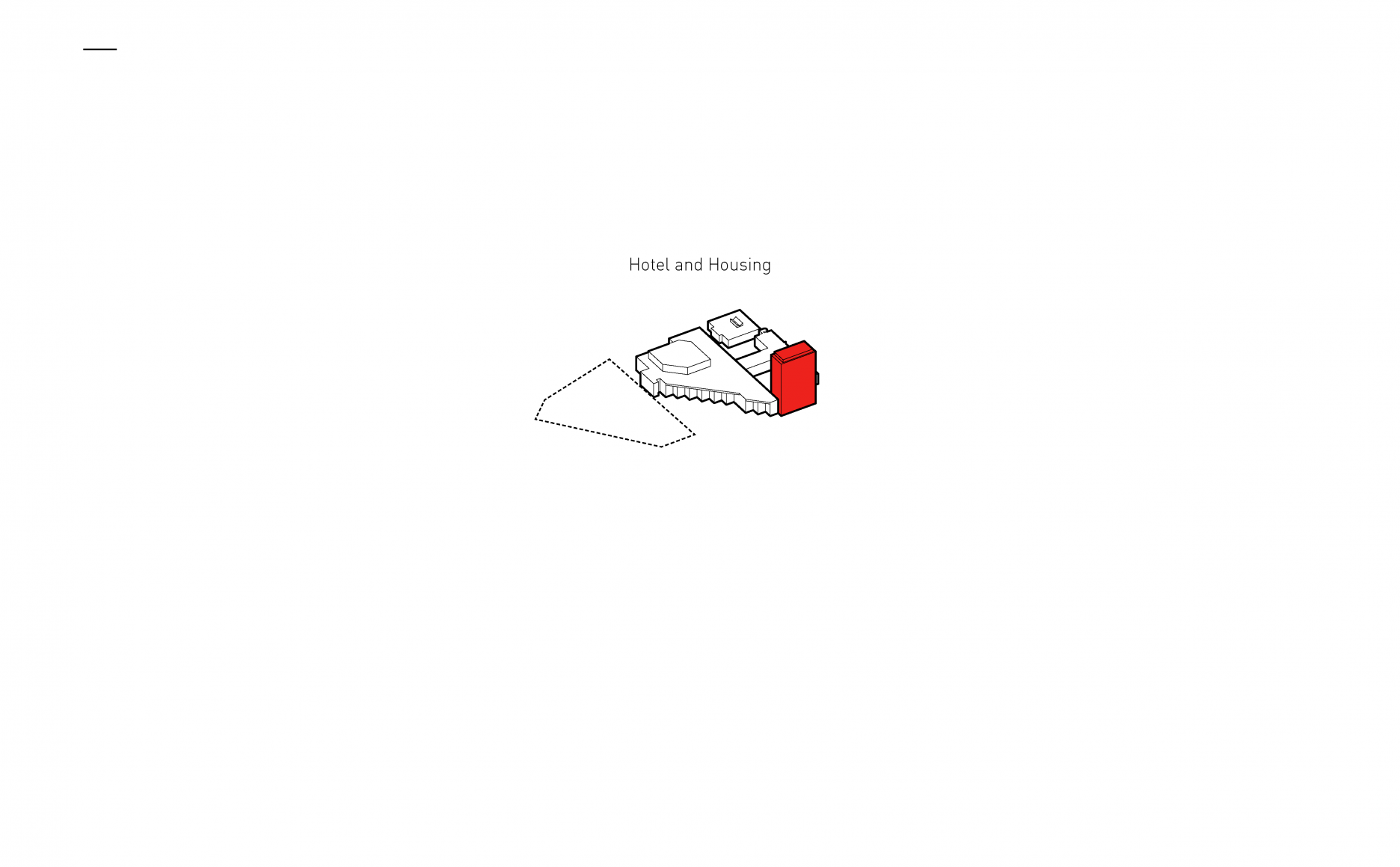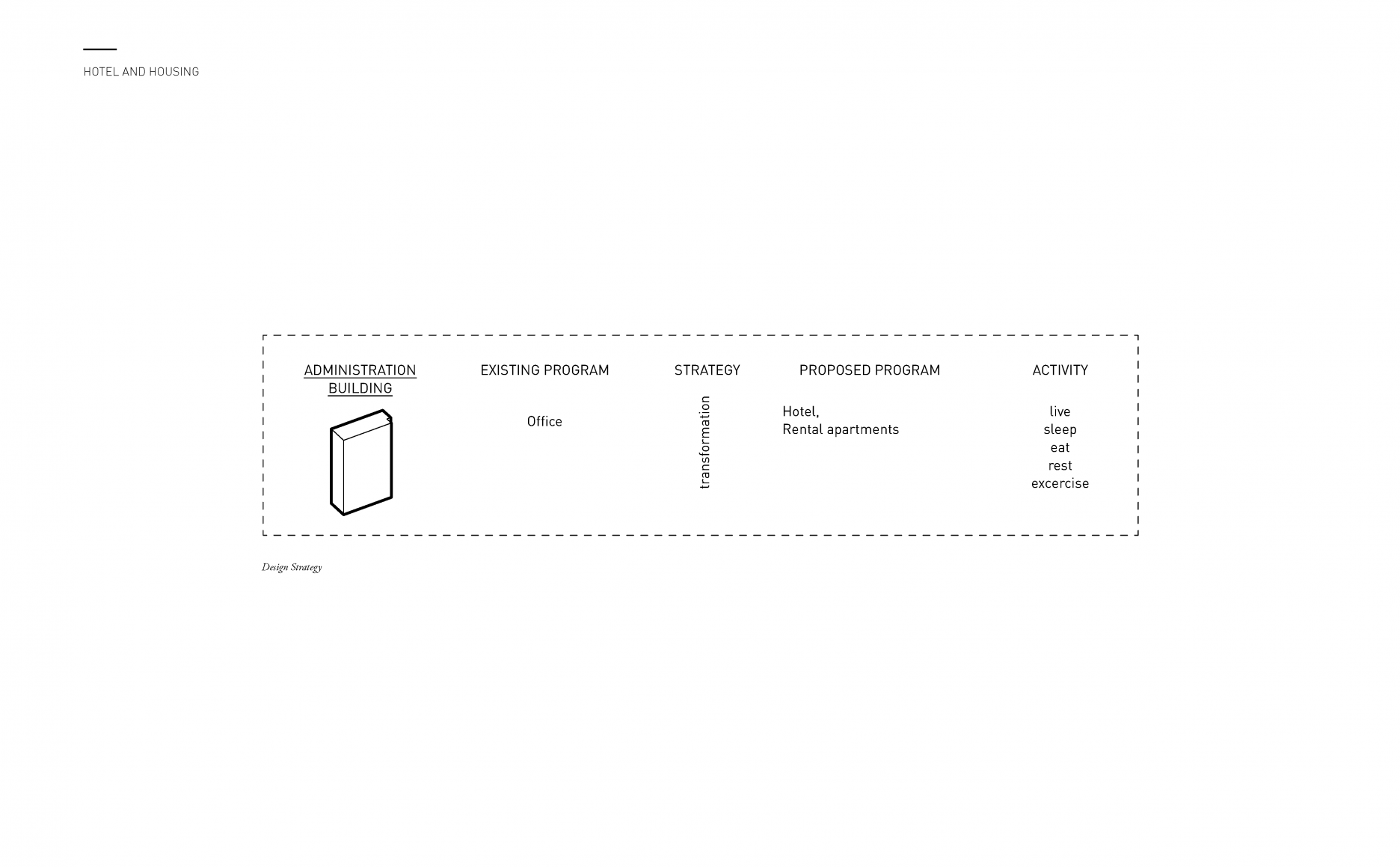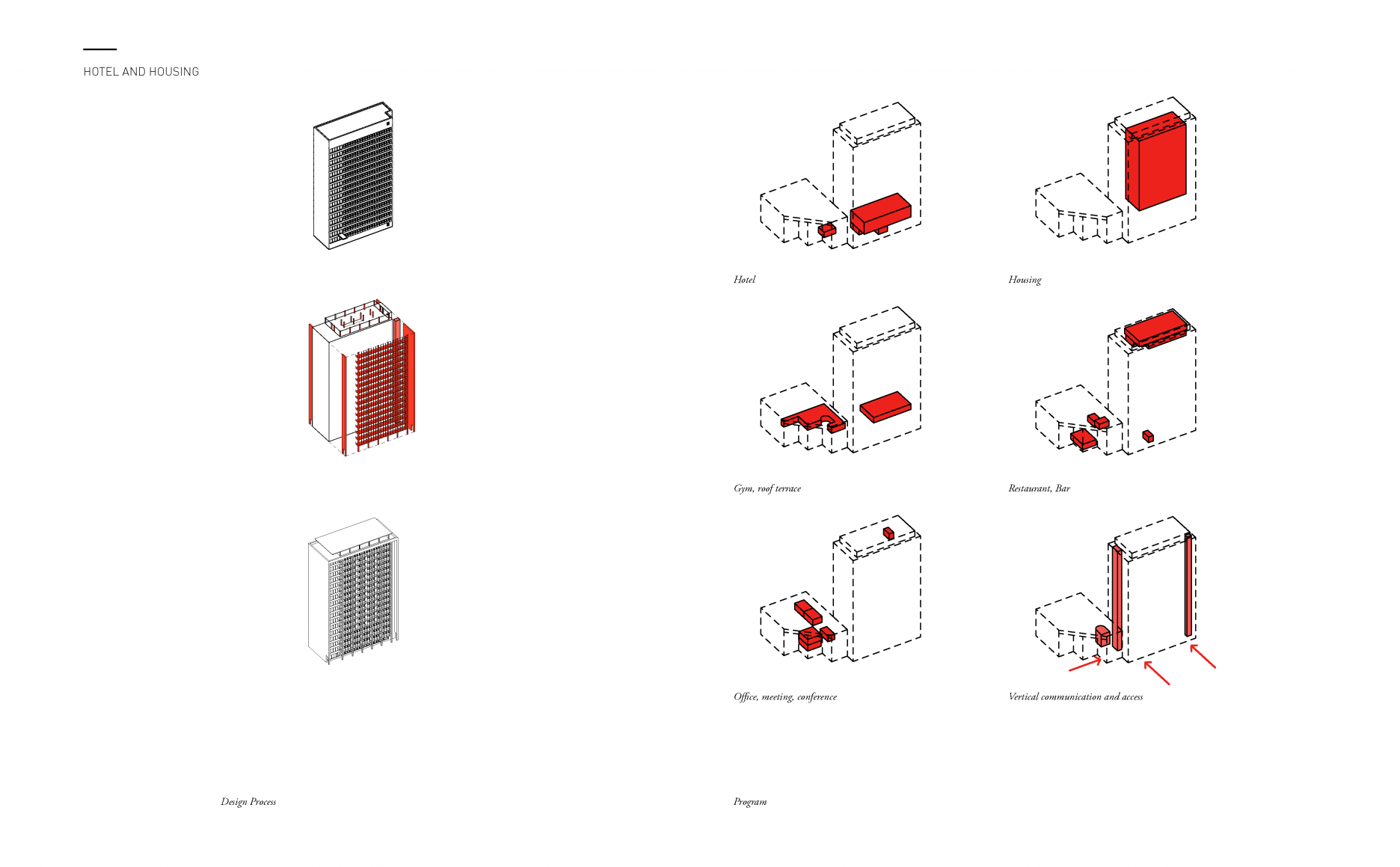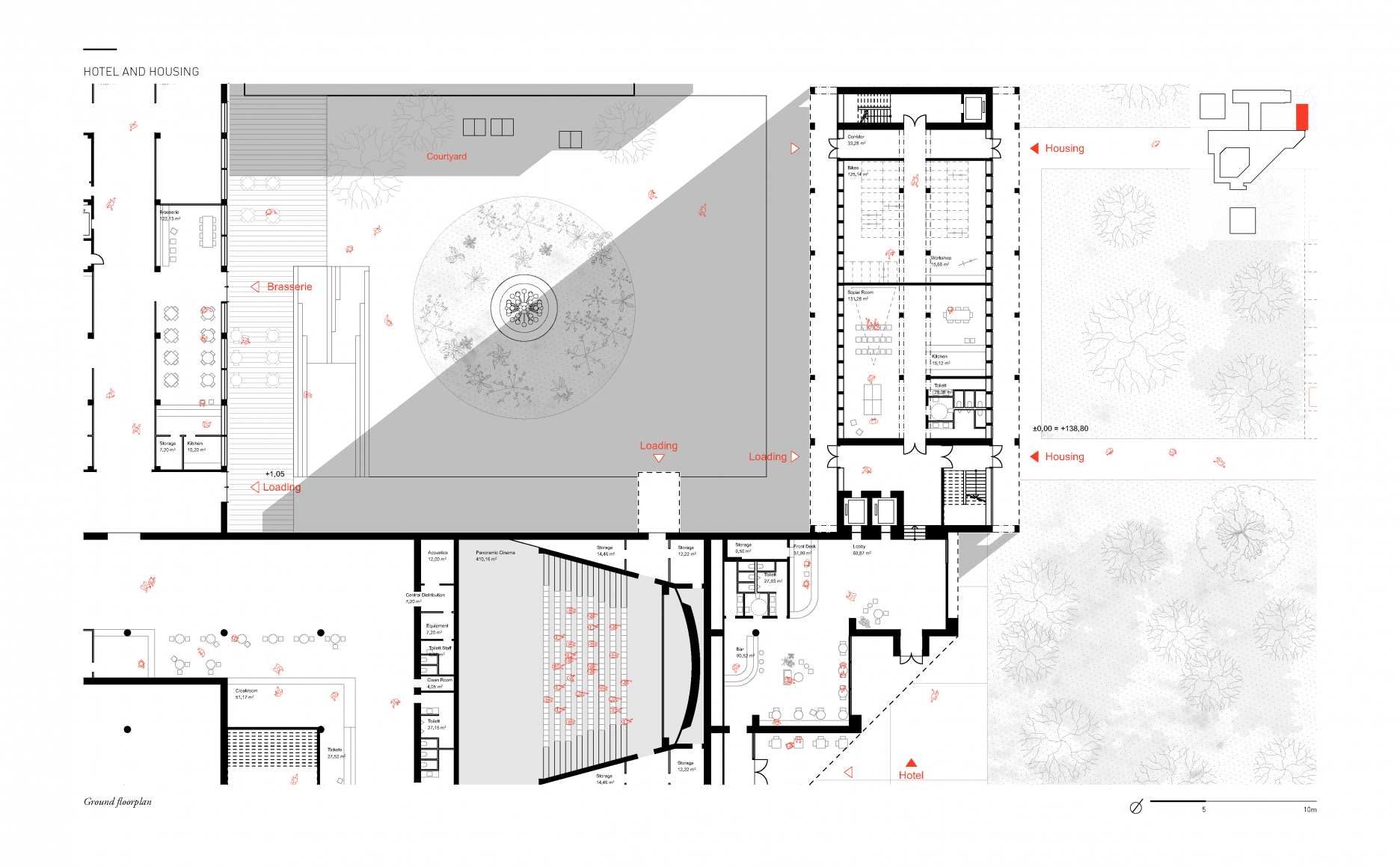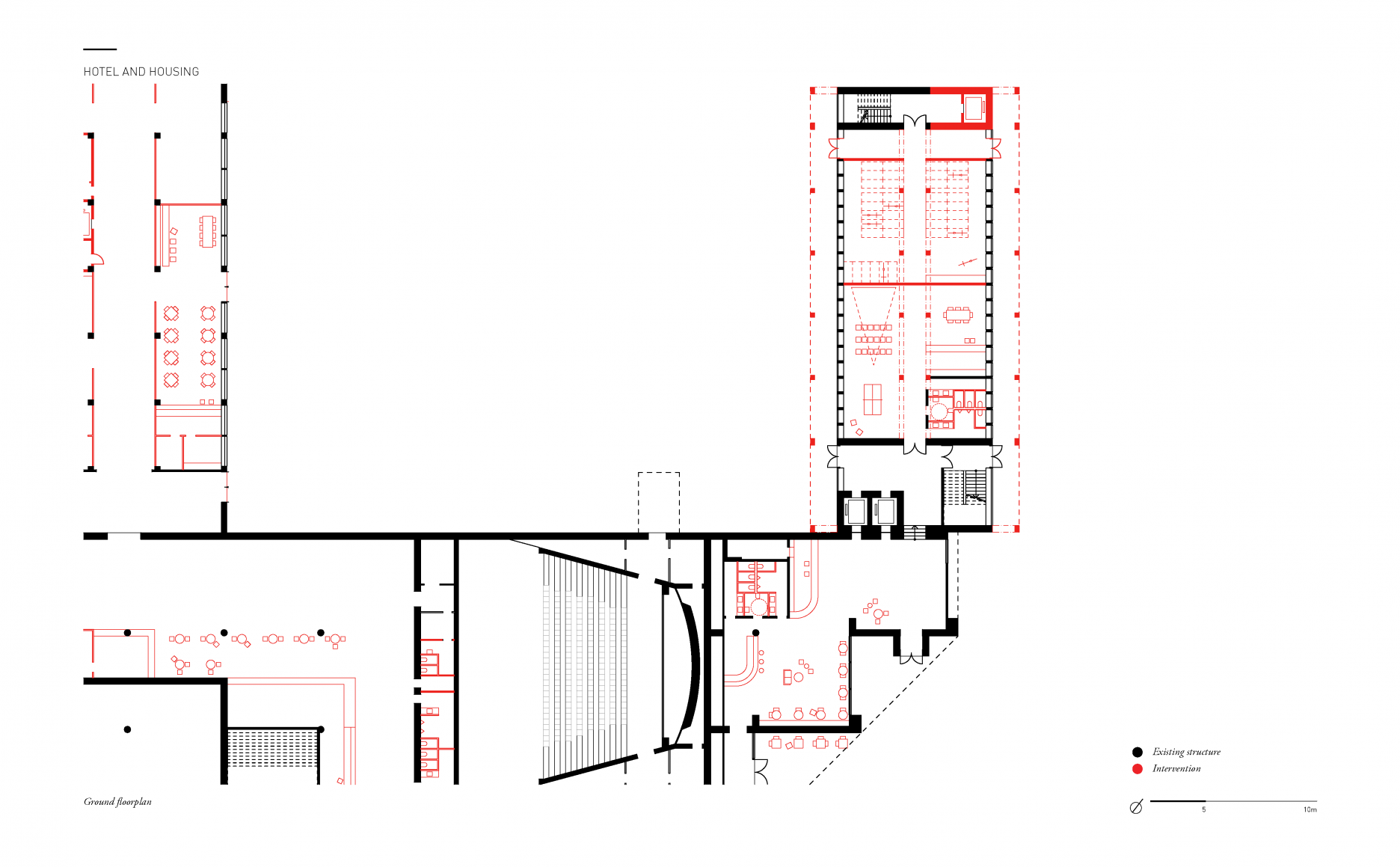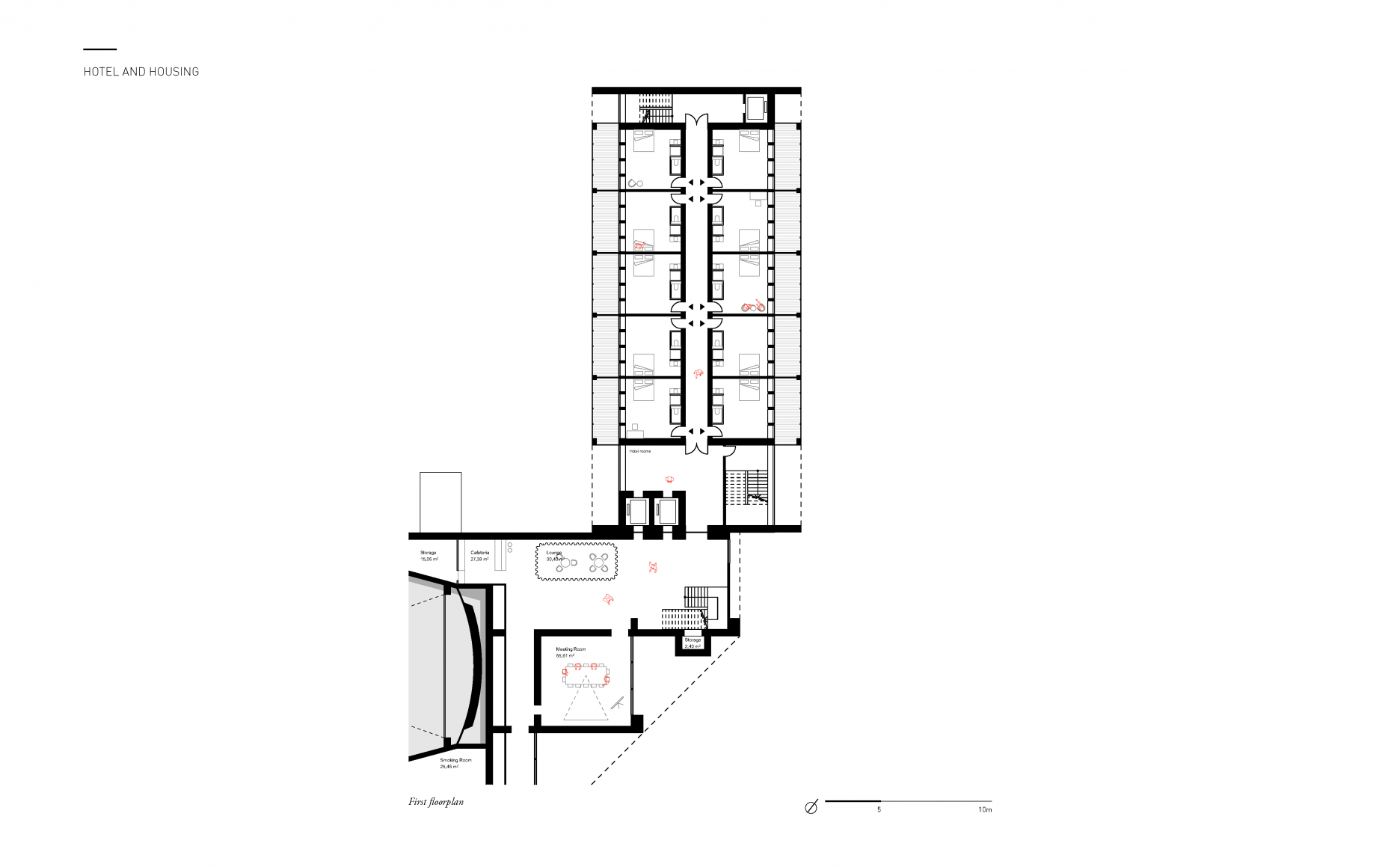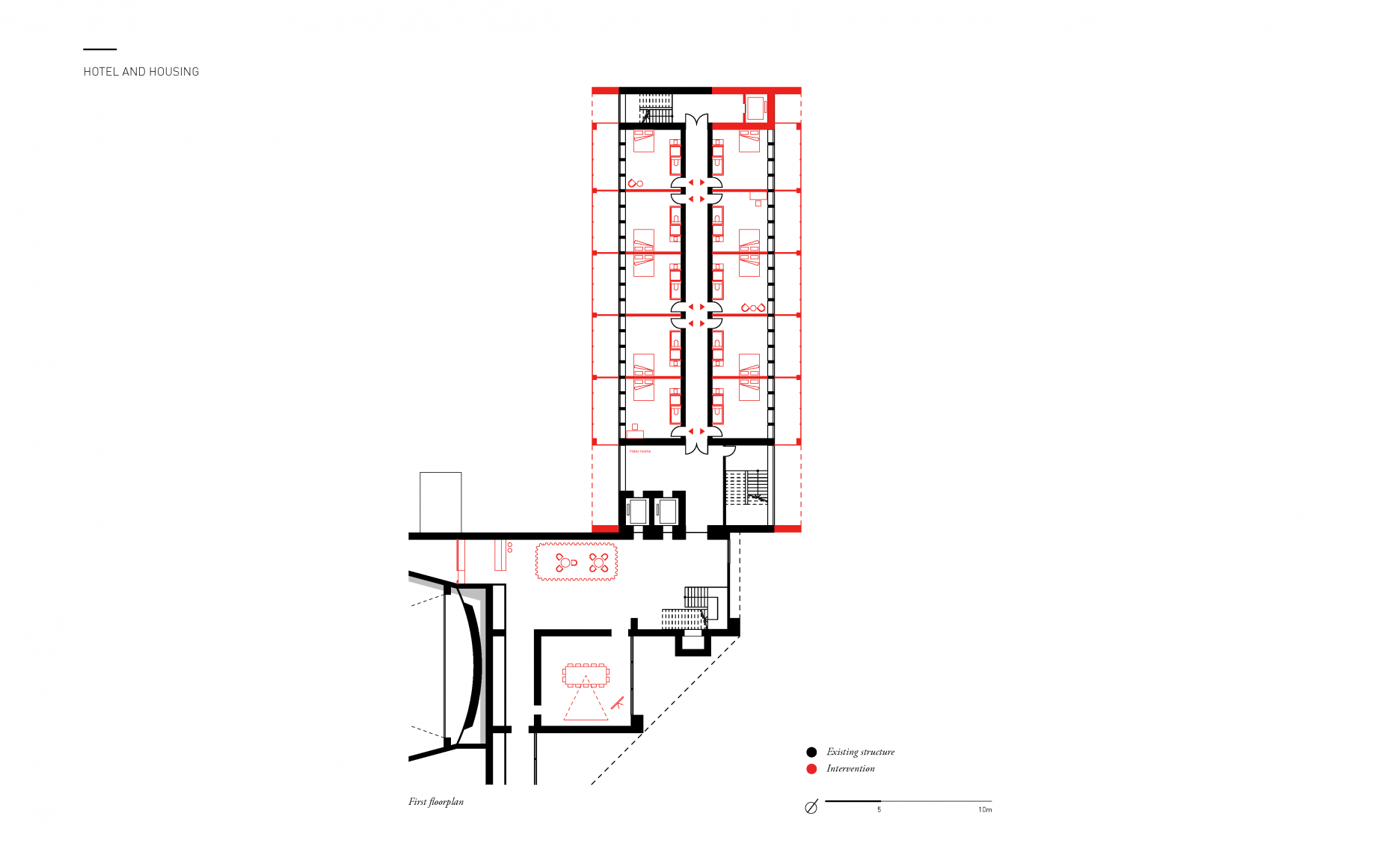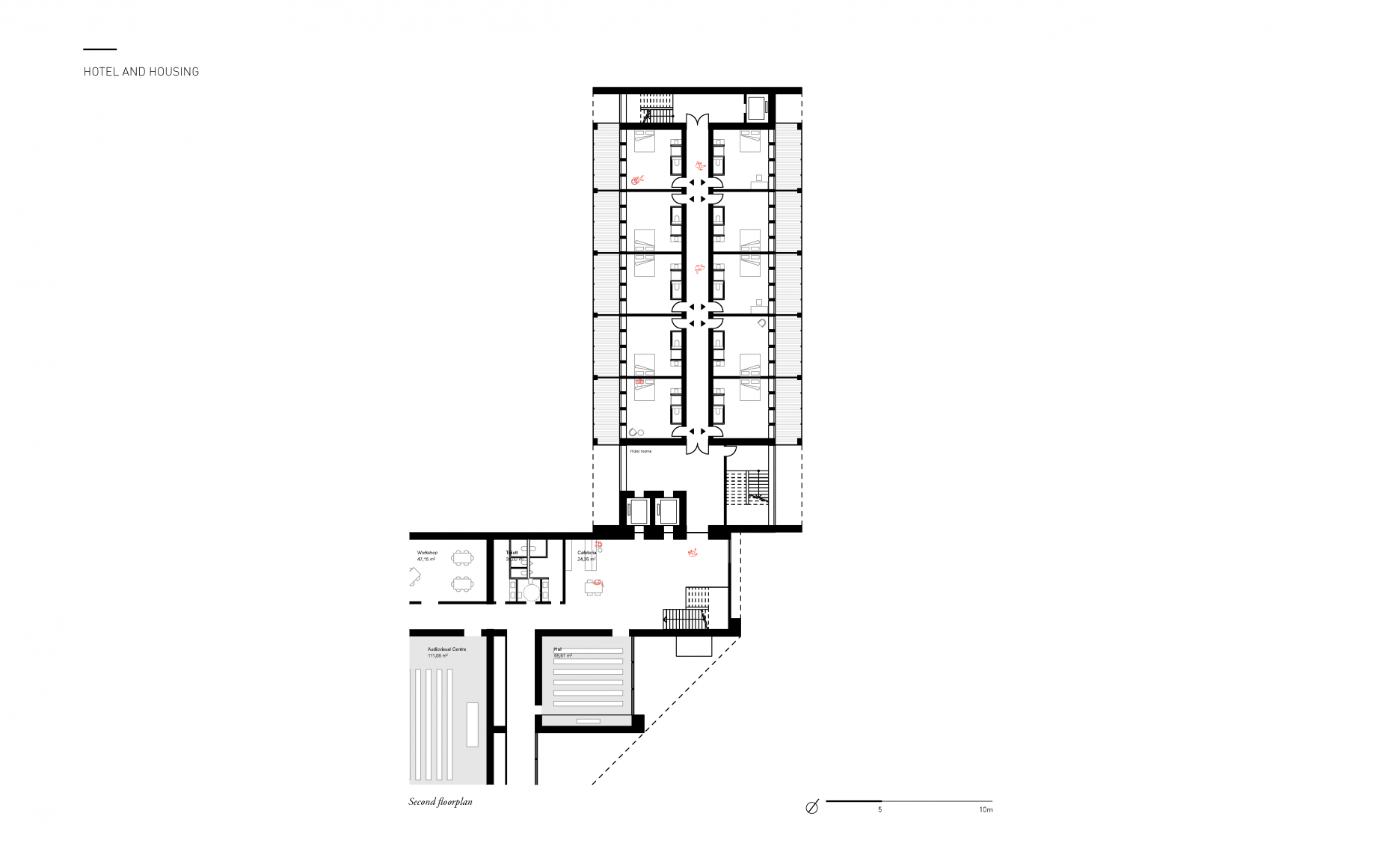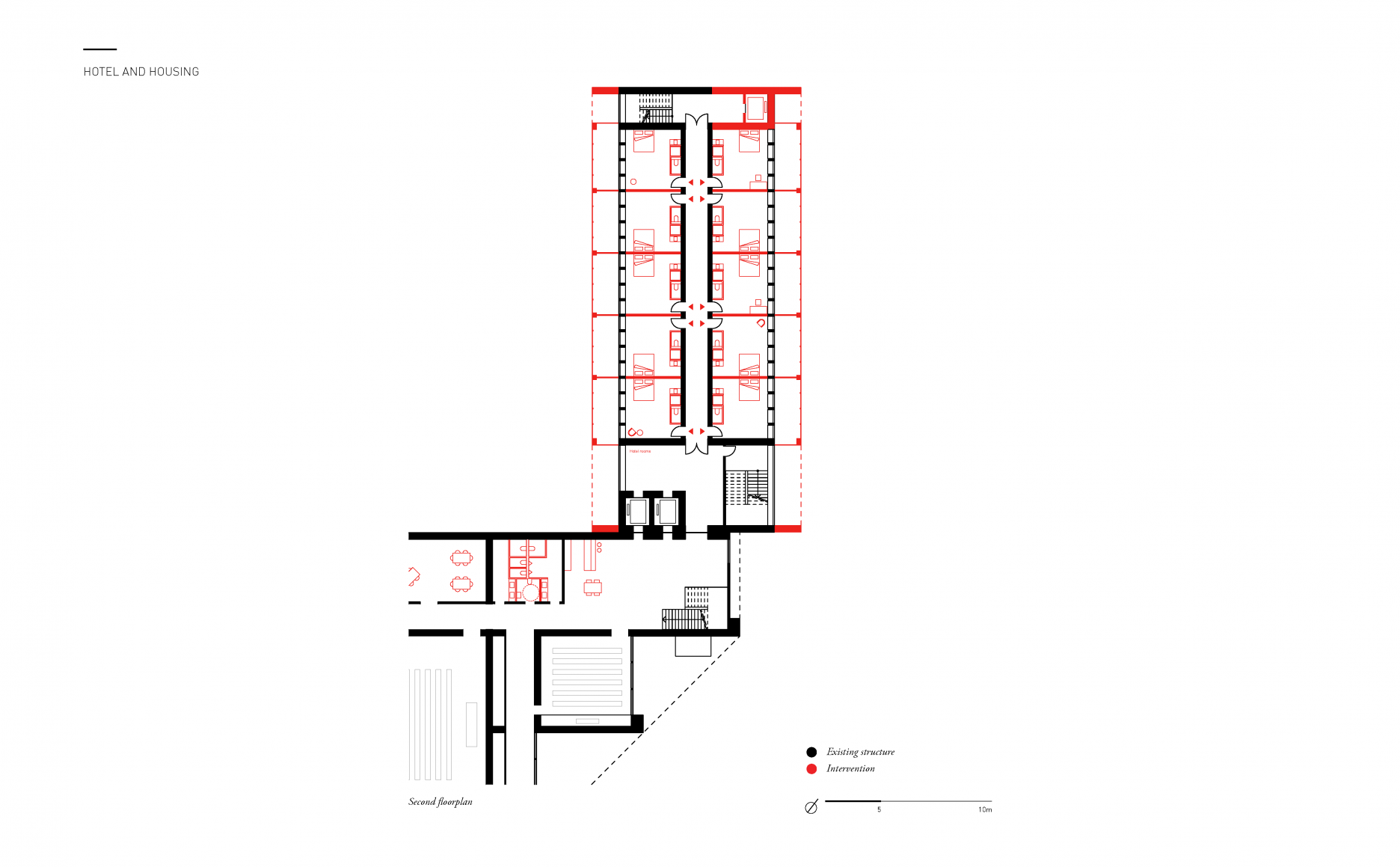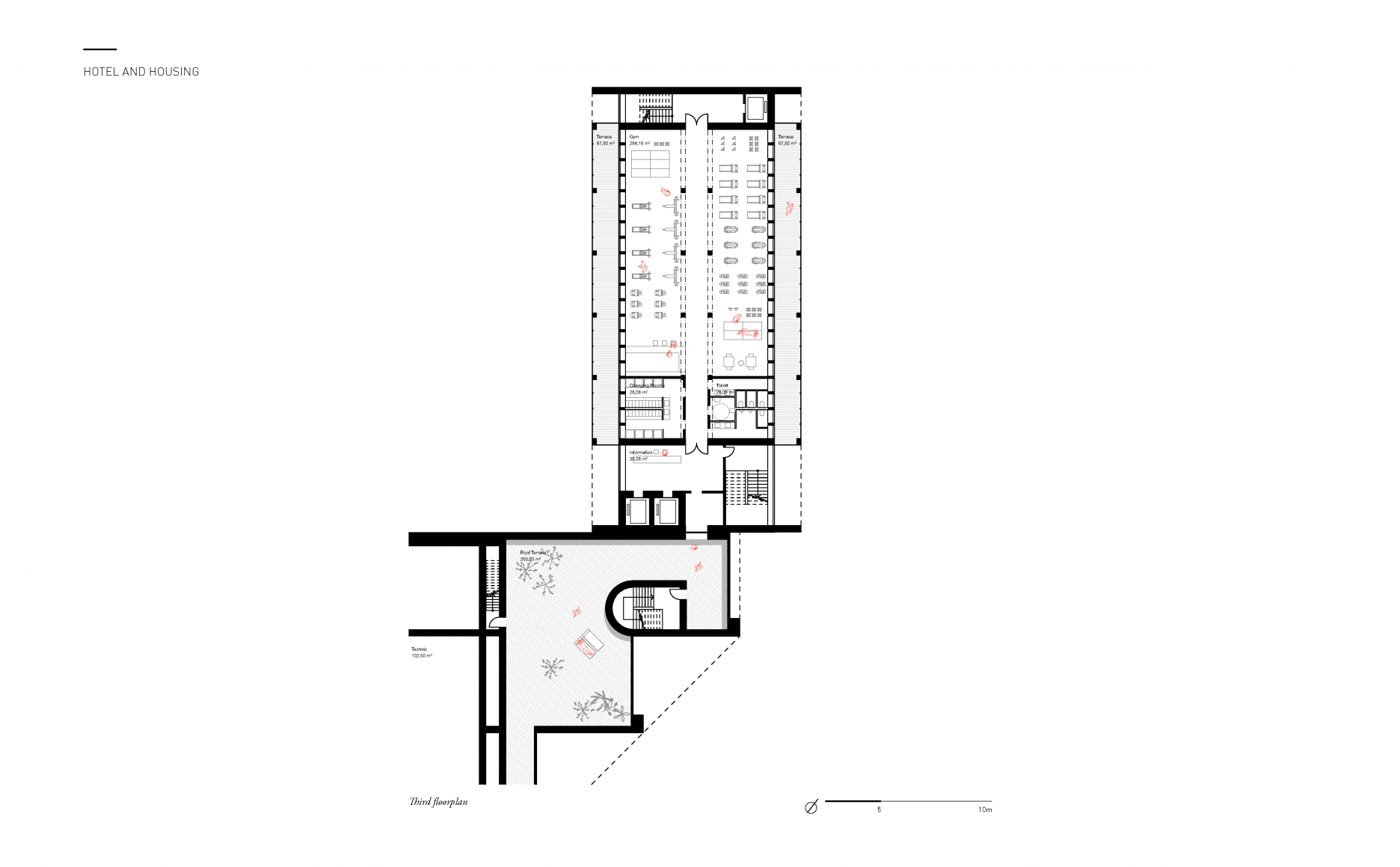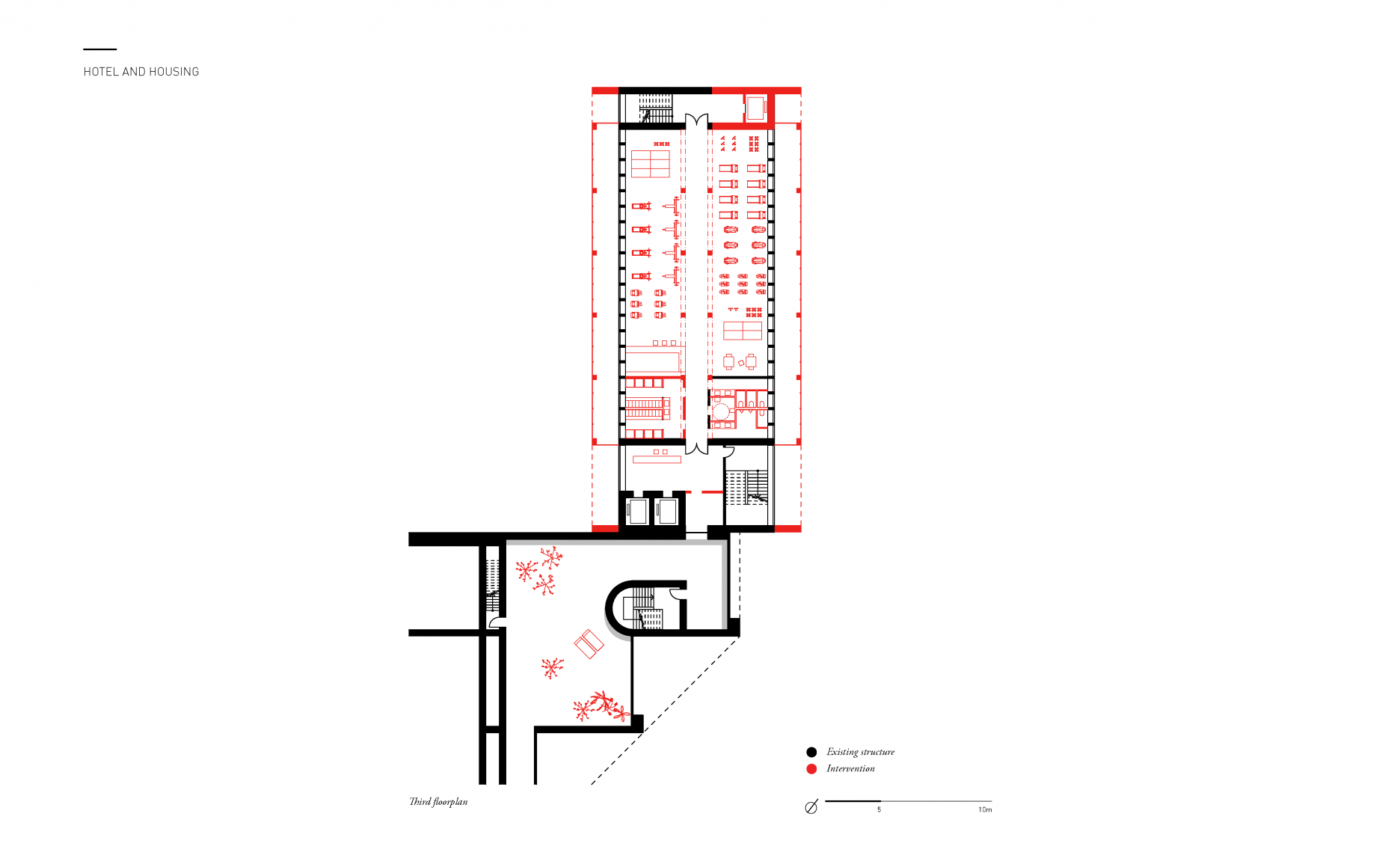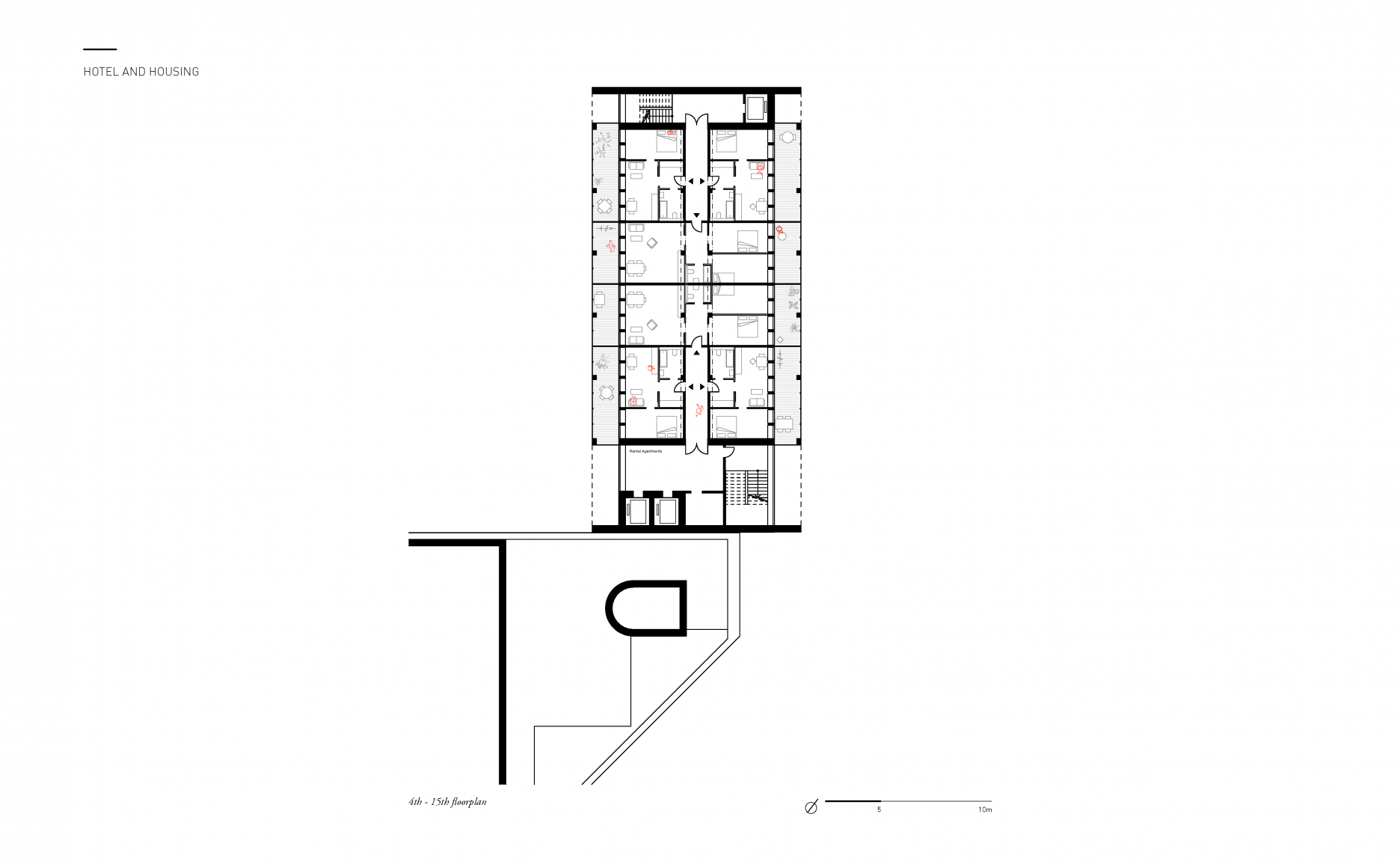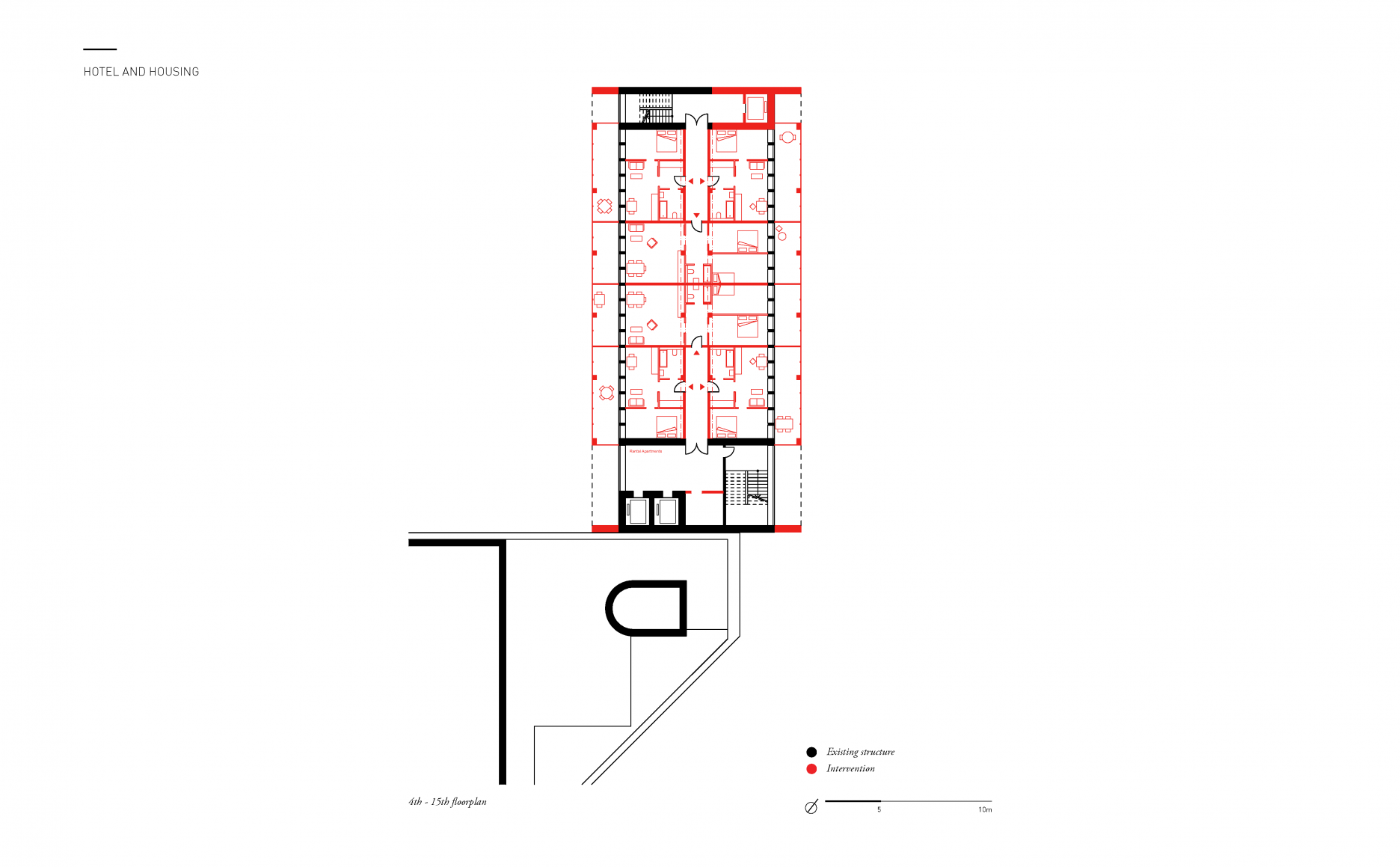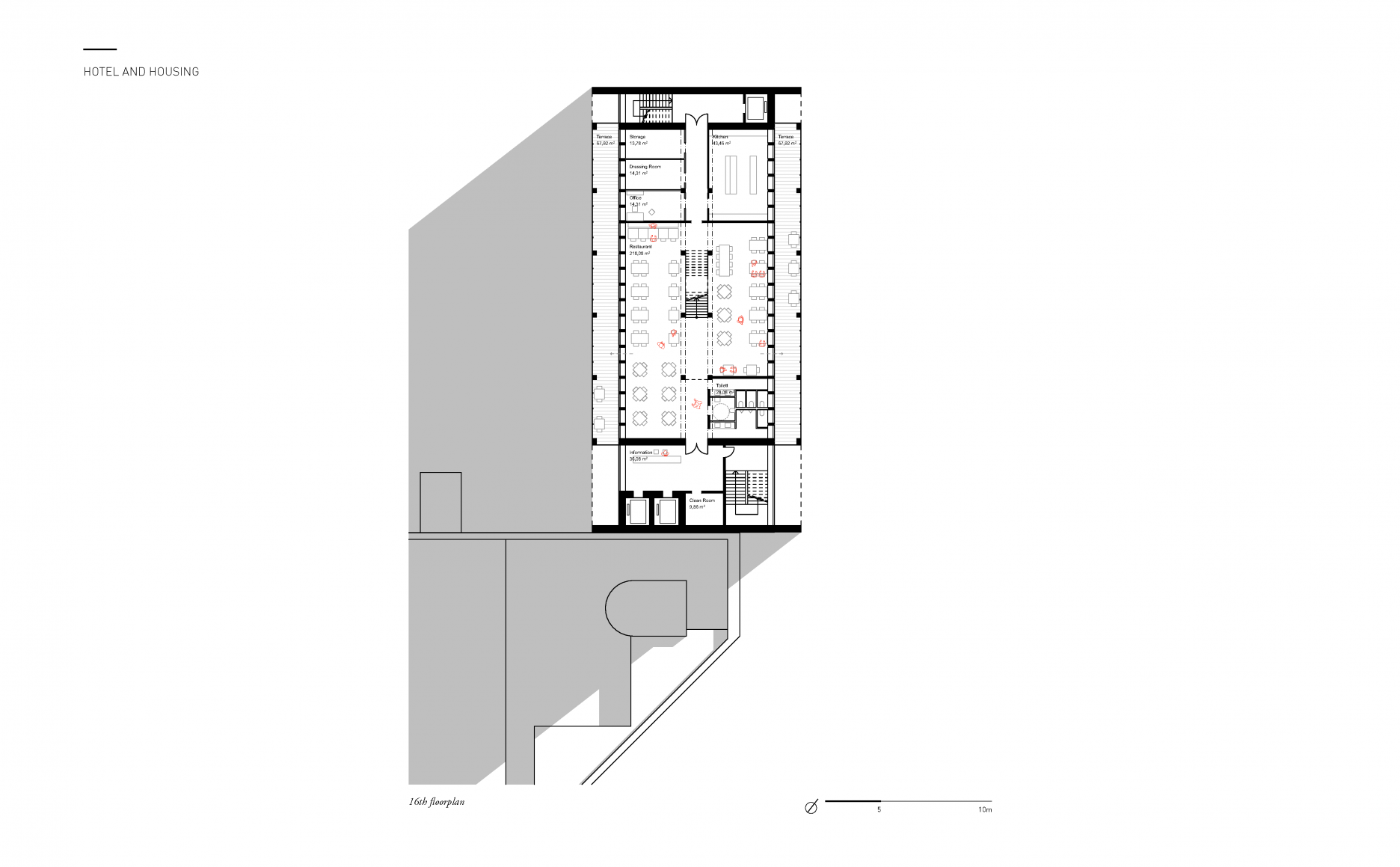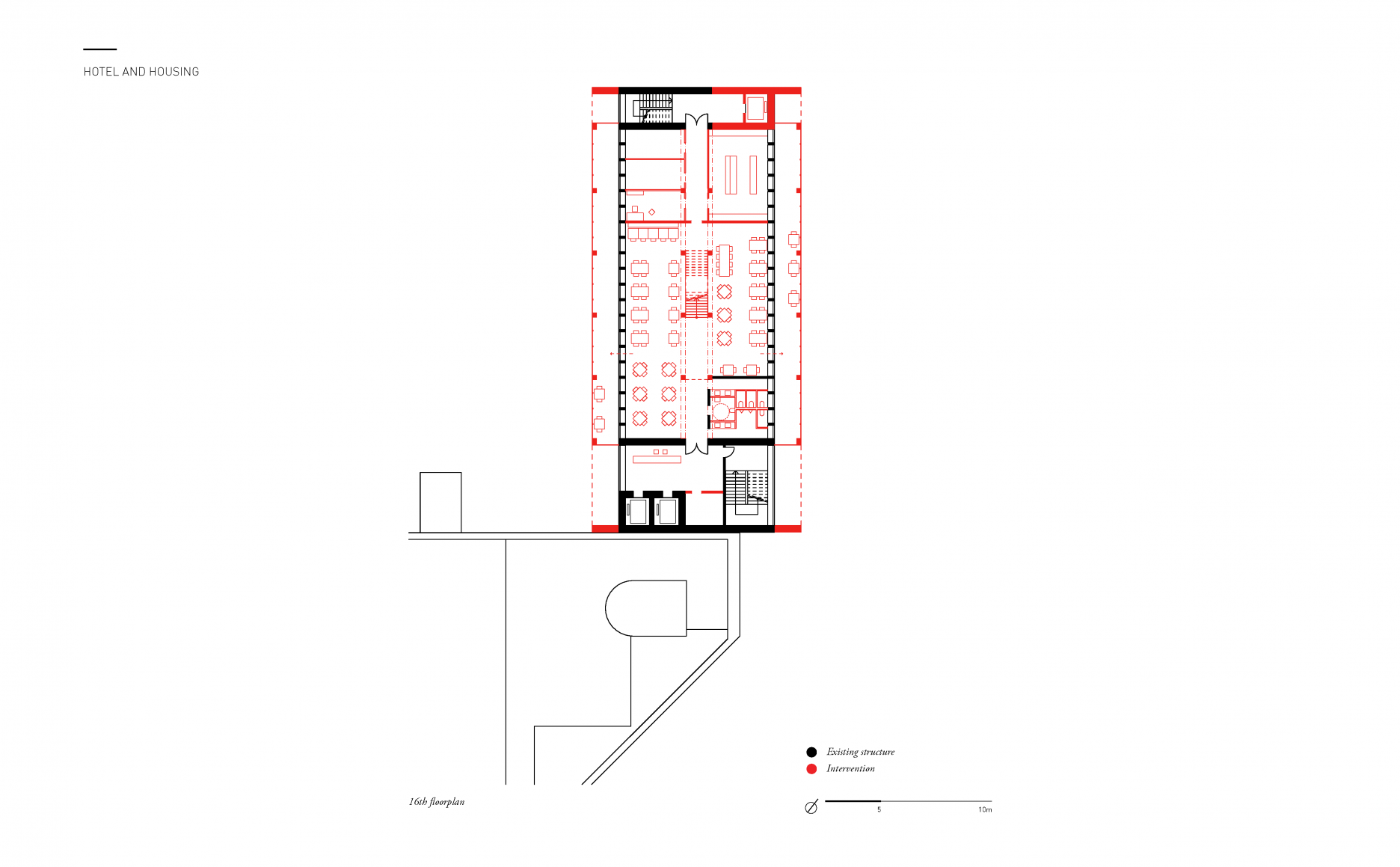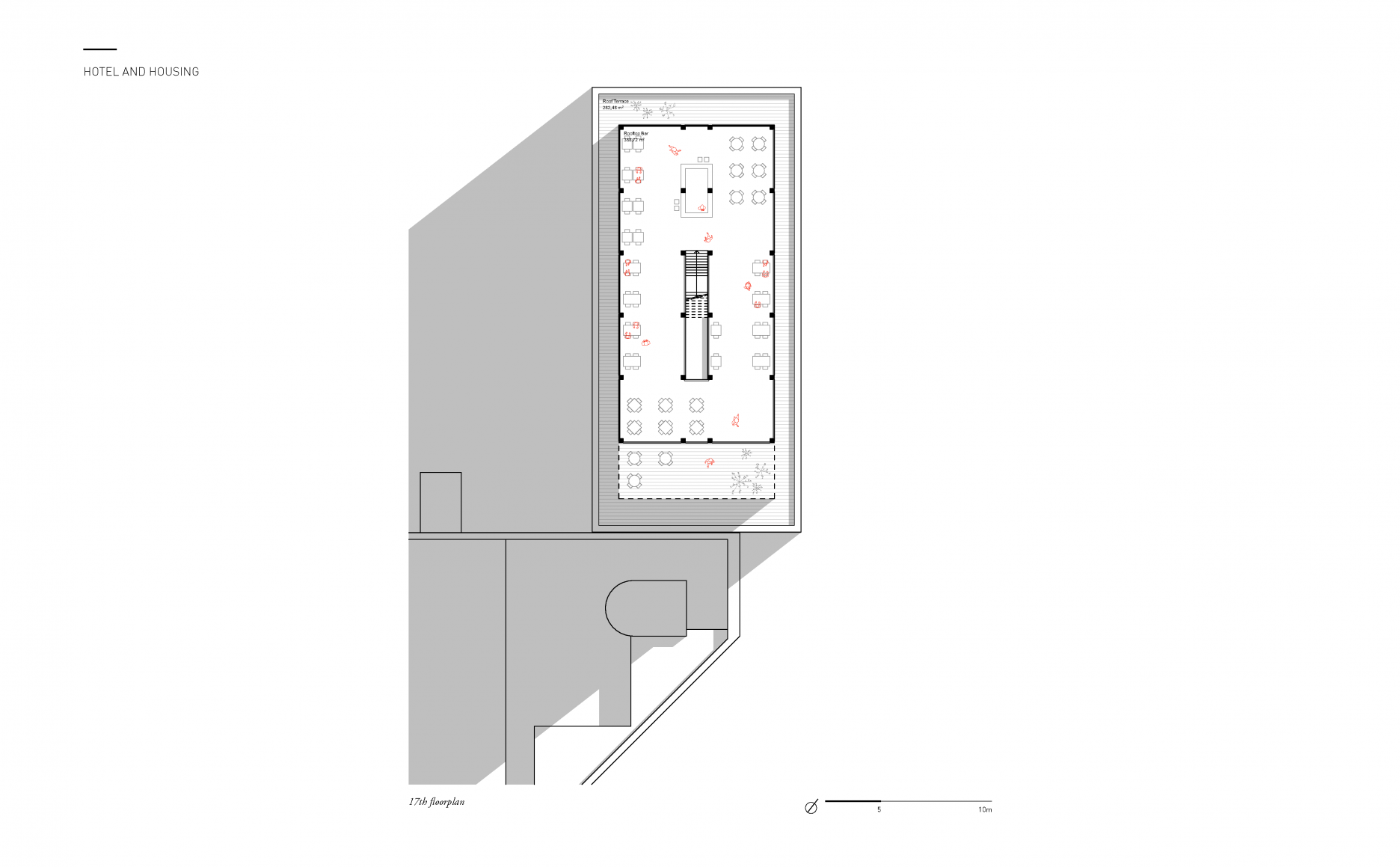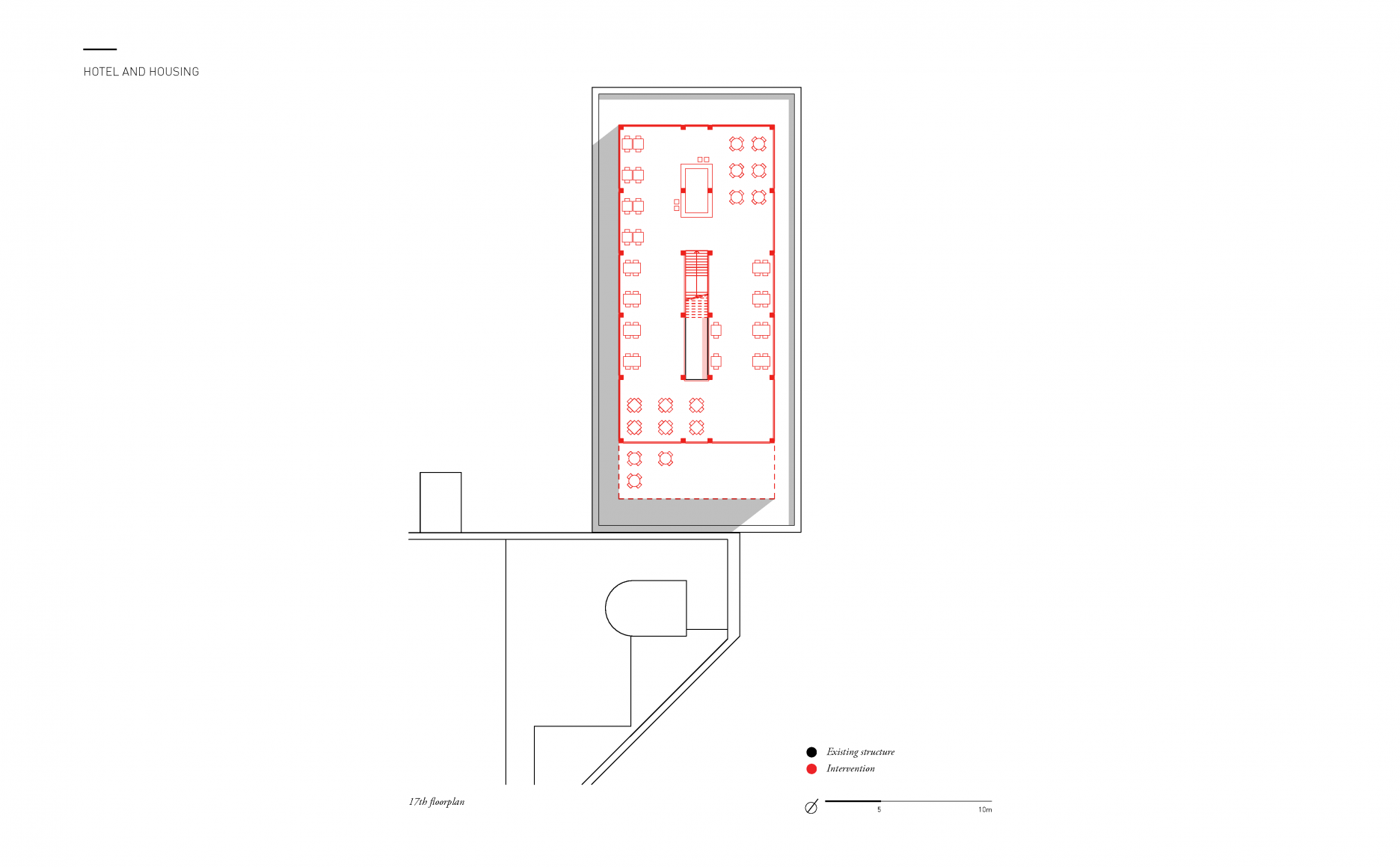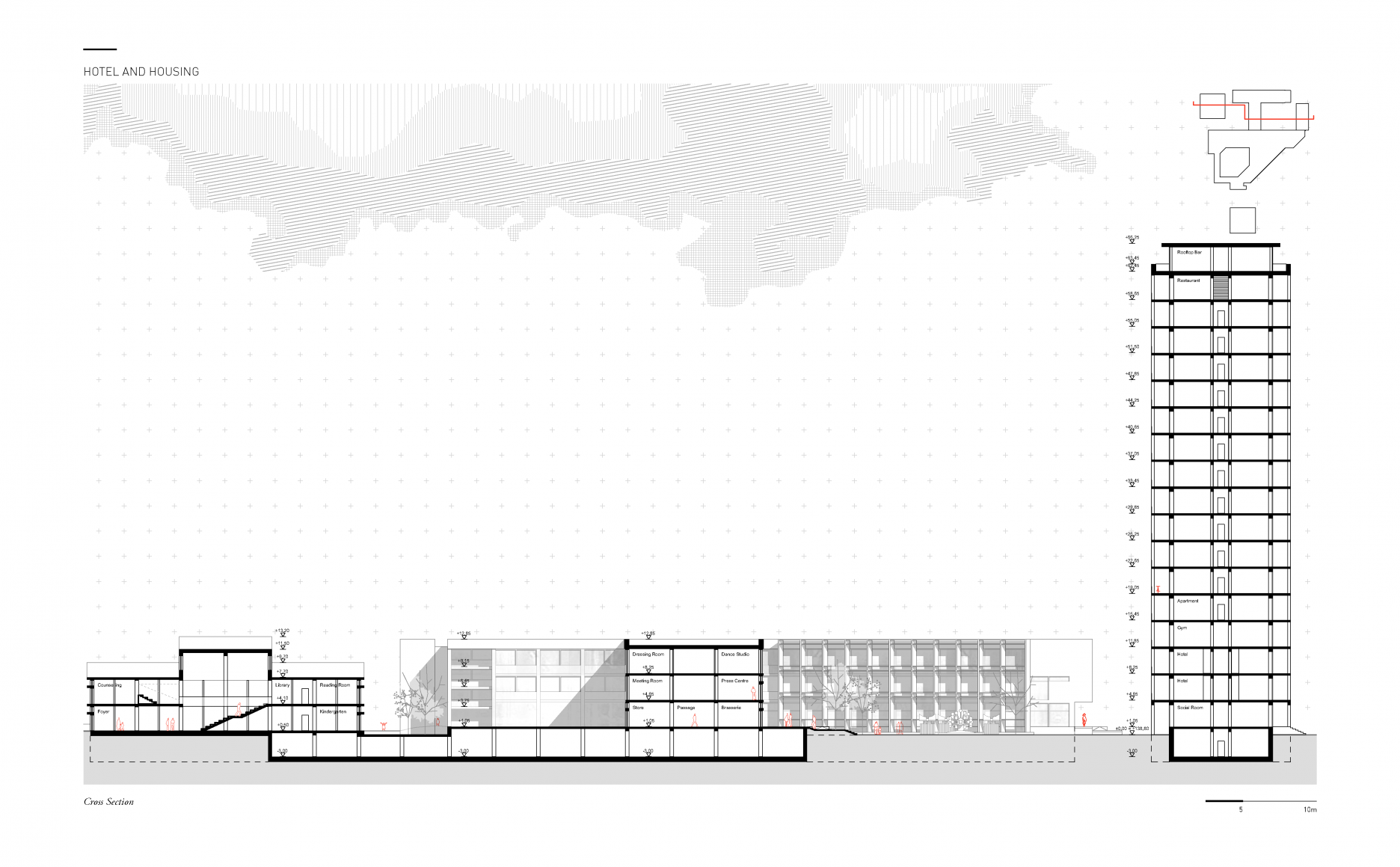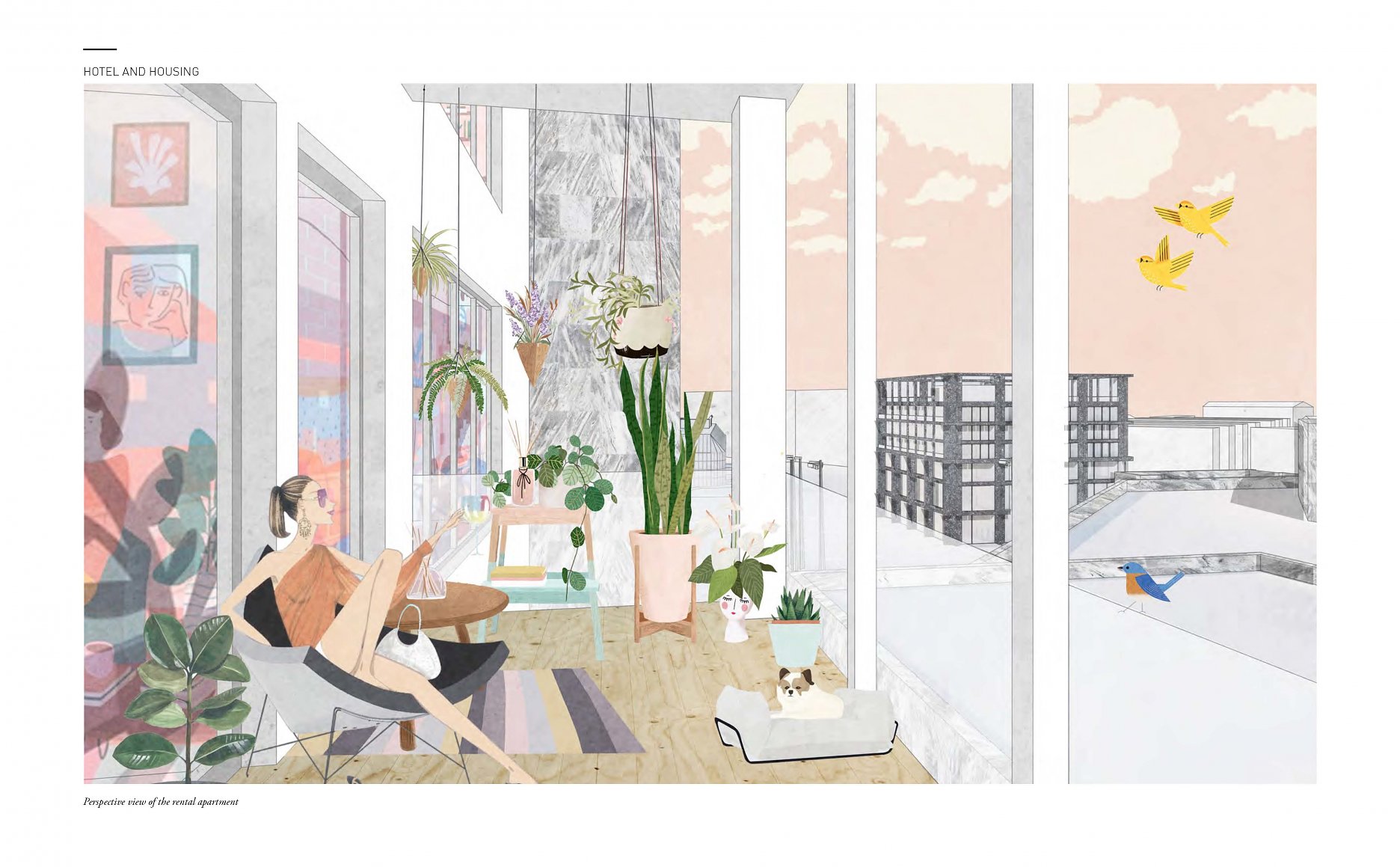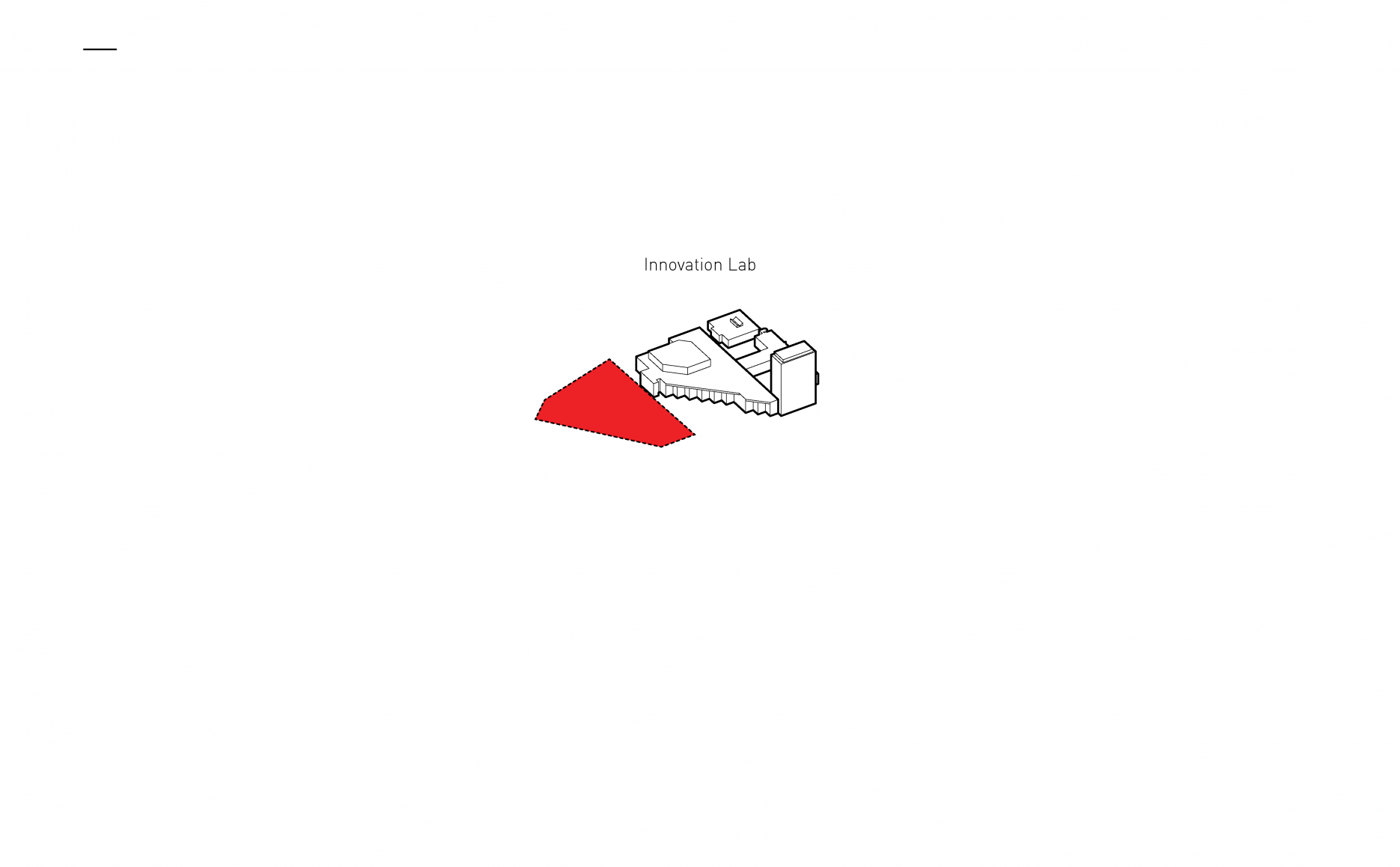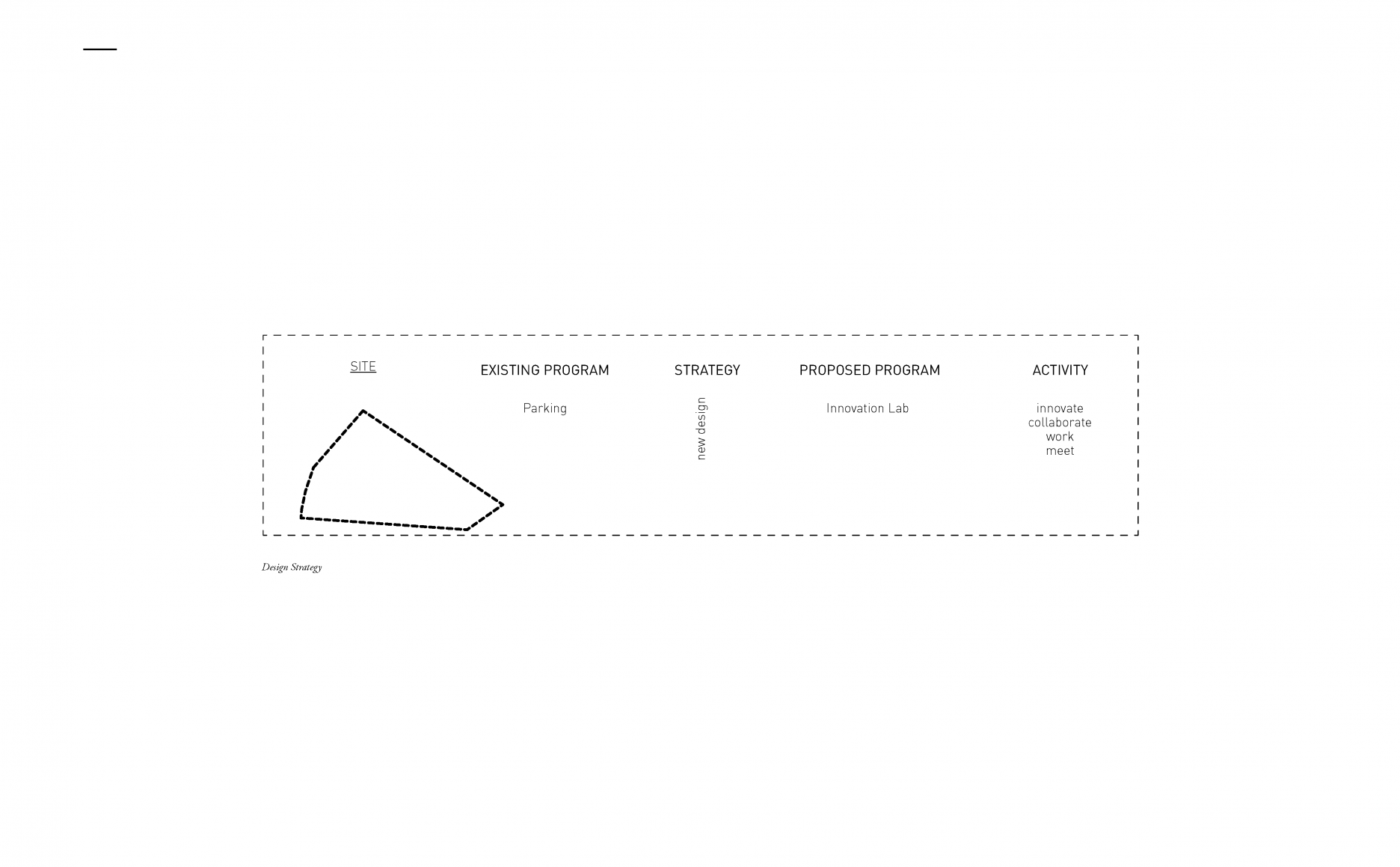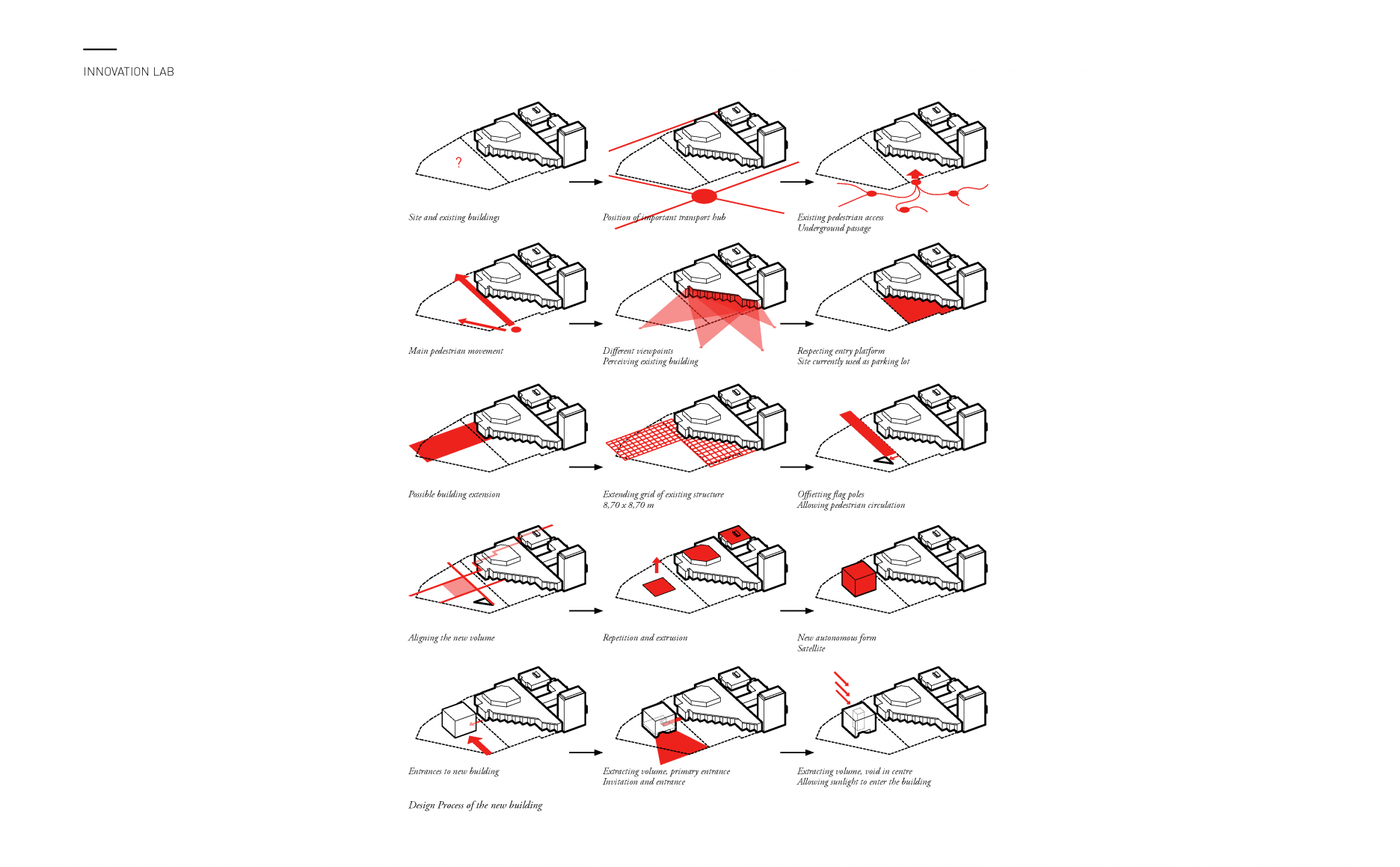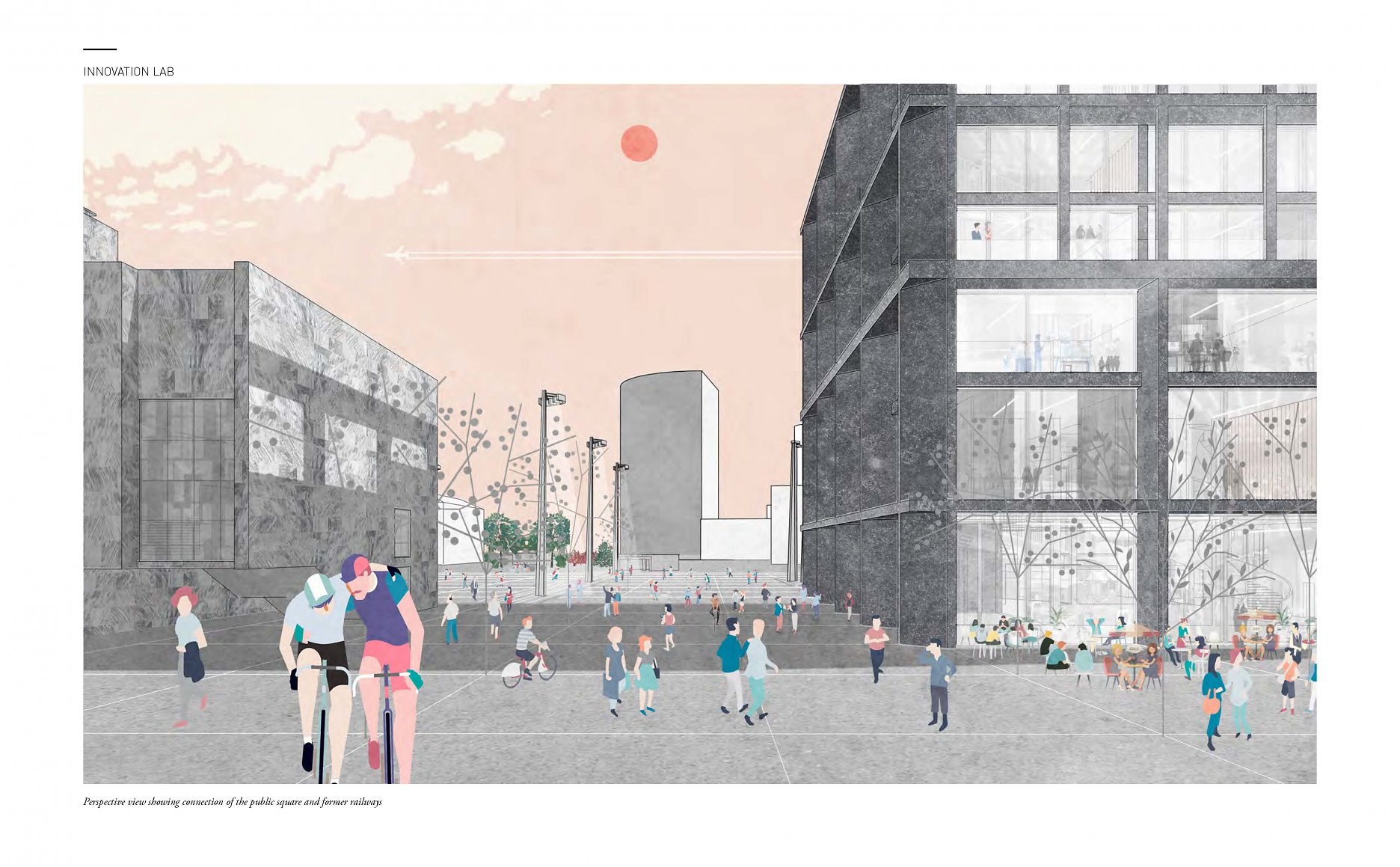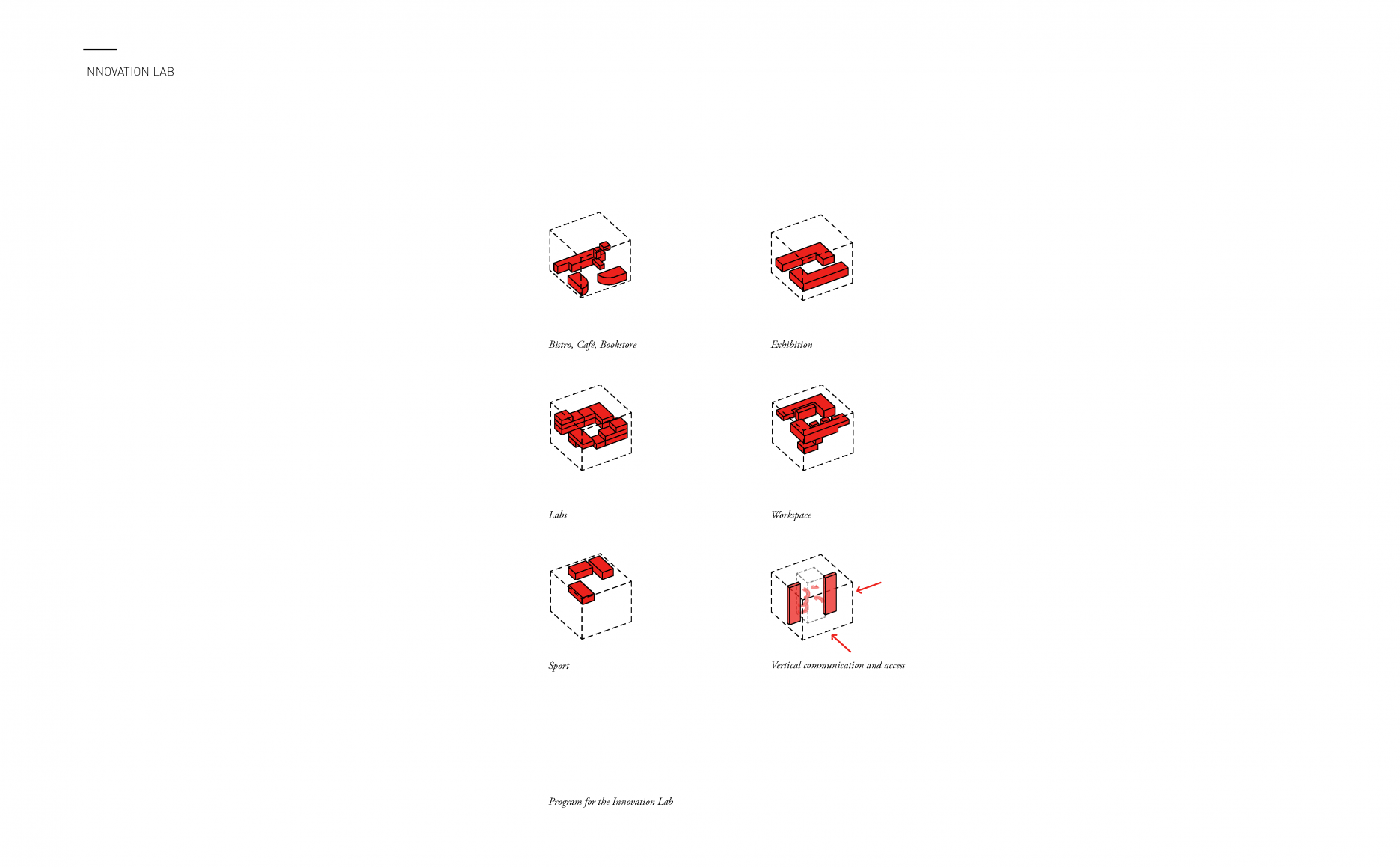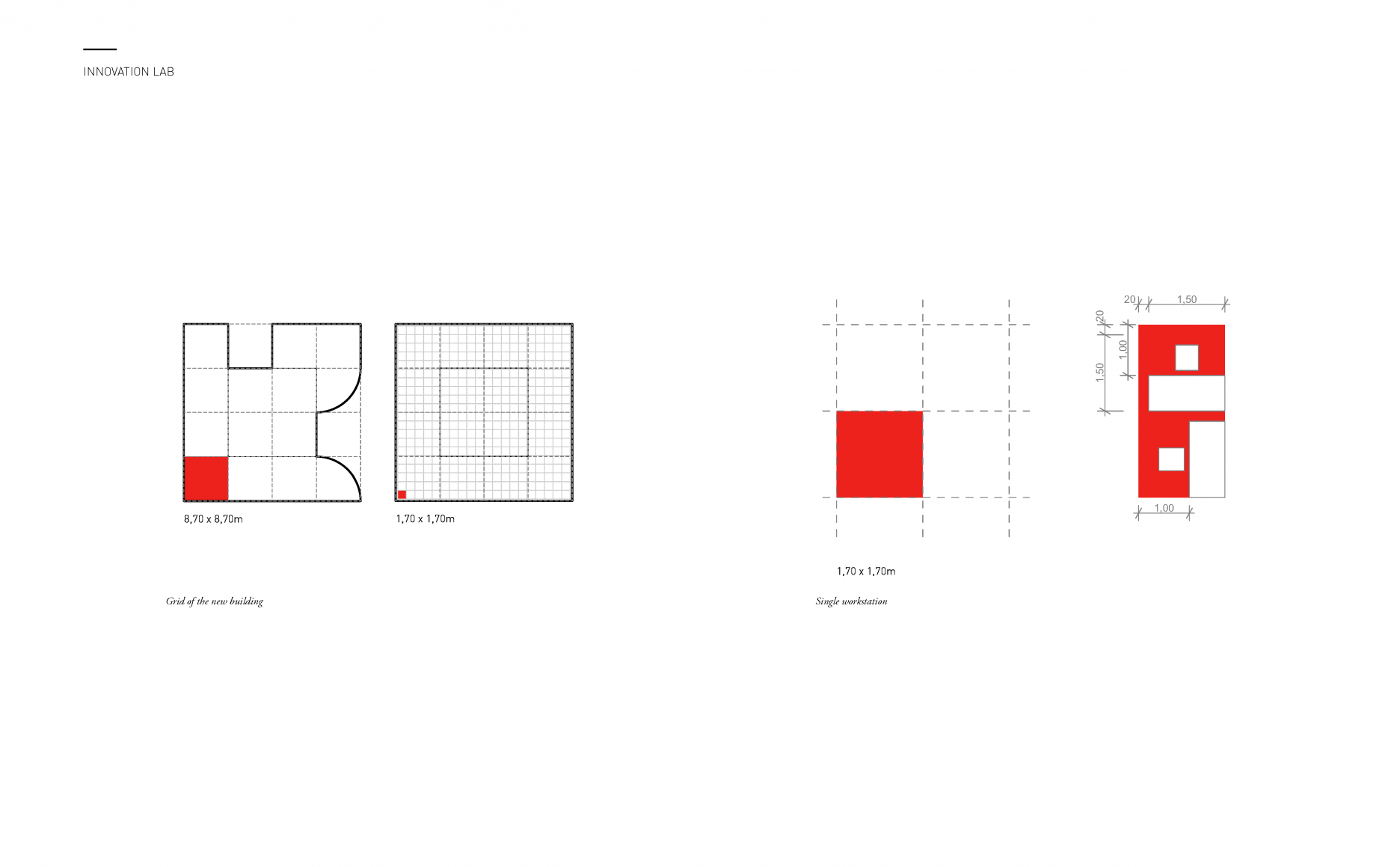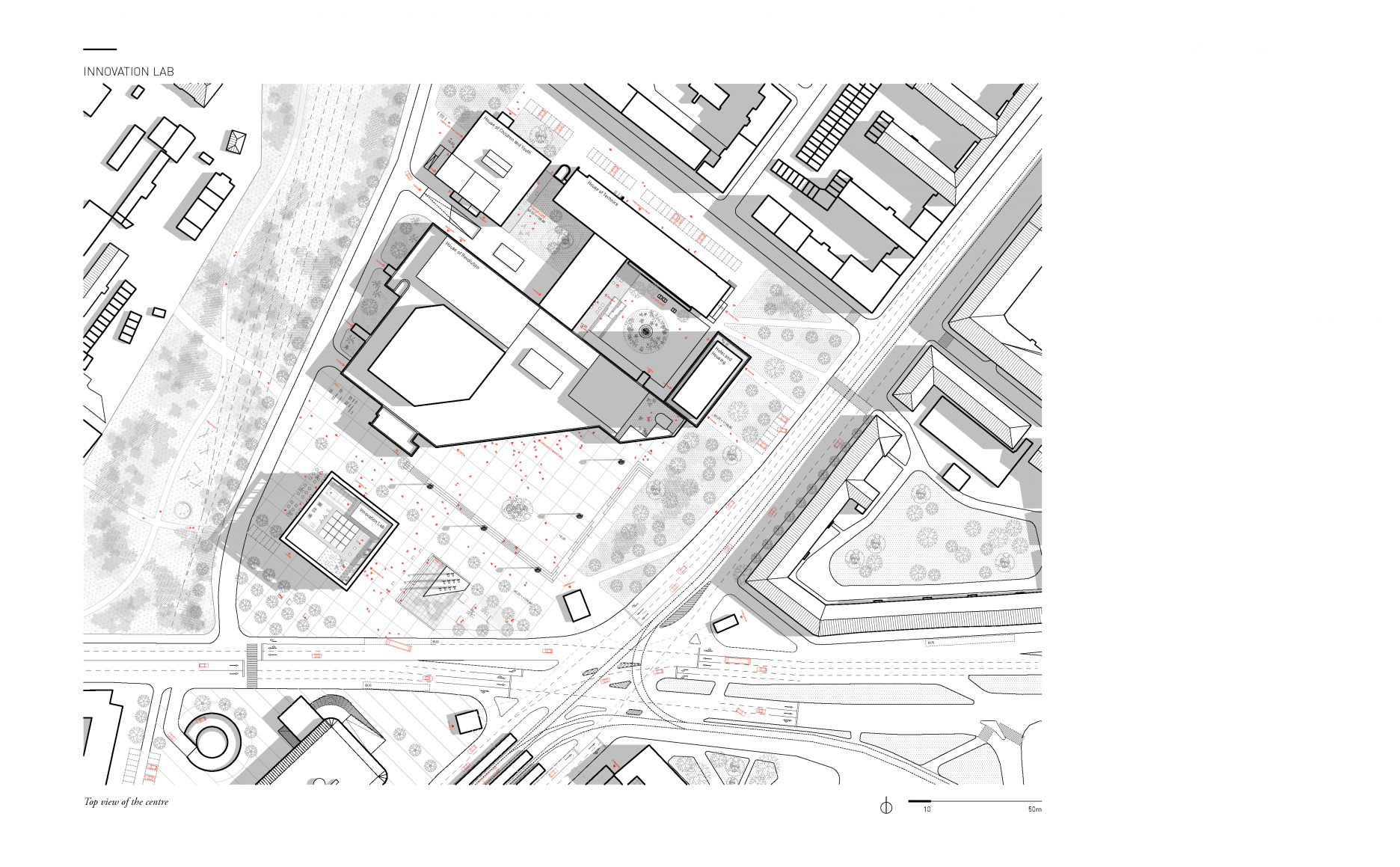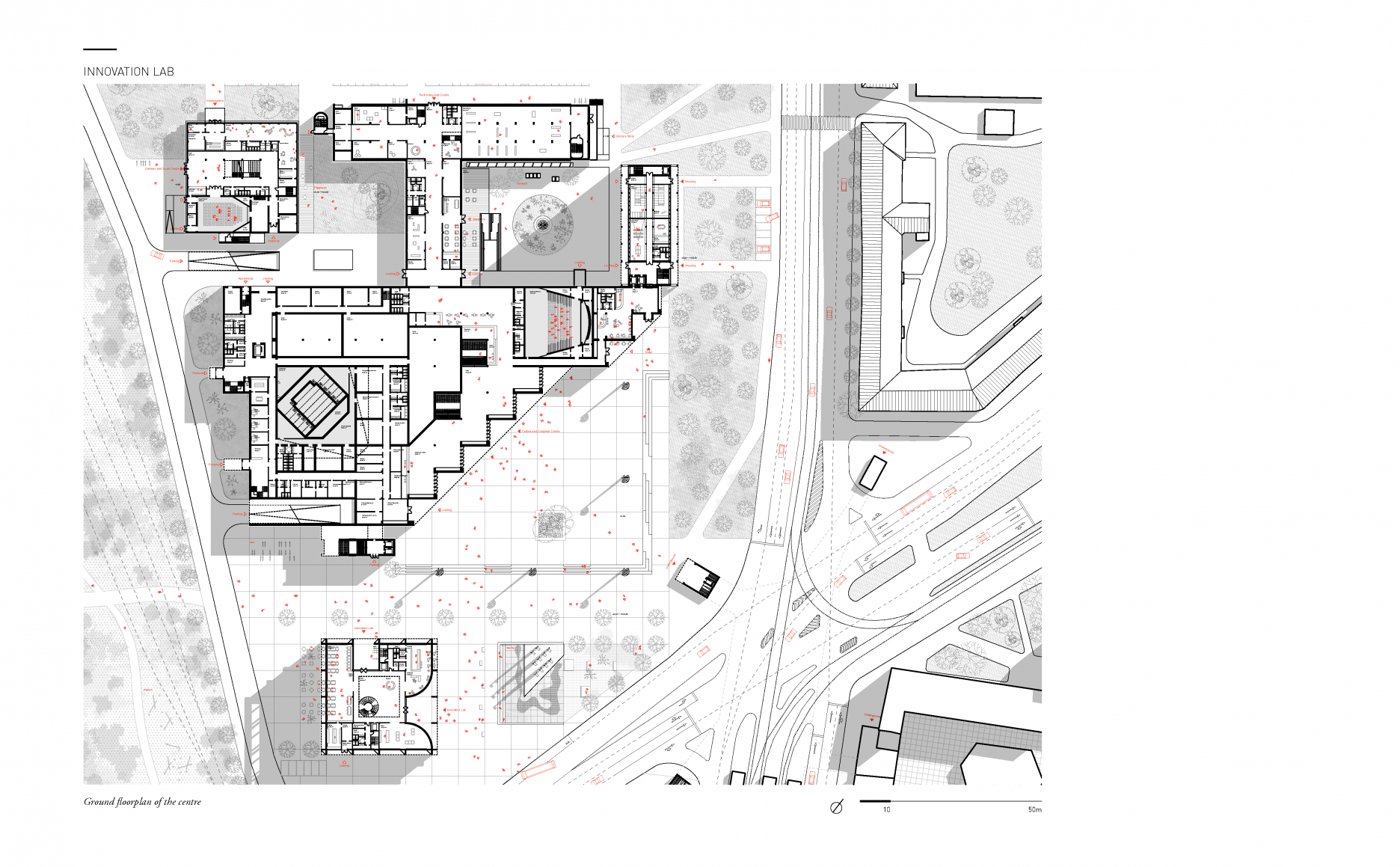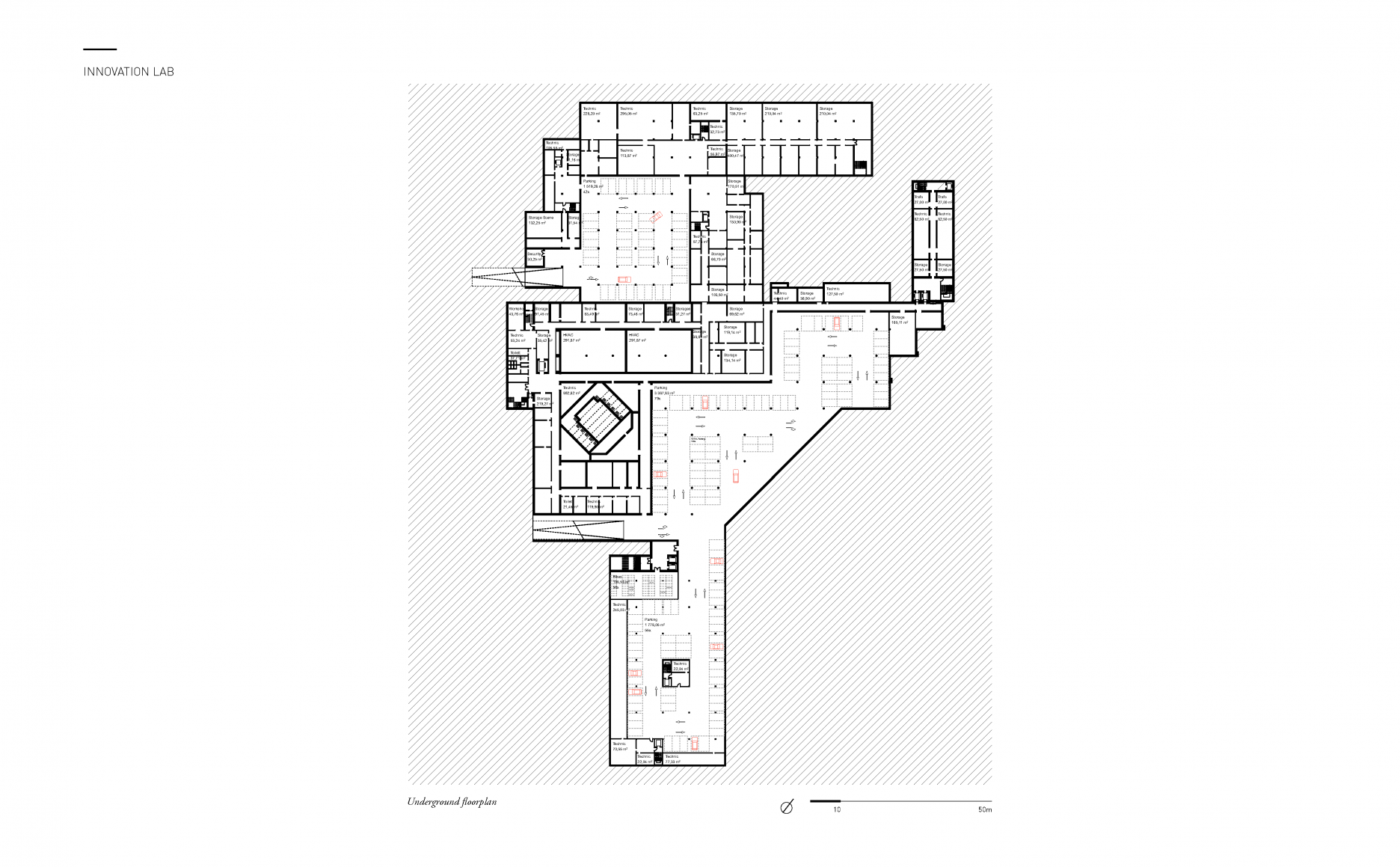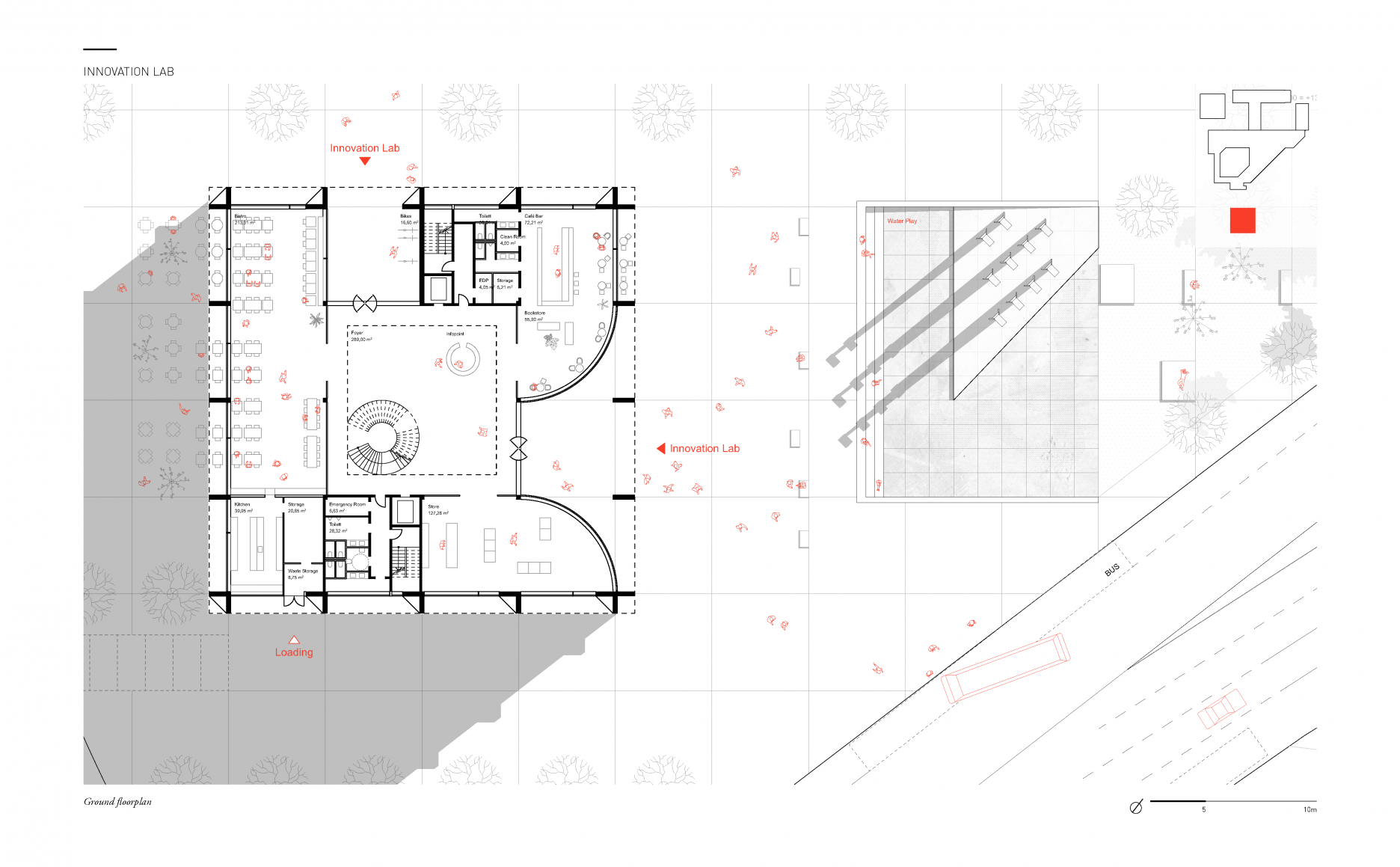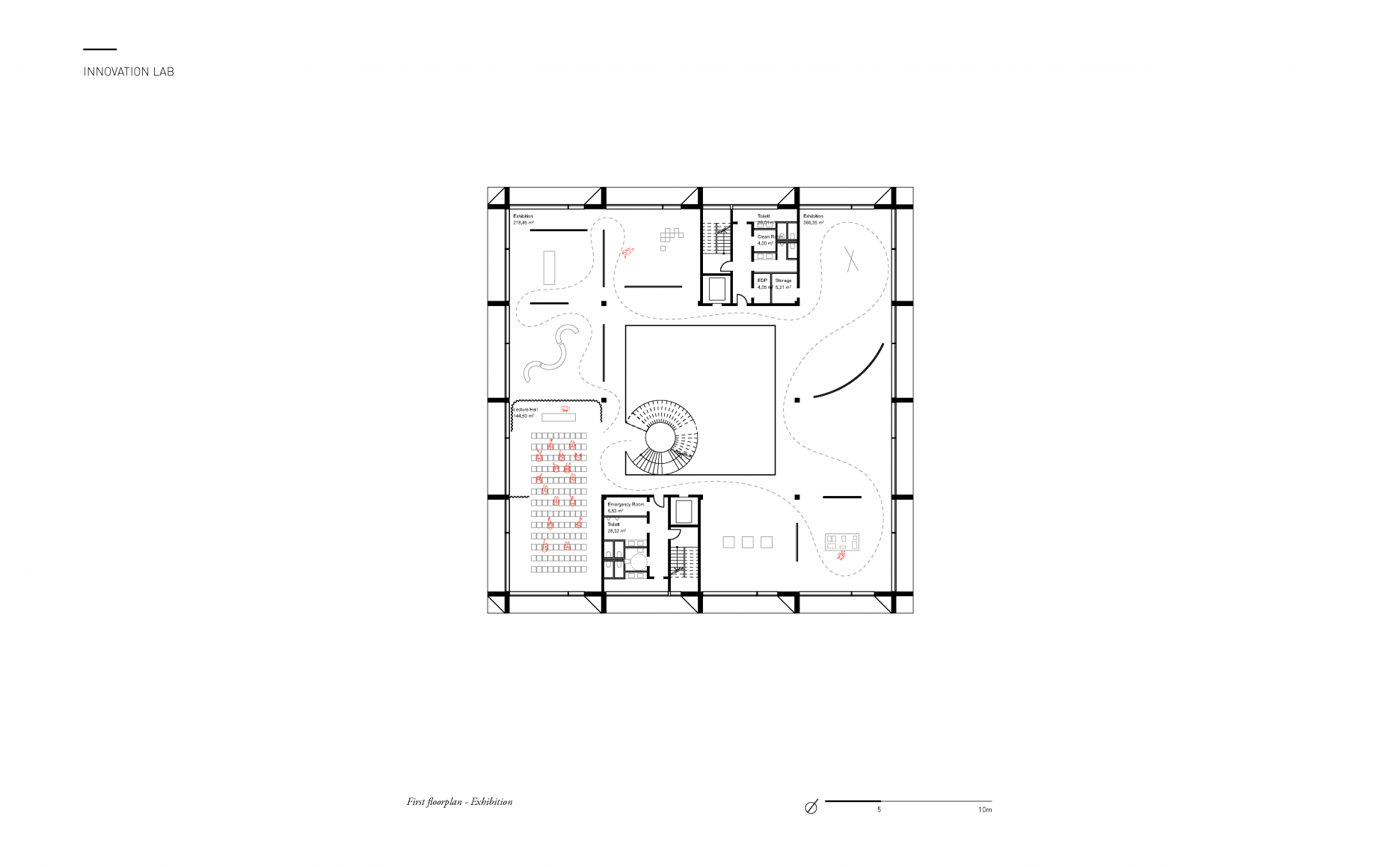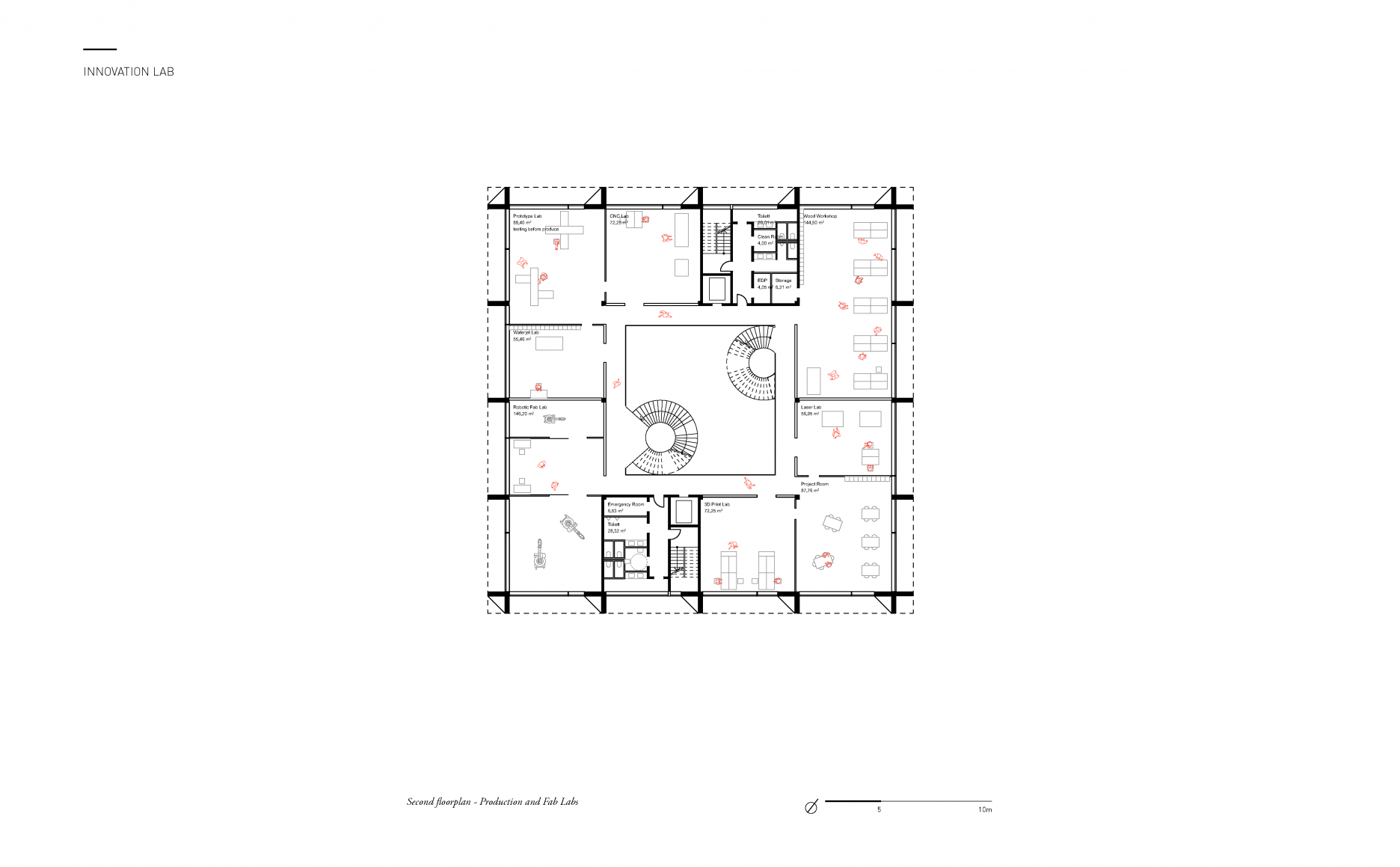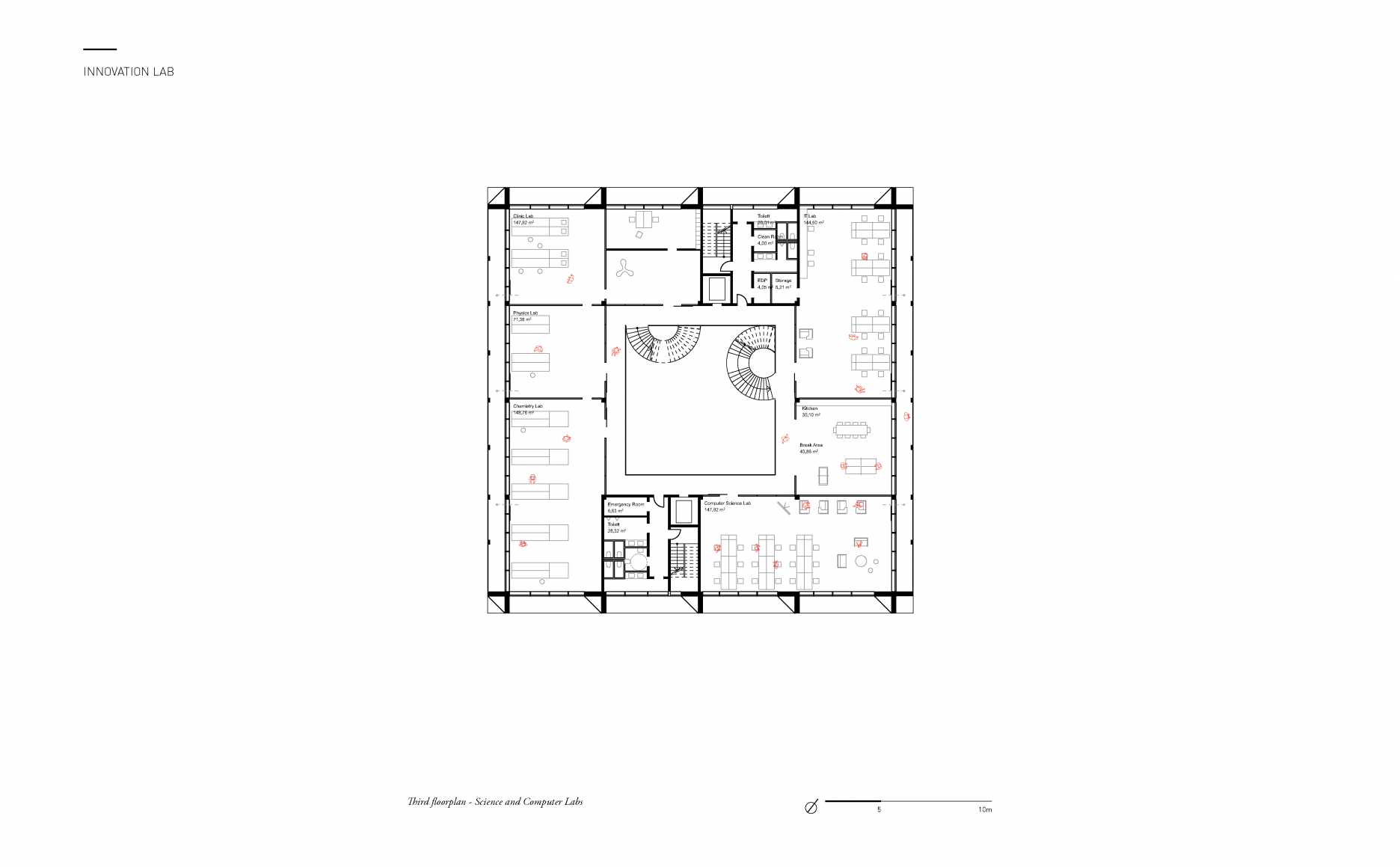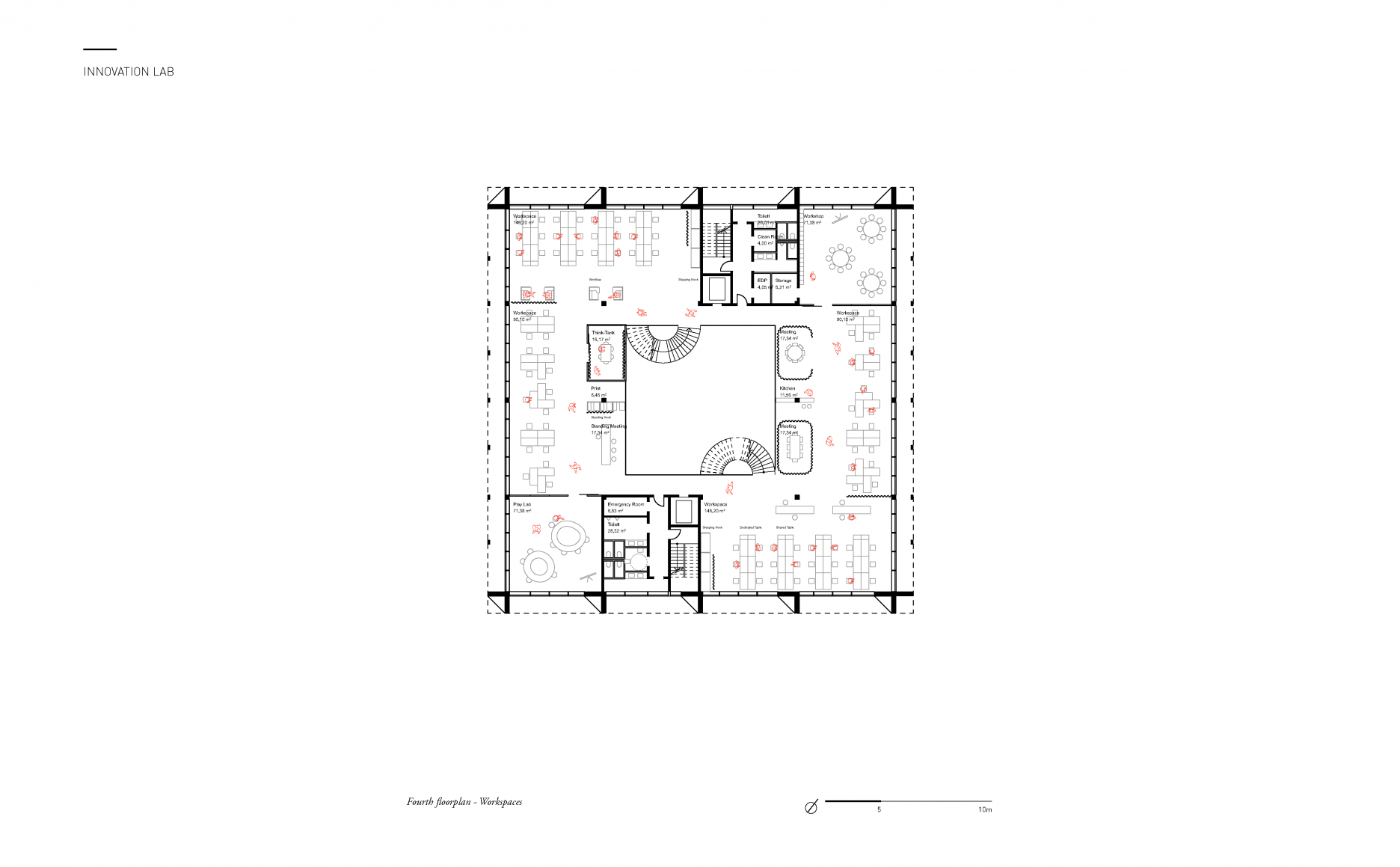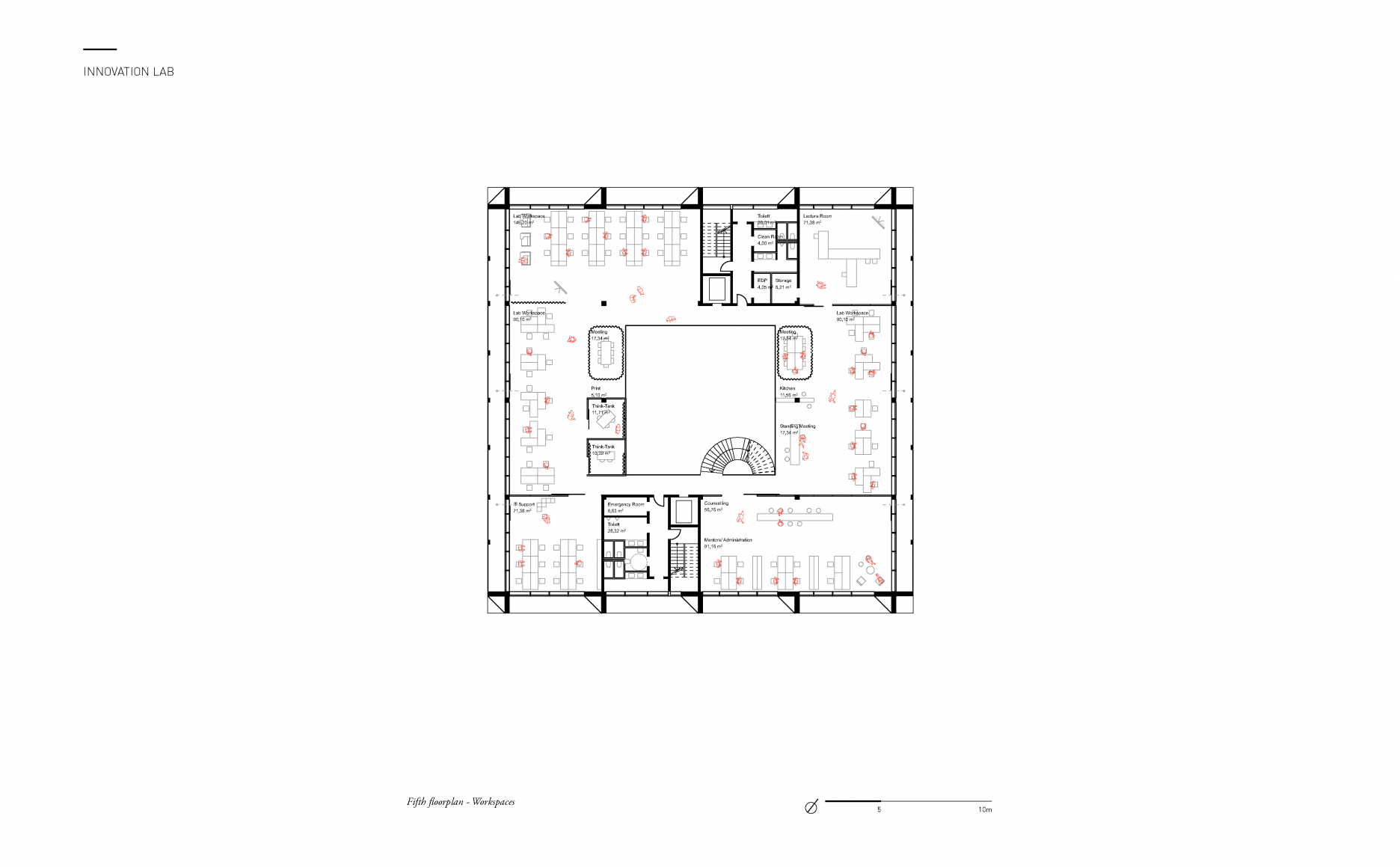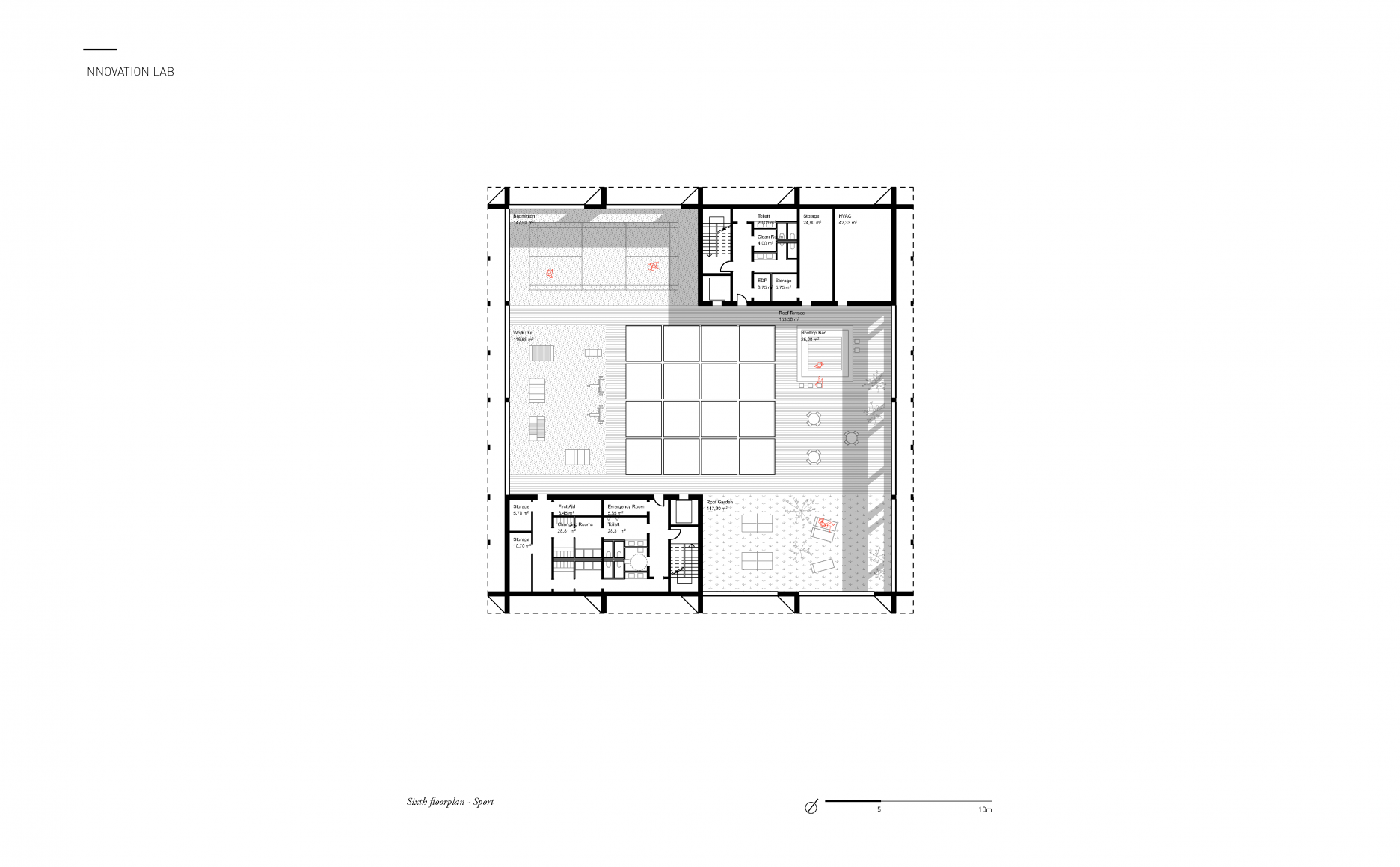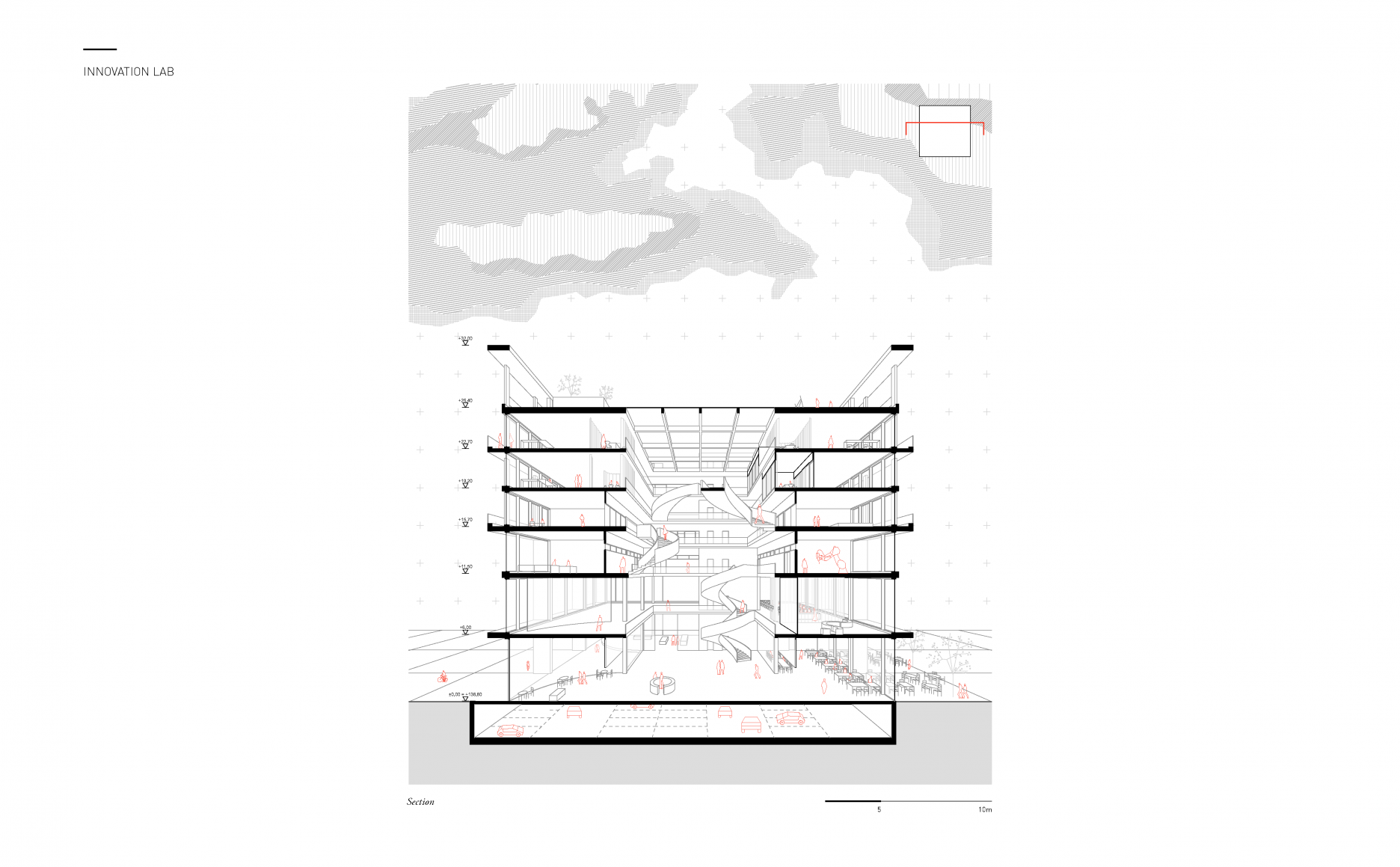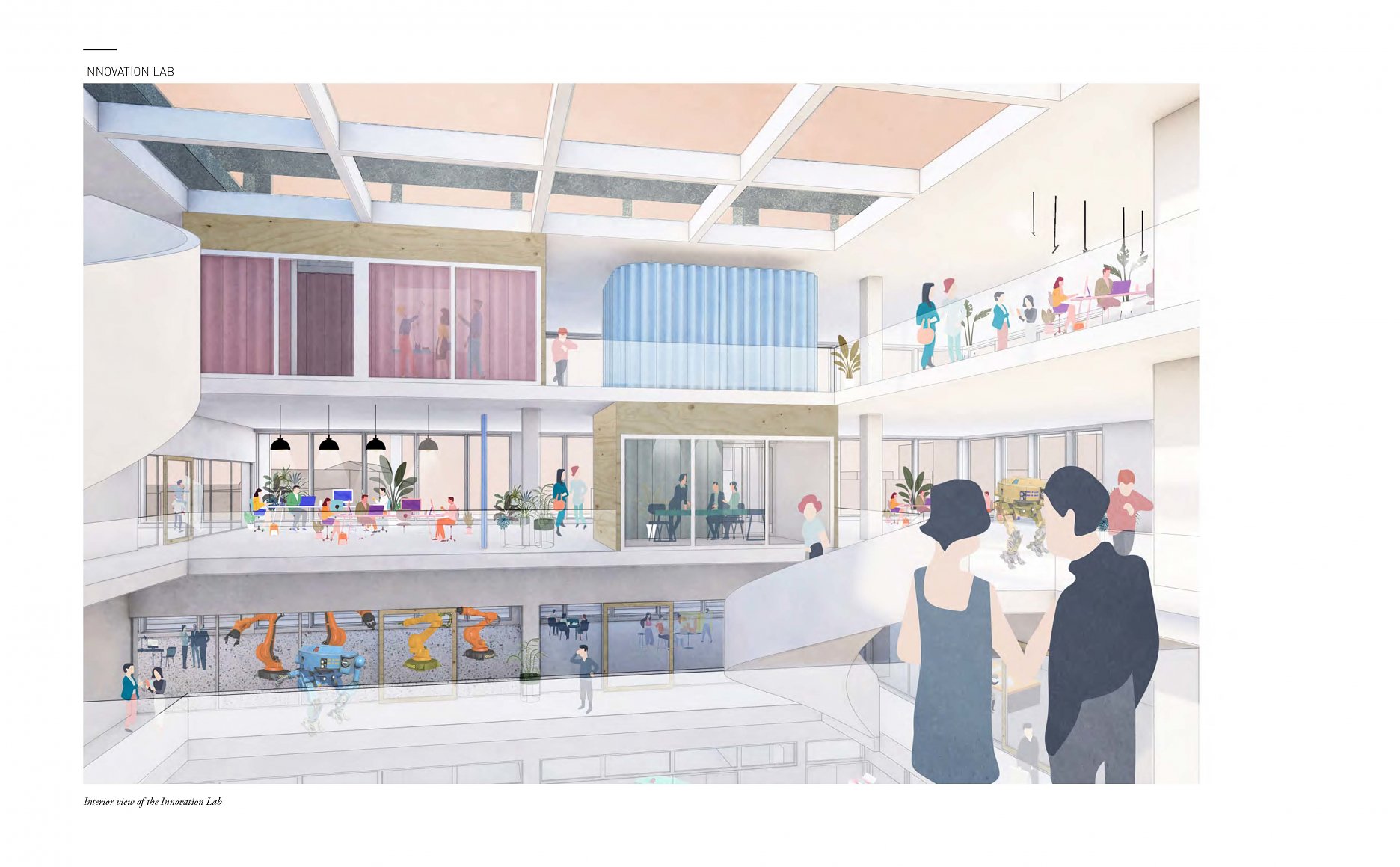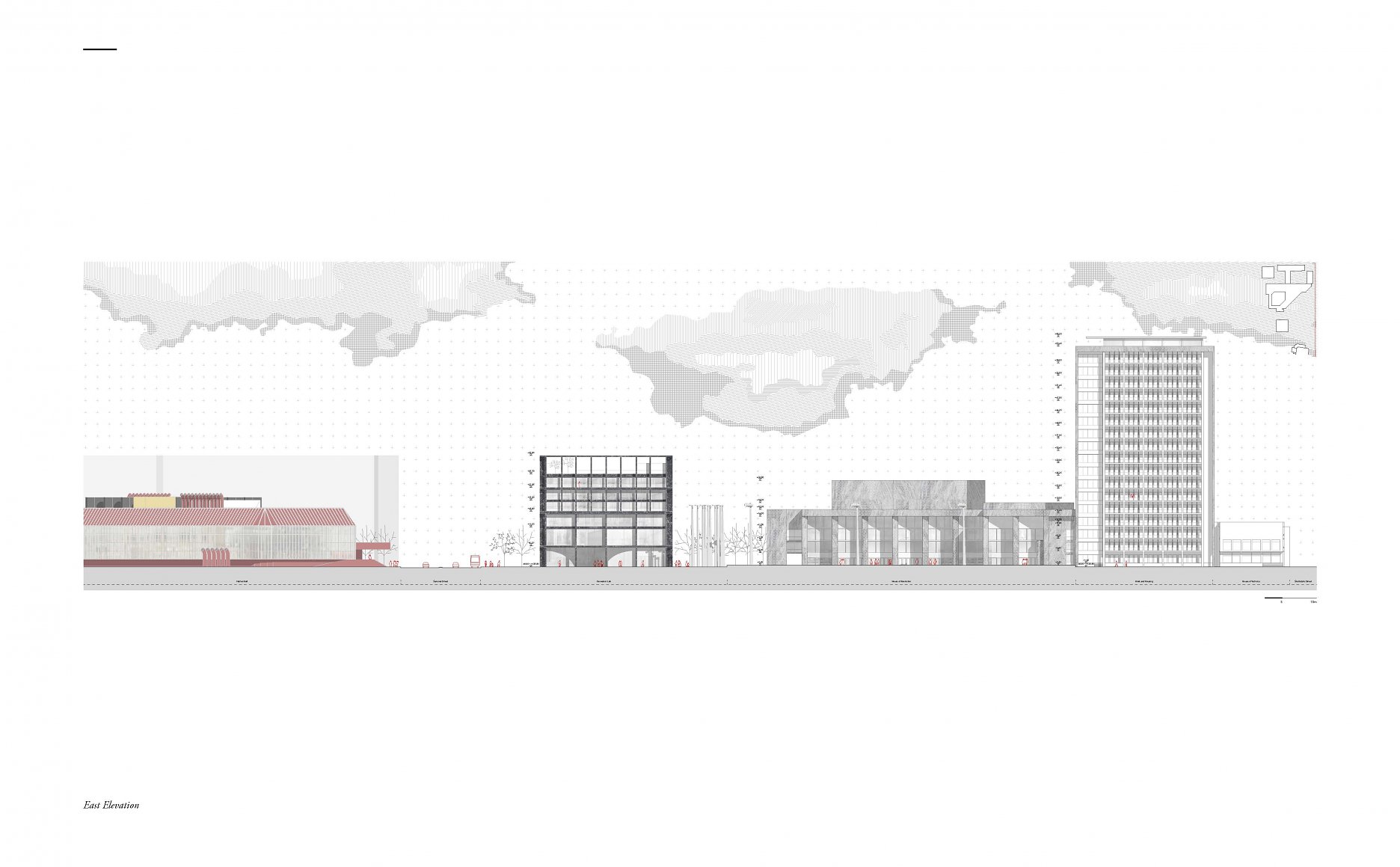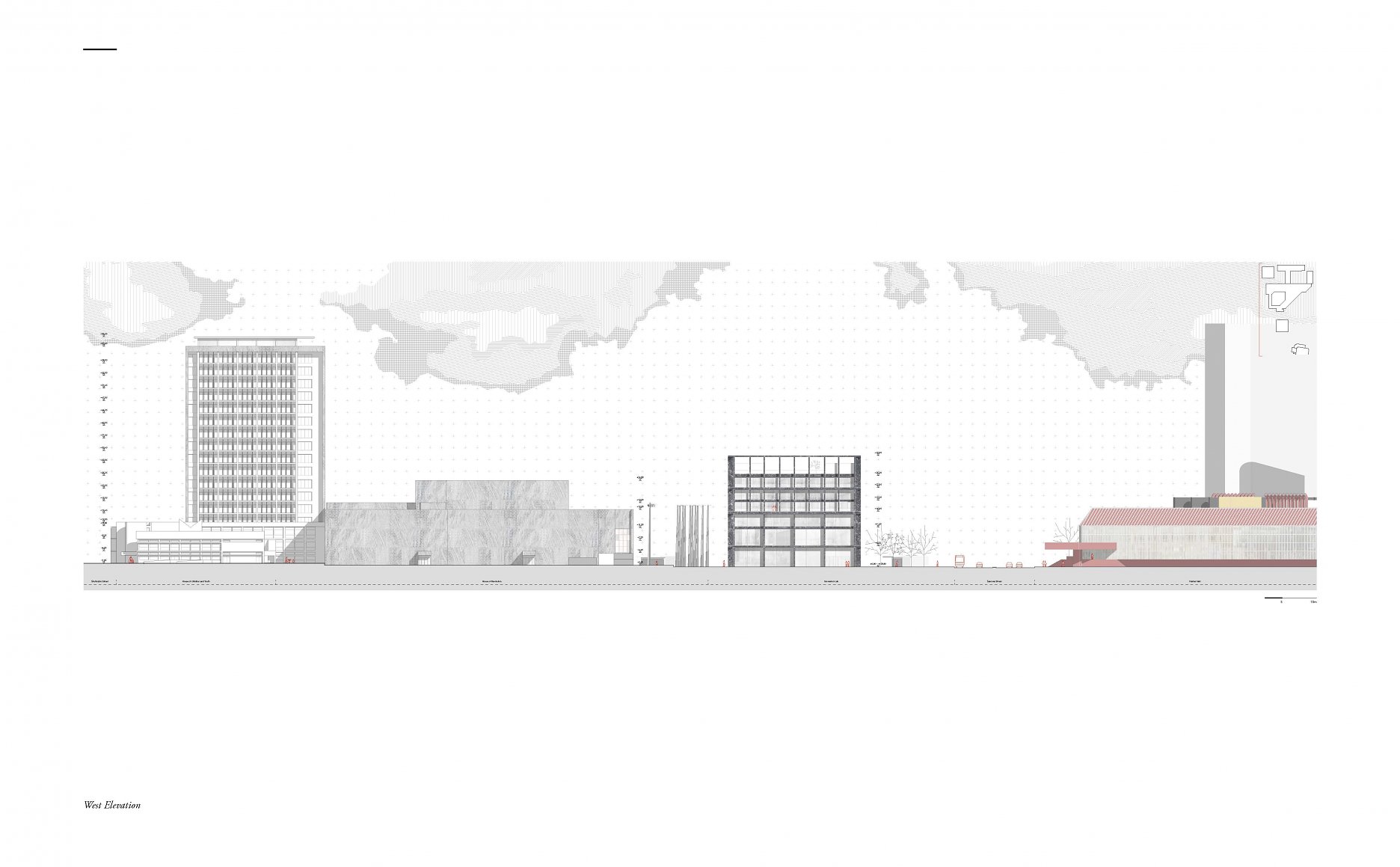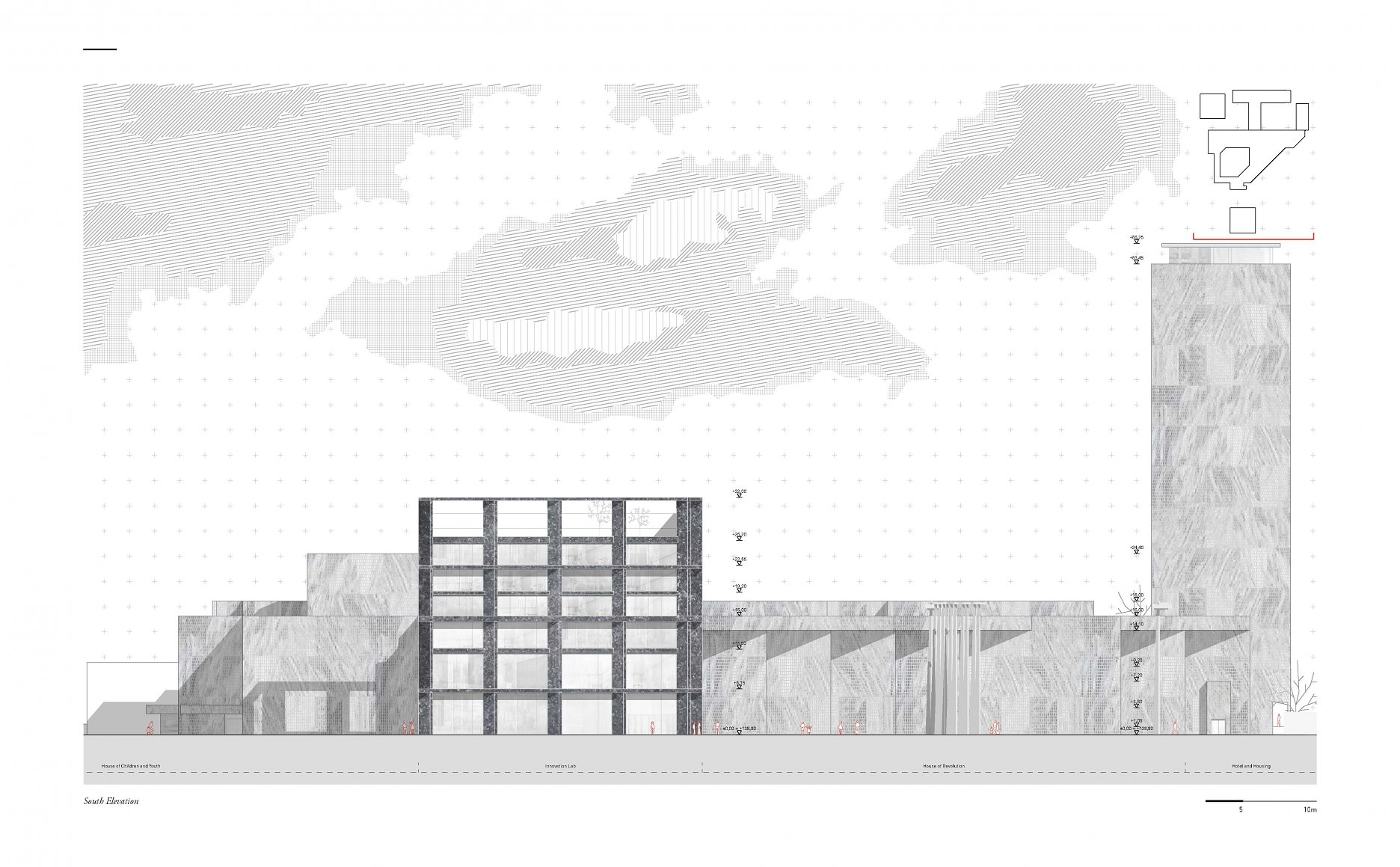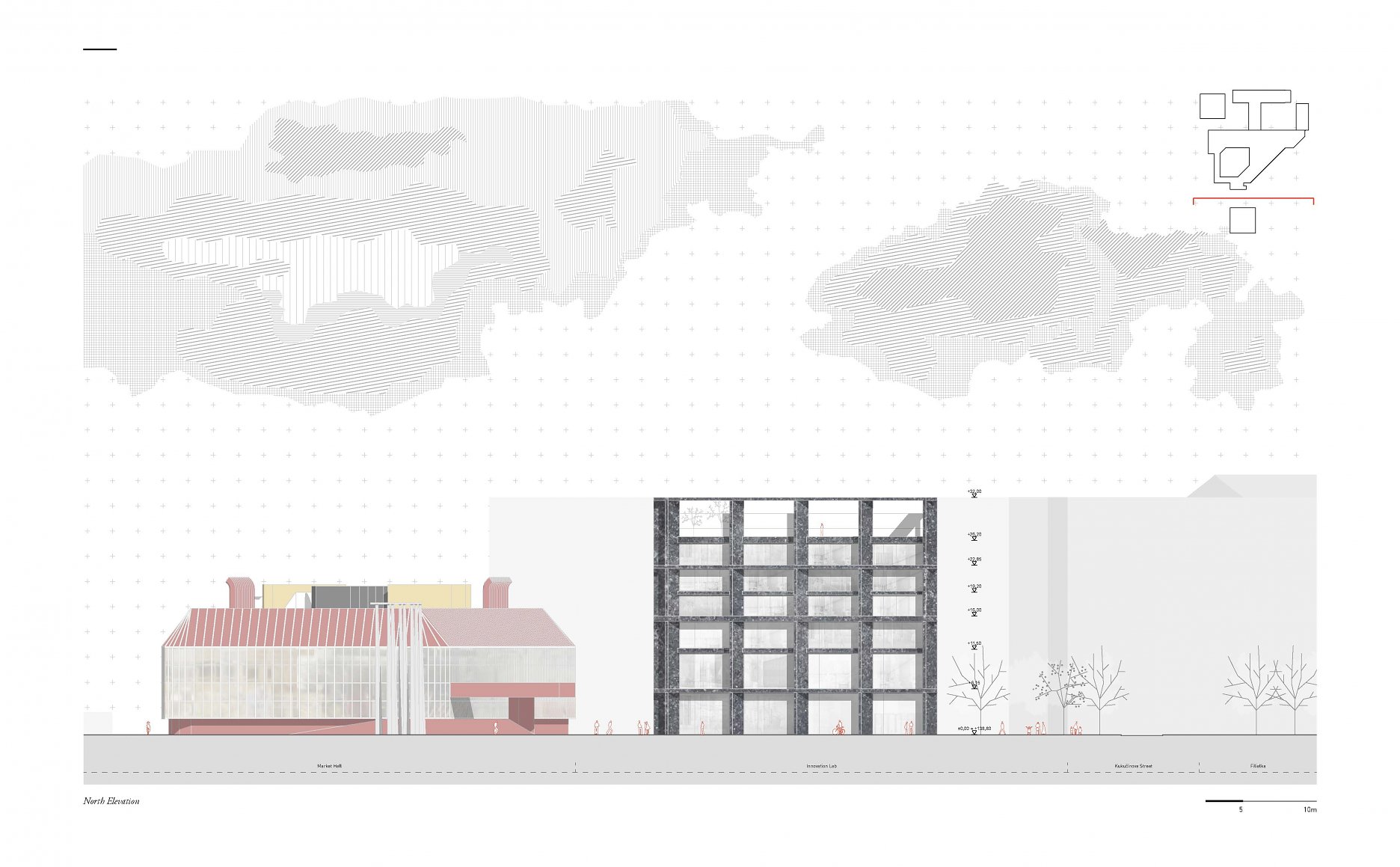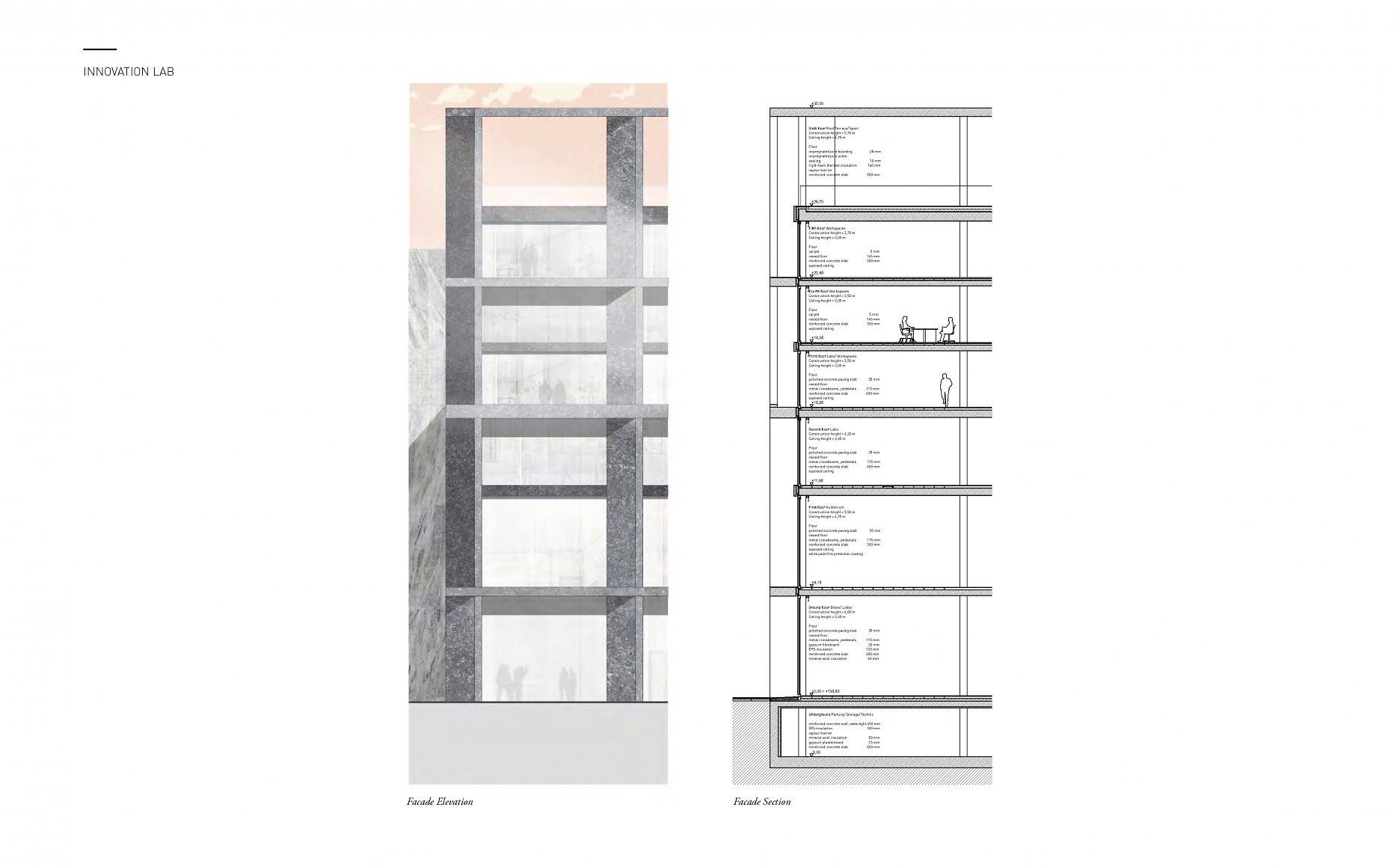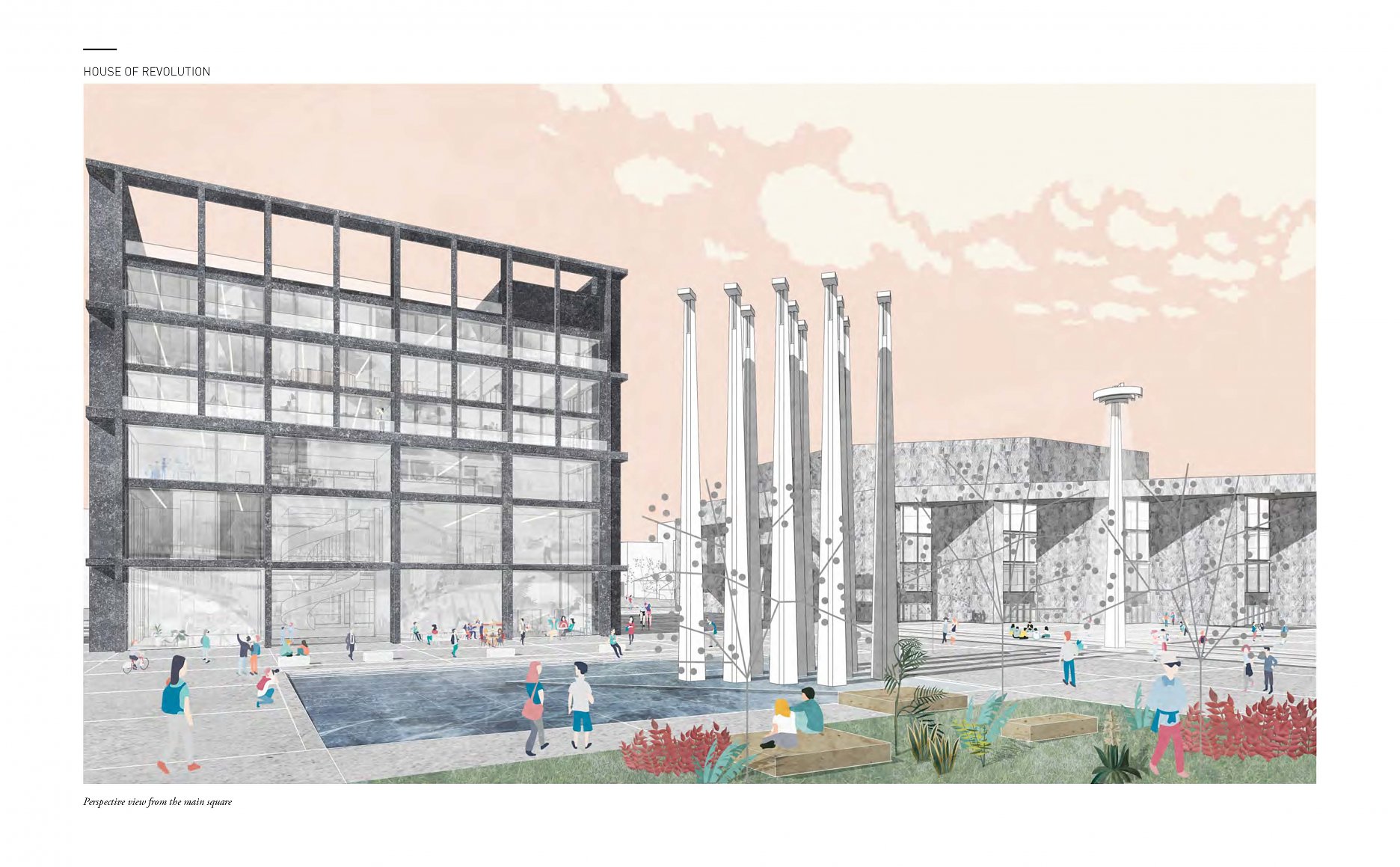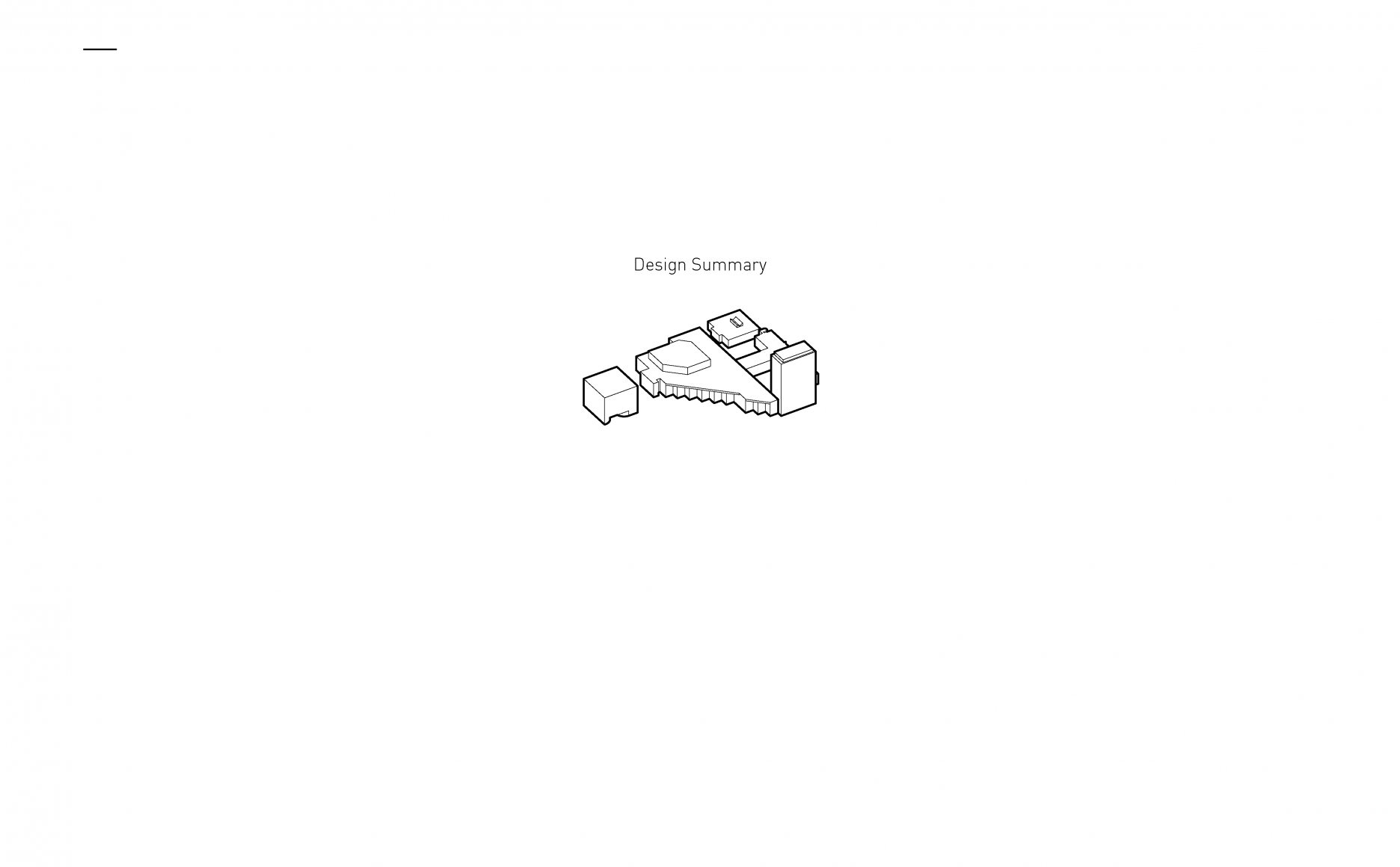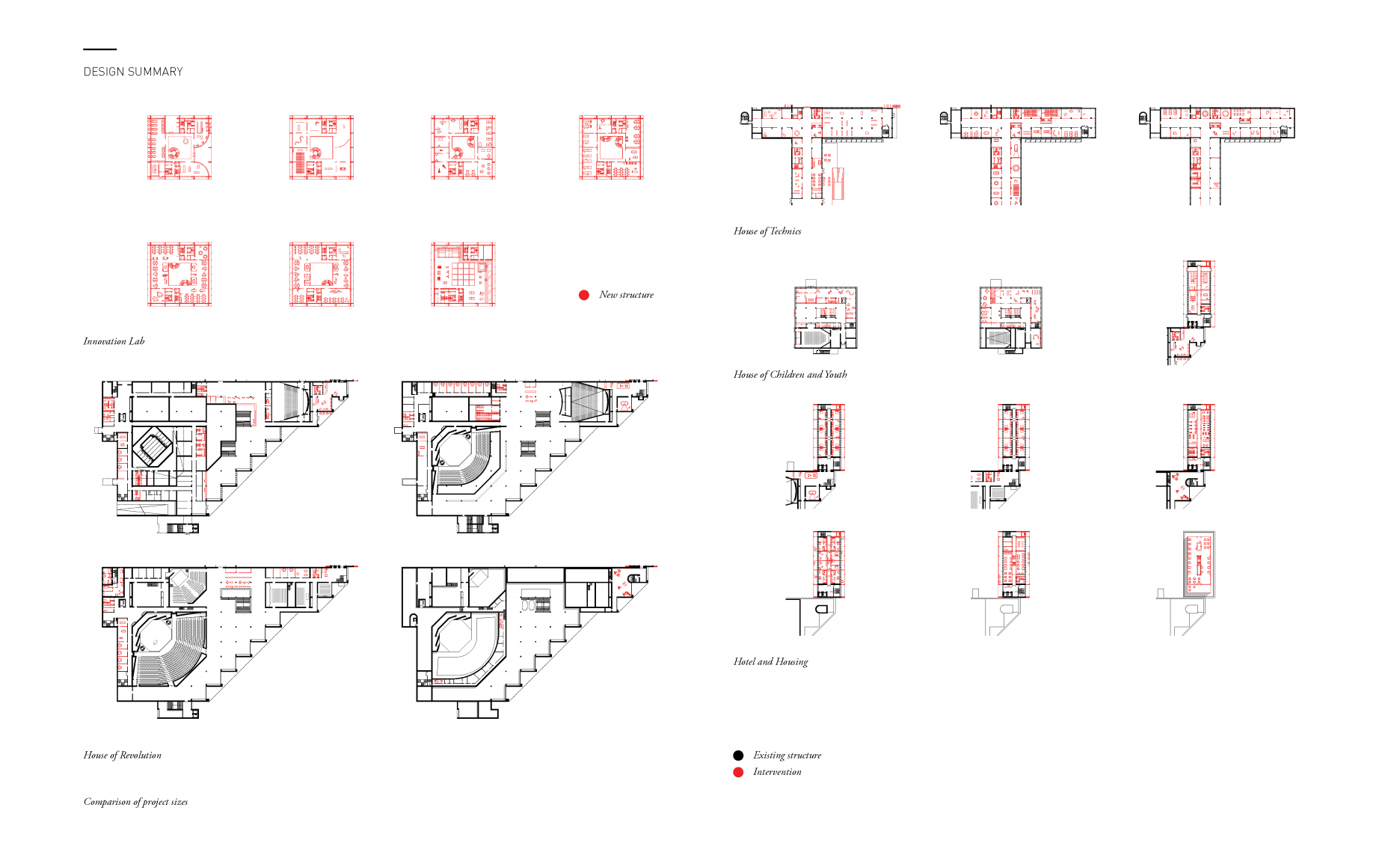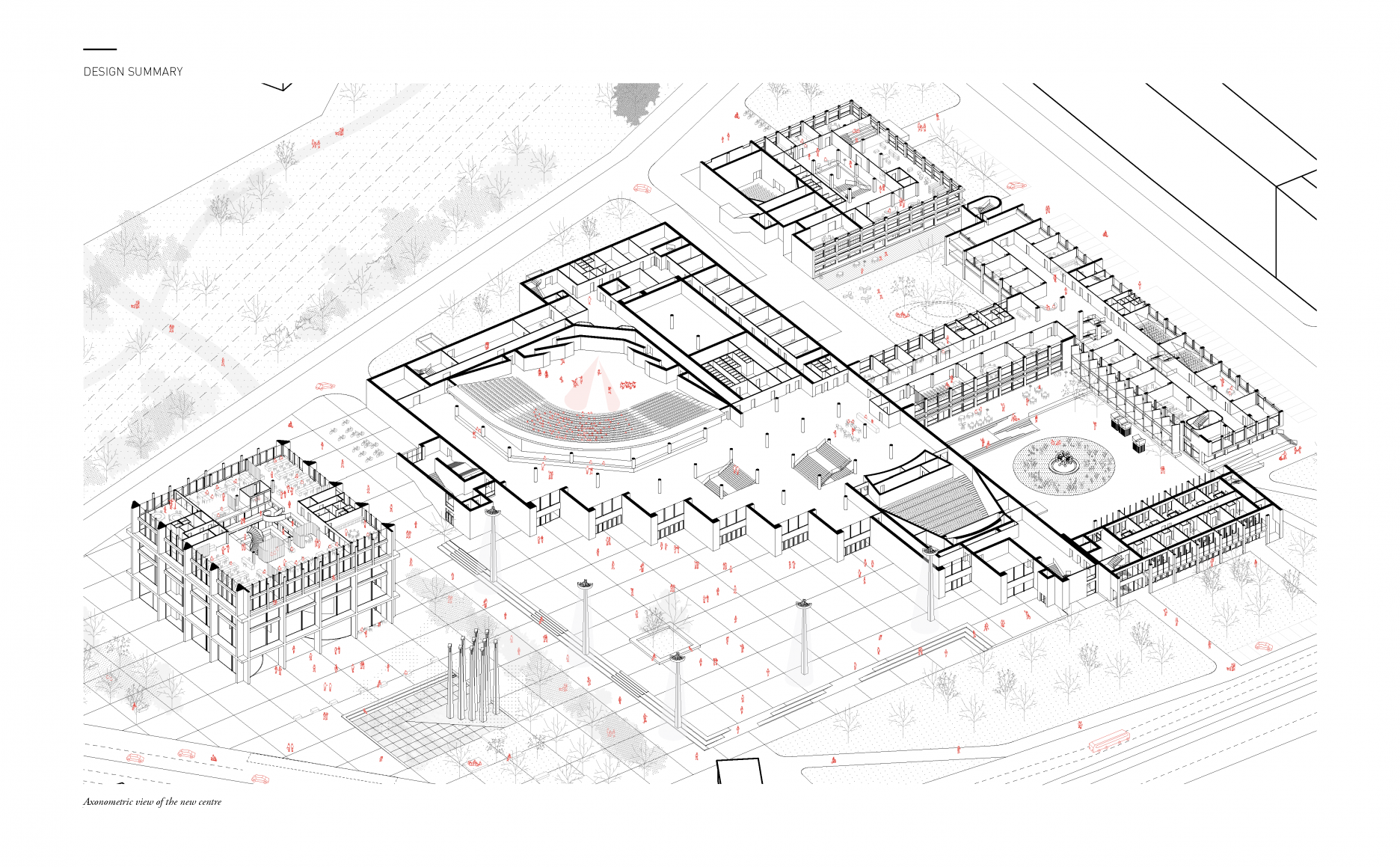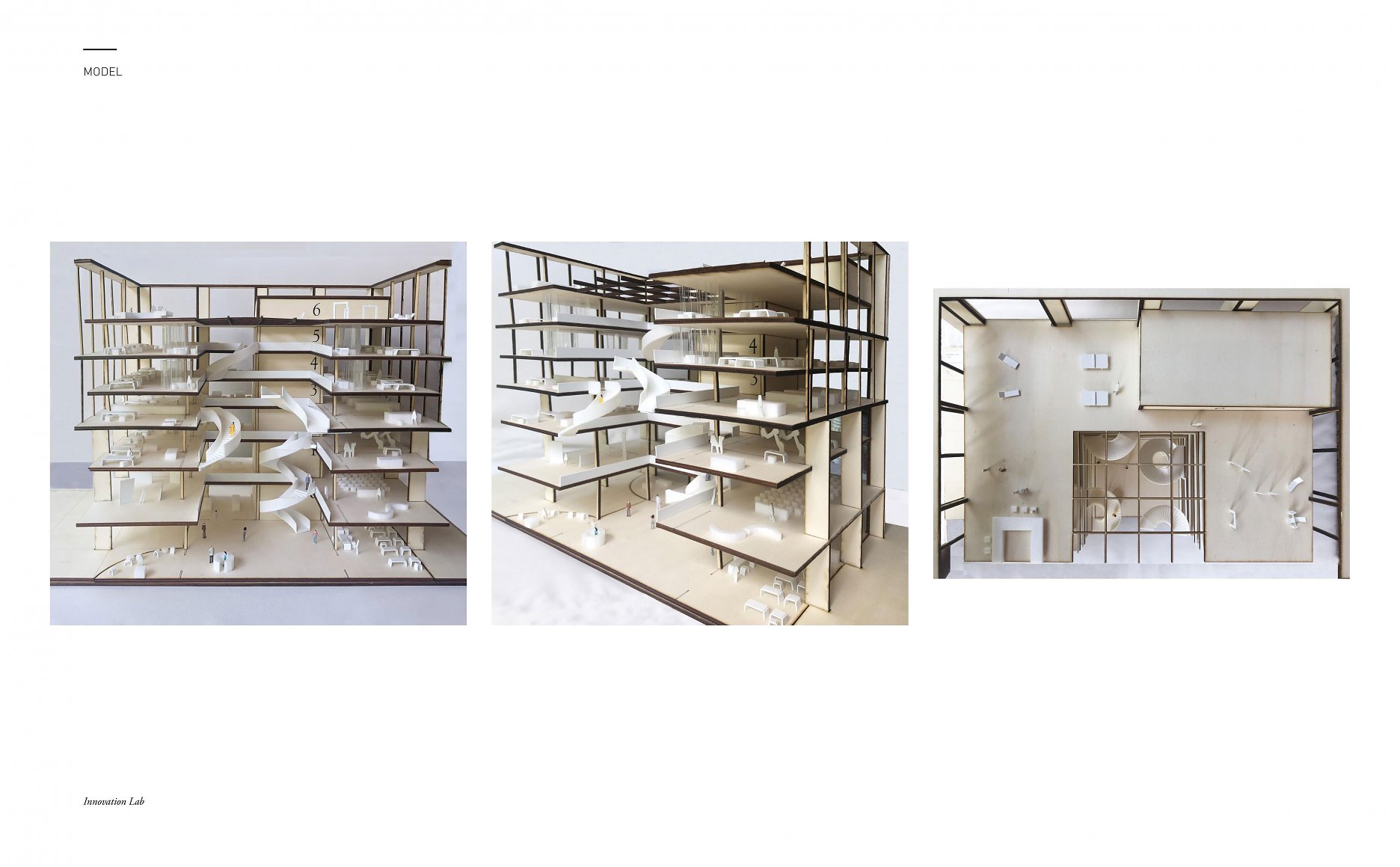Advertorial
Moderné plynové technológie: Efektivita a inovácie pre 21. storočie
Sumarizácia najdôležitejších inovácií, ktoré redefinujúcich využitie tohto energetického zdroja.
Utesňovanie spodných stavieb pomocou hydro-aktívnej fólie AMPHIBIA.
AMPHIBIA 3000 GRIP 1.3 od spoločnosti ATRO predstavuje modernú hydroizolačnú technológiu, ktorá spája vysokú odolnosť,...
Dekarbonizácia individuálneho vykurovania domácností – Green Deal evolučne a nie revolučne
Ambiciózne plány EK narazili na ekonomické možnosti domácností v jednotlivých členských štátoch –...
Minimalistické dvere IDEA – technická precíznosť a čistota prevedenia
IDEA DOOR od spoločnosti JAP prináša do interiéru čistý minimalistický vzhľad vďaka bezrámovému riešeniu a precíznej...
Schell Vitus – osvedčené riešenie pre sprchy a umývadlá vo verejnom sektore s viac ako desaťročnou tradíciou
Nástenné nadomietkové armatúry Vitus sú mimoriadne vhodné pre rýchlu a efektívnu...
Kompozitné okná predstavujú súčasnosť a budúcnosť
Okenné profily z kompozitného materiálu RAU-FIPRO X od spoločnosti Rehau sú v porovnaní s tradičnými plastovými profilmi mnohonásobne...
Myotis - stoly 2025
Najnovší sortiment stolov pre zariadenie interiérov...
Priemyselné sklenené priečky Dorsis Digero: svetelné rozhranie pre moderné interiéry
Spojenie moderného dizajnu, funkčnosti a svetla do harmonického architektonického prvku.
Význam prirodzeného svetla pre moderné a flexibilné pracovné prostredie
Kancelárska budova Baumit v slovinskom Trzine prešla premenou na moderné a udržateľné pracovisko. Architekti kládli dôraz...
Konferencia Xella Dialóg predstaví novinky a trendy v stavebníctve
Mottom šiesteho ročníku on-line konferencie odborníkov Xella Dialóg je Efektívny návrh budov 2025+: zmeny a riešenia
Murovací robot WLTR stavia svoj prvý dom na Slovensku
Robot WLTR predstavuje moderný prístup k murovaným konštrukciám. Vďaka automatizácii dokáže rýchlo, presne a bezpečne realizovať...
Nová éra bezpečnosti s I-tec Secure od Internorm
Okrem bezpečnosti majú okná aj elegantný vzhľad, pretože nie sú viditeľné žiadne uzamykacie časti kovania.
Skryté zárubne JAP – intenzívny zážitok z bývania
Dvere MASTER v skrytej zárubni AKTIVE je možné vyrobiť až do výšky 3 700 mm
Tienenie namiesto klimatizácie
Internorm stavia na energetickú efektívnosť a inteligentné tieniace riešenia.
BigMat International Architecture Award 2025 - vybrané diela
Slovensko vo výbere zastupuje šesť realizácií.
(Re)thinking Architecture. Late Modern Palace of Culture - diplomová práca
Prácu, ktorá vznikla na Fakulte architektúry a územného plánovania TU Wien, prezentujeme v zredukovanej forme. Kompletný elborát, vrátane rozsiahlej analytickej časti a stavebných detailov nájdete na tomto odkaze (ISSUU).
Výsledok svedčí nielen o schopnostiach mladej kolegyne. Je tiež významným príspevkom do aktuálnej horúcej diskusie na tému Trnavské mýto a Istropolis. Prácu prinášame v pôvodnom znení v Angličtine. Výborný didaktický materiál, ktorý približuje dôležitosť lokality v štruktúre mesta, v prítomných kultúrnych vrstvách i v jeho rozvojovom potenciáli ako významnom mestotvornom uzle tvoriacom neoddeliteľnú súčasť obrazu mesta.
Abstract:
Countries of the former Eastern Block are still very much characterized by the remaining buildings of the past regime. As these buildings often have both a representative function and attractive location, in some cases situated right by the city centre, a discussion is being opened nowadays about their future, how to preserve, transform or adapt them to the needs of a modern city in the 21st century.
The Trade Union House in Bratislava, formerly called Palace of Culture, belongs to the iconic works of modern architecture of the 20th century. Yet the building’s potential of becoming a congress and cultural centre, thanks to its generous scale, is still greatly underrated by the city. In the context of Bratislava, it represents a unique public place with rich history and great cultural value. Its message for next generations lies not only in great architecture but also captures various social events of the late 20th century that took place here. By destroying this work an important historical period and essential part of the city’s identity would be erased as well. As of today it is still questionable what will happen with this building in the long run, however, an open discussion should take place in order to ensure the right decision was made.
This thesis aims to demonstrate a revitalization of the abandoned Palace of Culture and turn it into an inhabited monument adapted to the current needs of a city it is located in. Furthermore, it intends to point out that even in non-democratic conditions it was possible to create exceptional architecture and overcome ideological limitations. The thesis establishes a revival of this topic by focusing on its importance and meaning in today’s cultural settings. For the older generation the complex serves as a reminder of events taking place during the former regime, for the current generation it becomes a place to celebrate the new era.
The project approach is influenced by the location of the Palace of Culture, its historical background, strong local presence, scale and former function. It was important to work the new program into the existing structures while maintaining certain balance.
The design proposal deals with the building ensemble and displays the spatial relations and synergy between the new and the old. The aim was to open it not only for the tenants but the locals and people visiting the city as well. Another goal was to activate a public space, incorporate it into an urban area of the city and make it an active part of urban life.
The designed interventions will fulfil the potential of the area and create a functional and accessible city space. Above all, the vision of the area and buildings left to decay is to renew their role as a part of the city’s identity.
Kompletná diplomová práca vo formáte ISSUU:
Podklady: Barbora Tóthová




